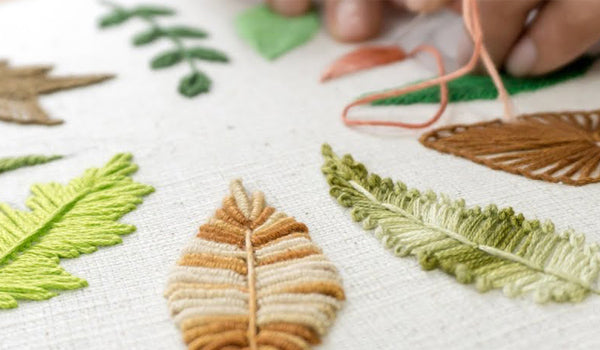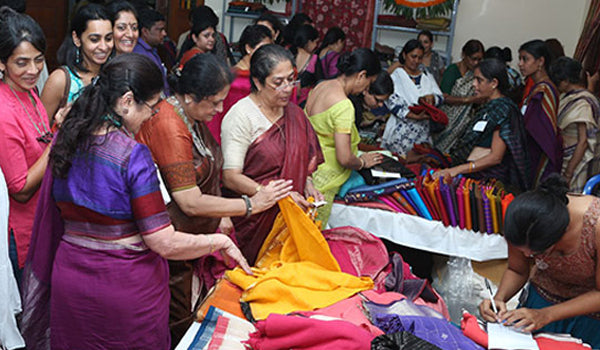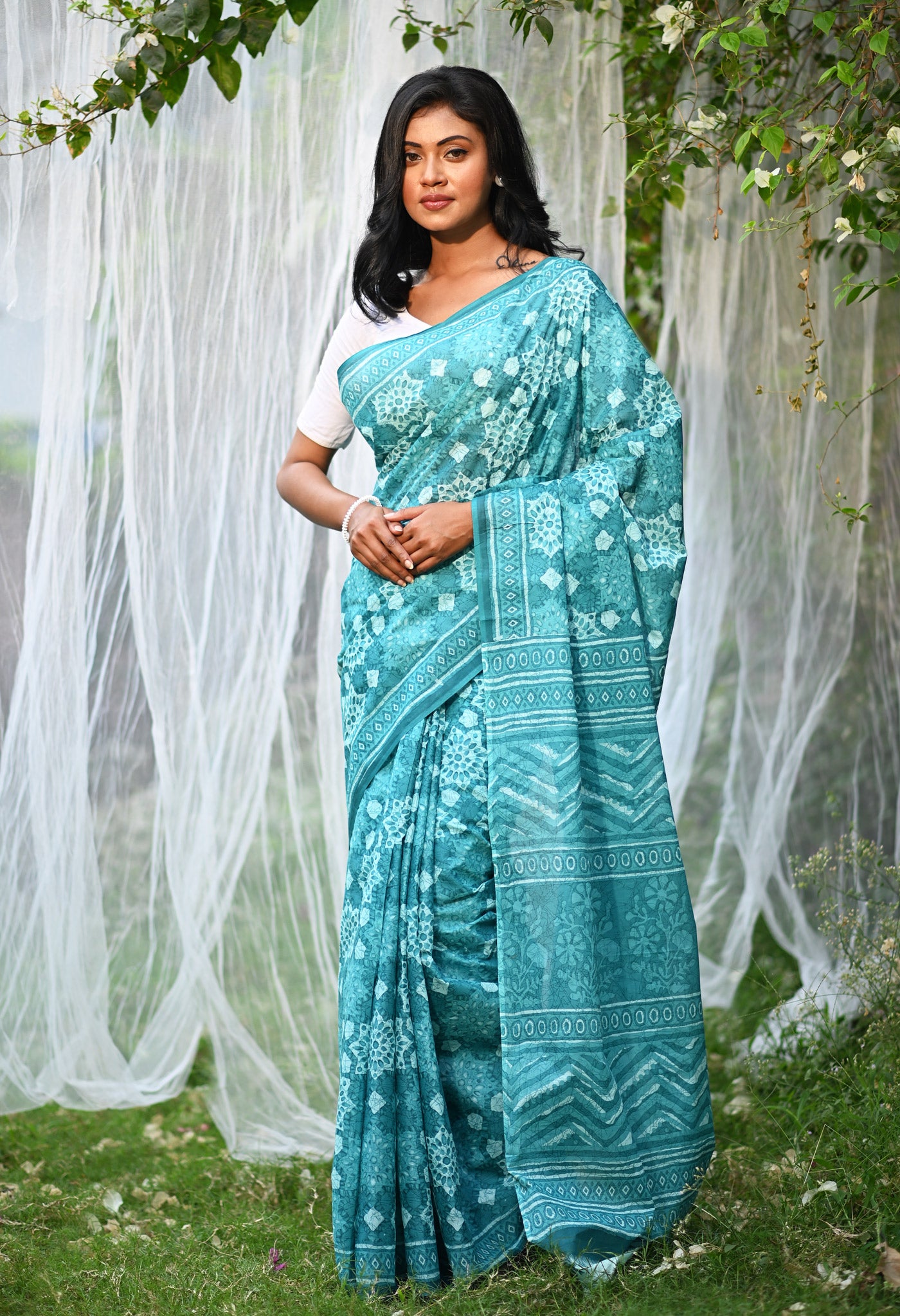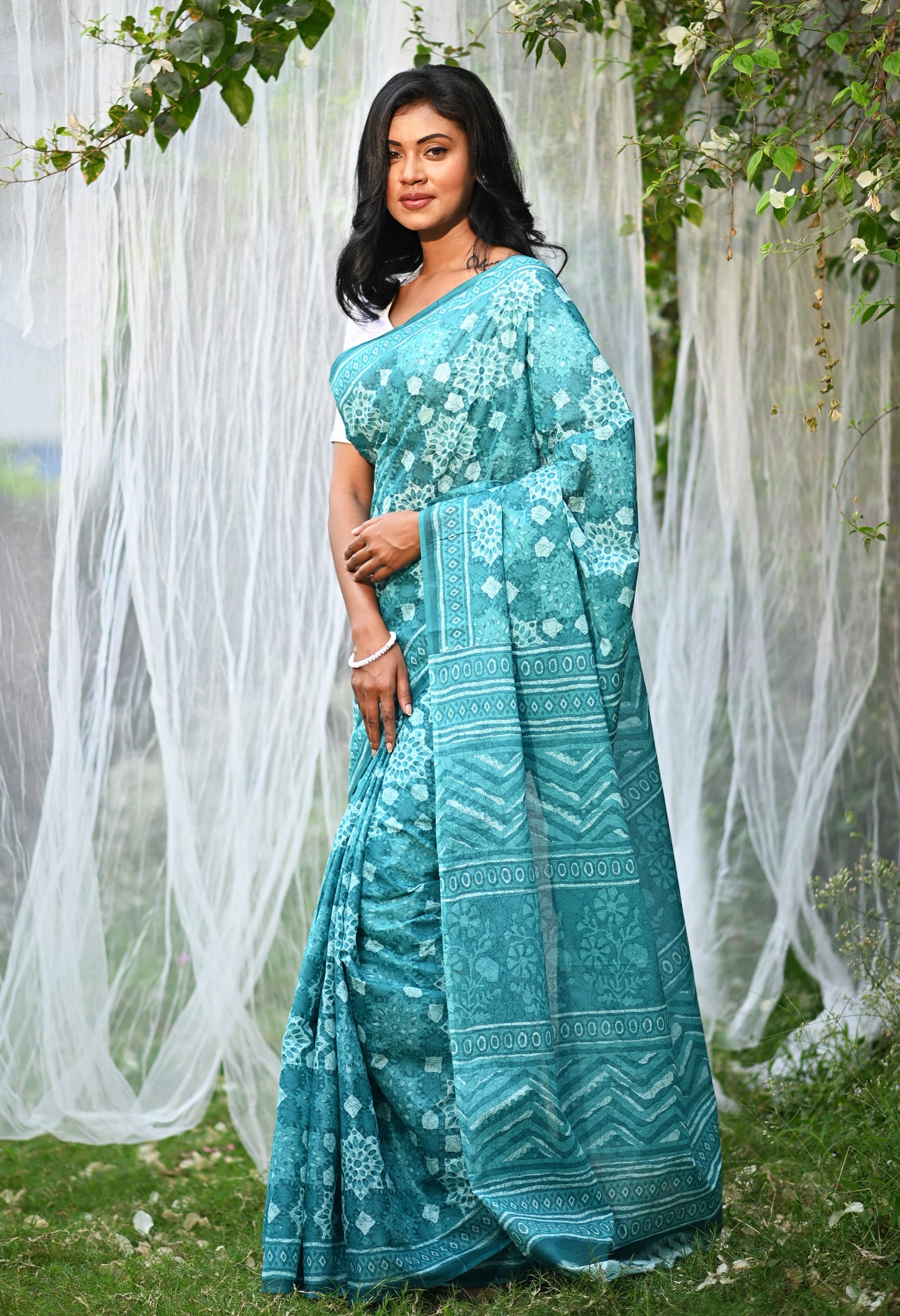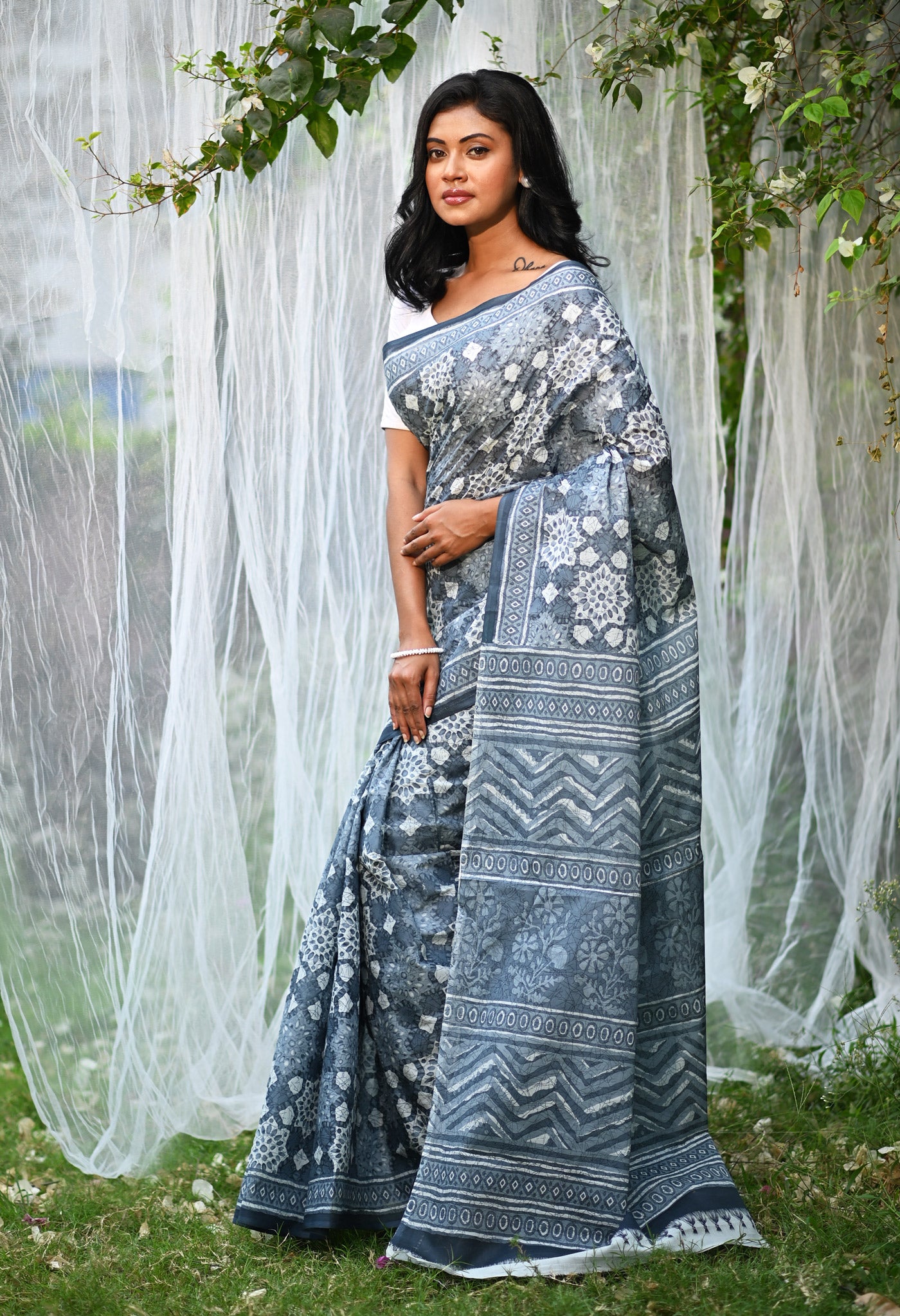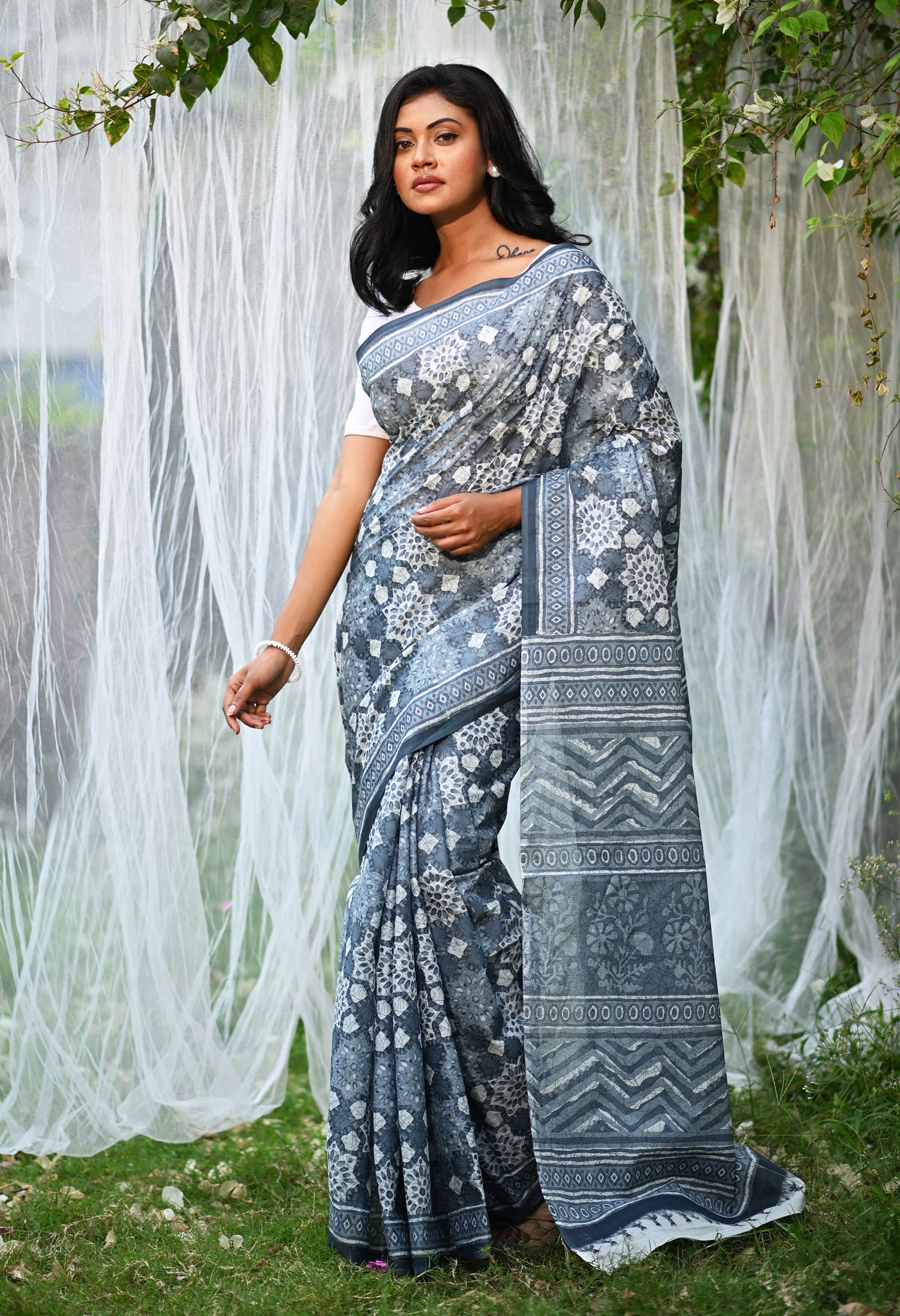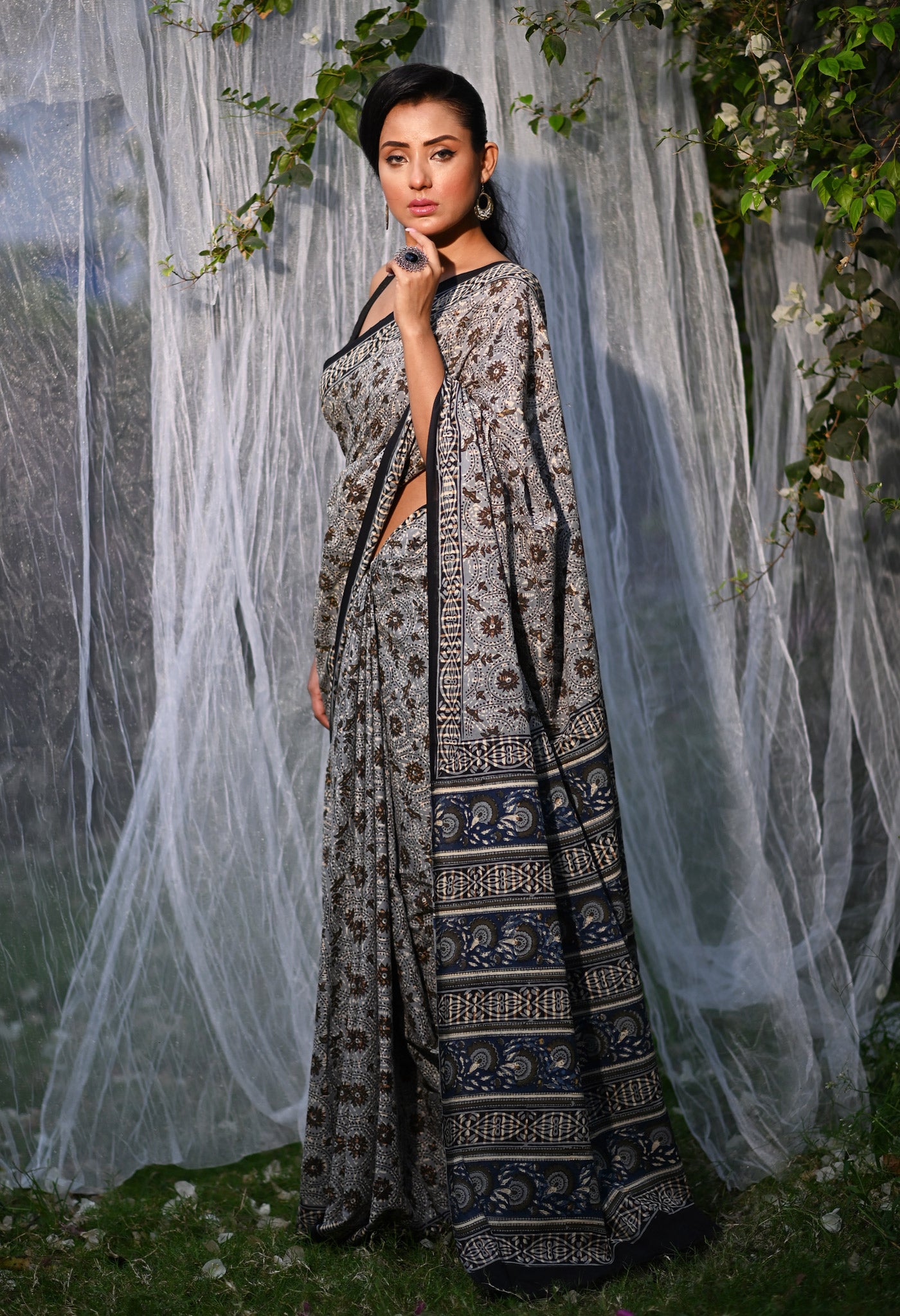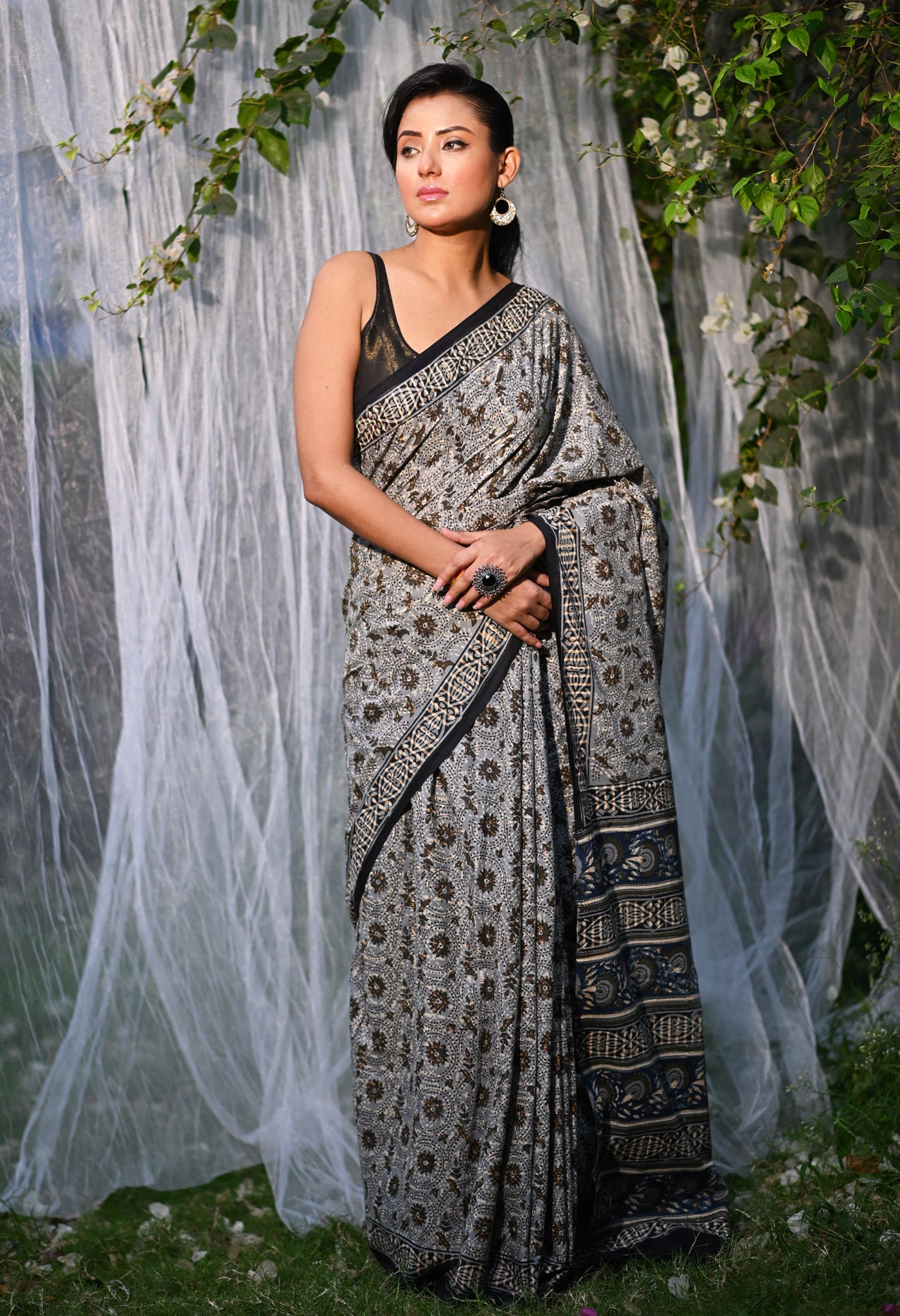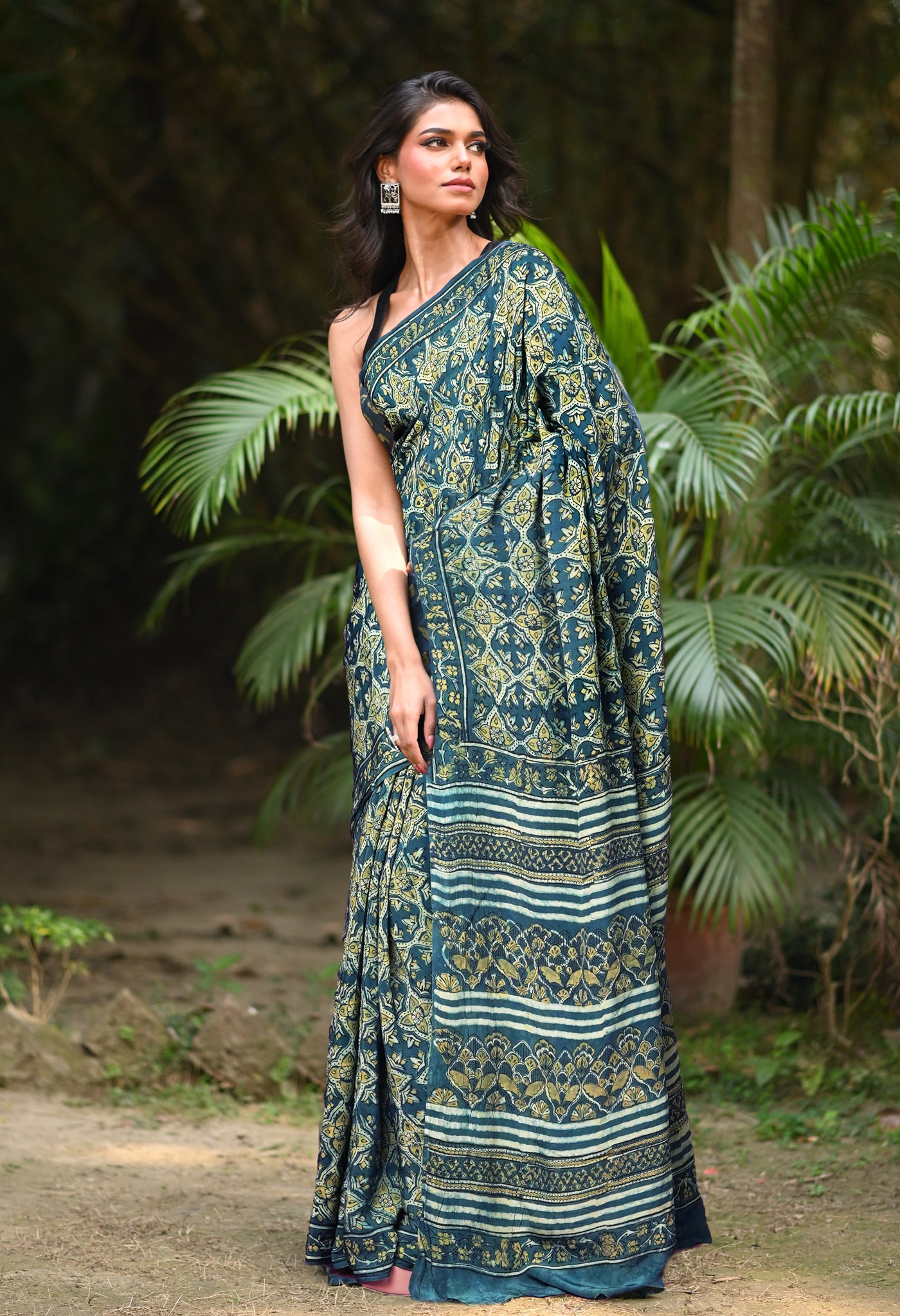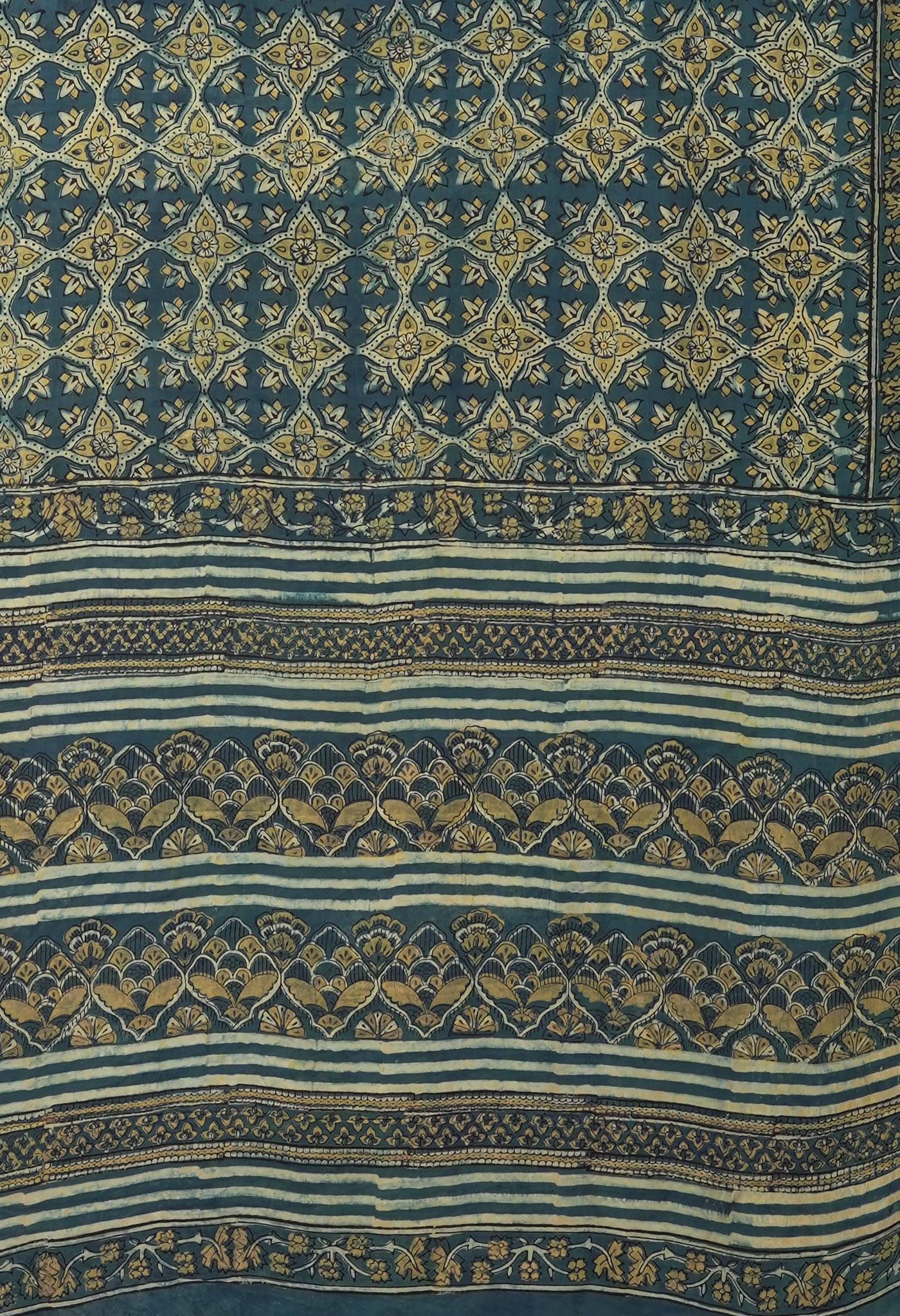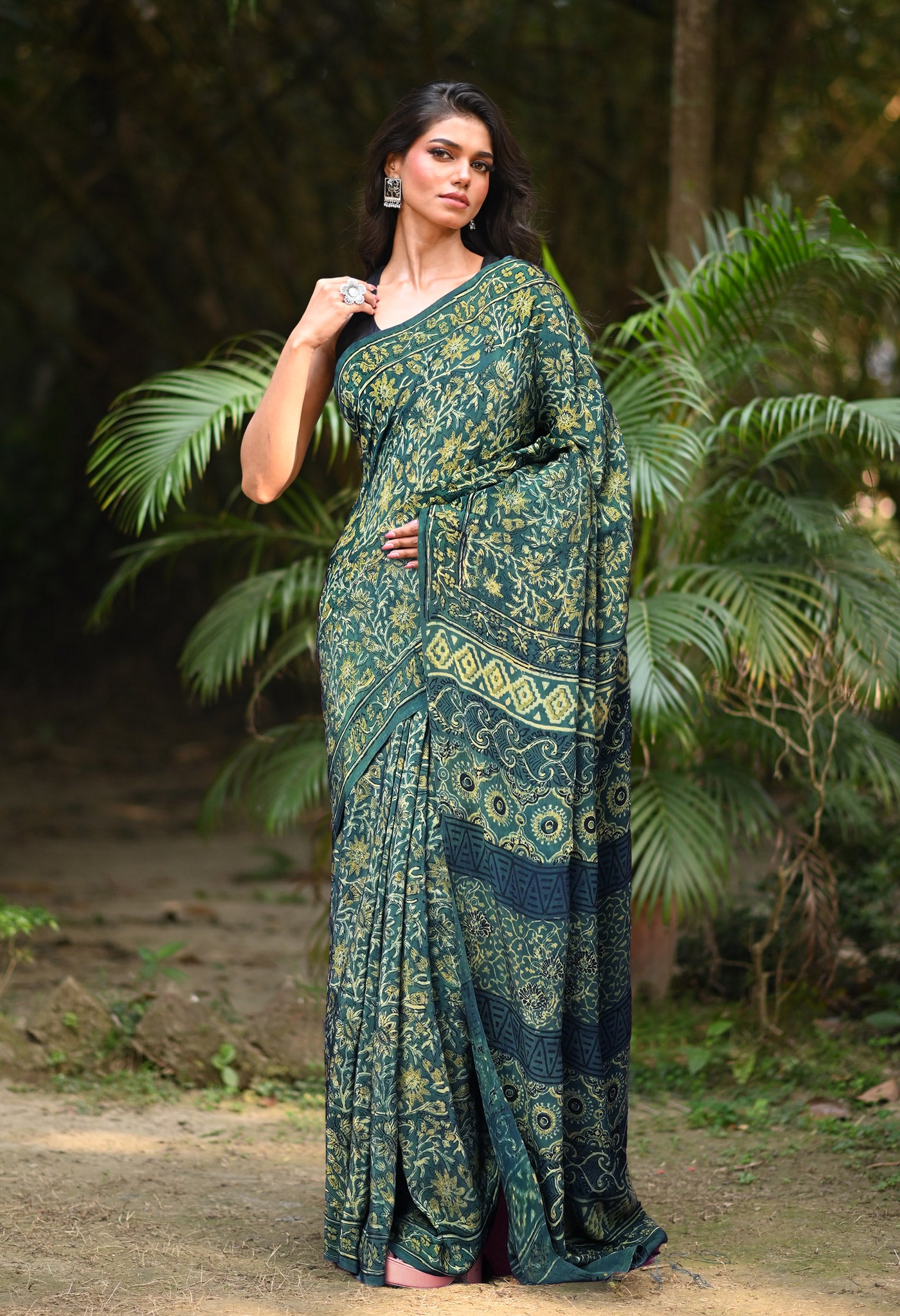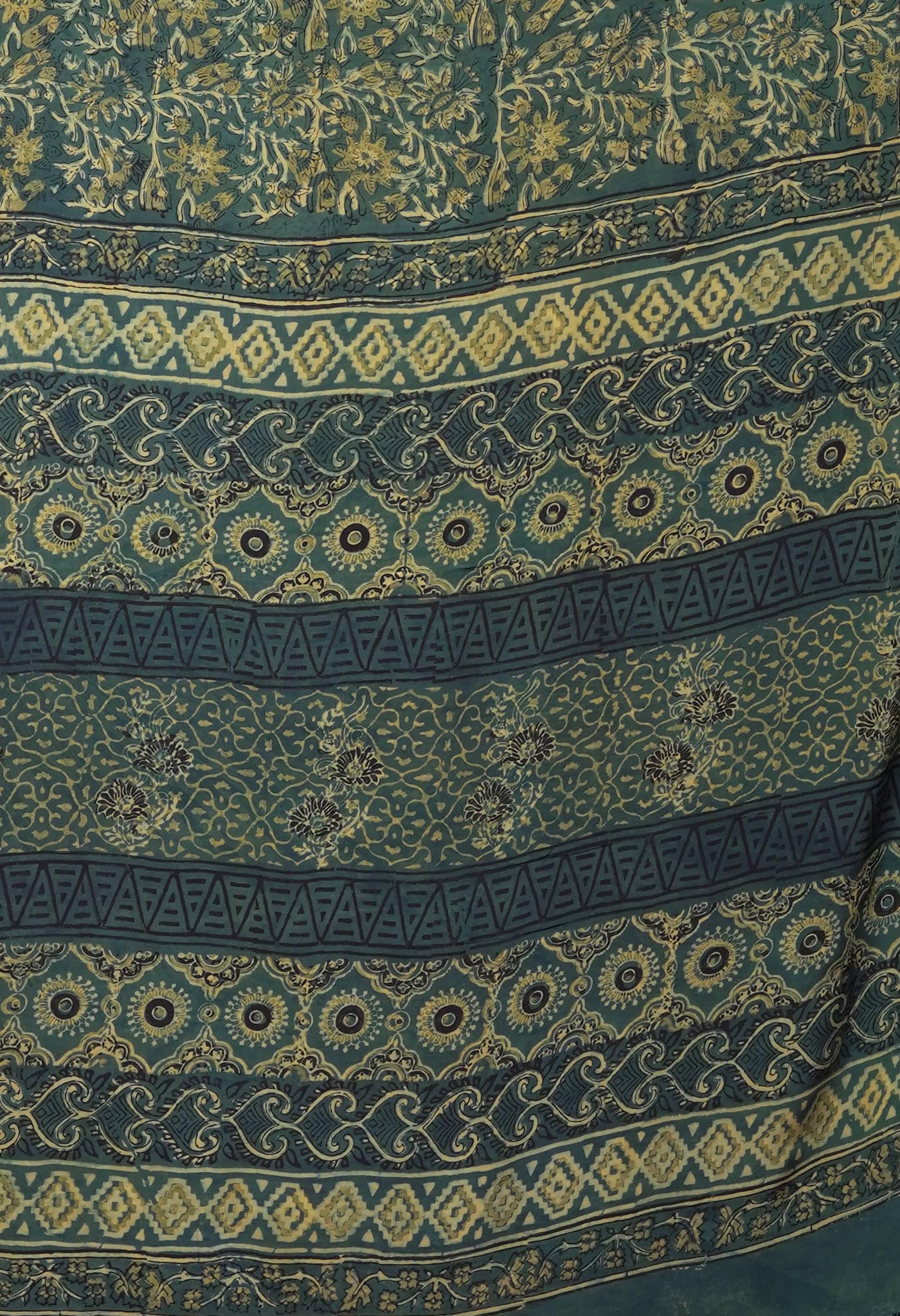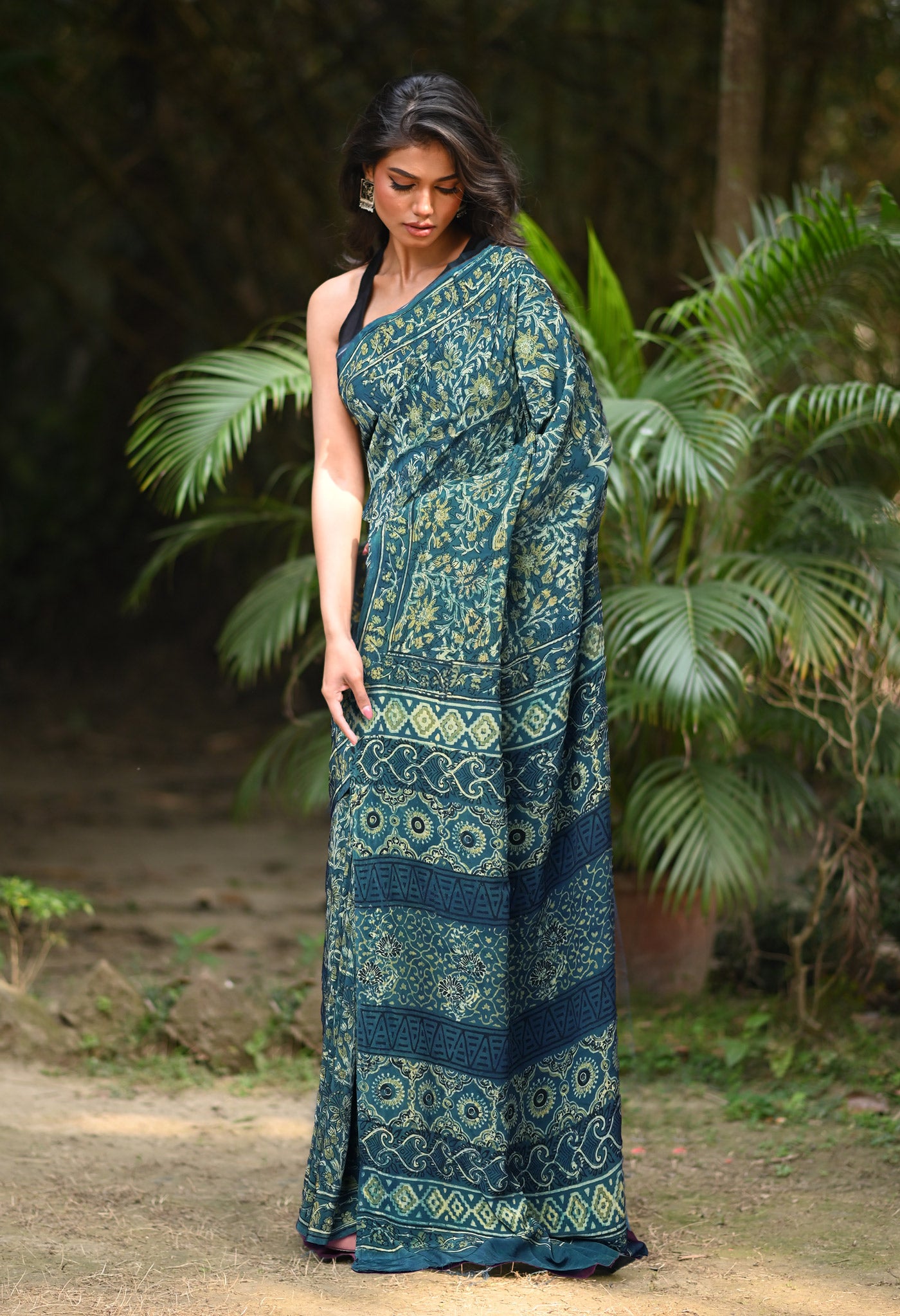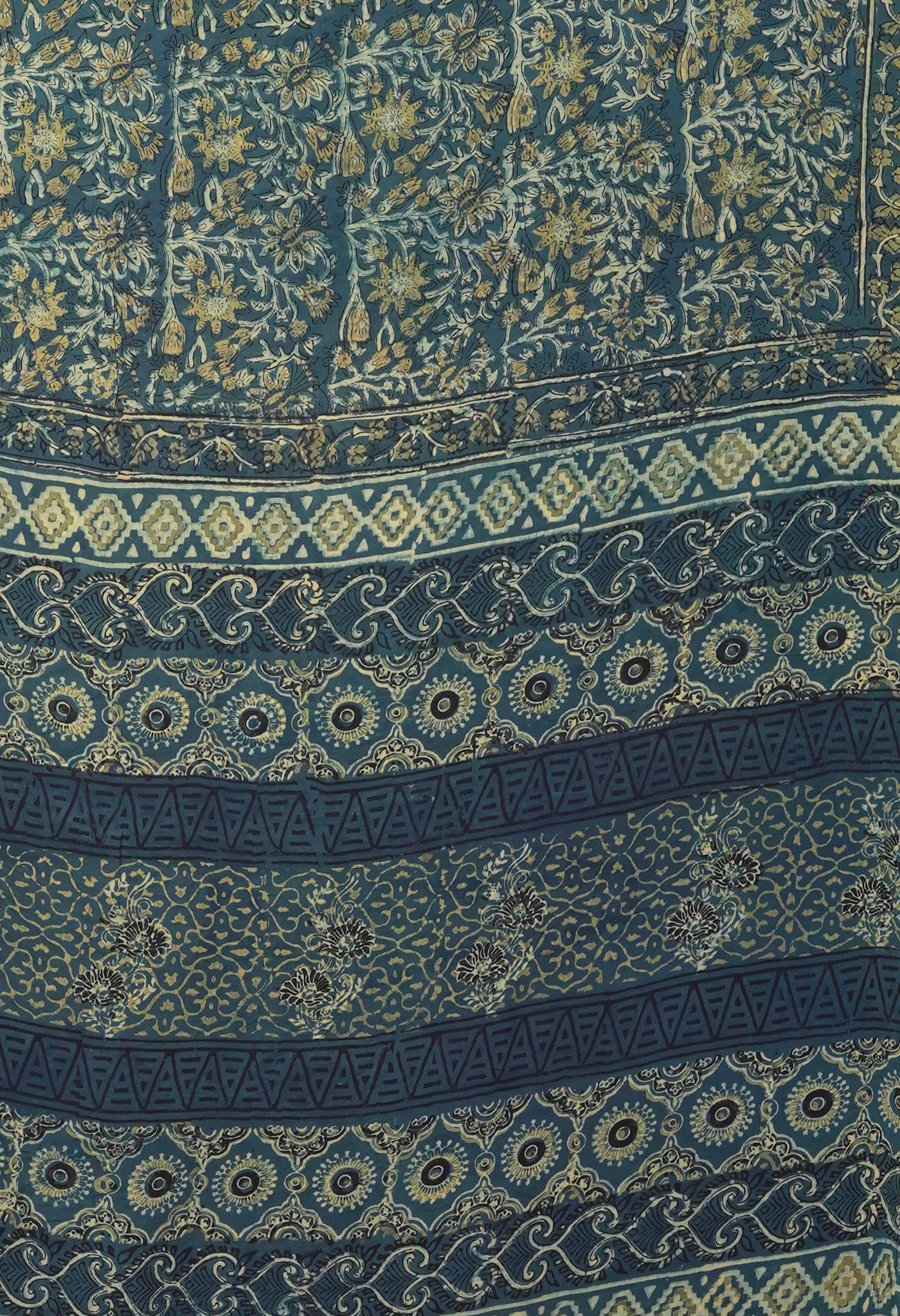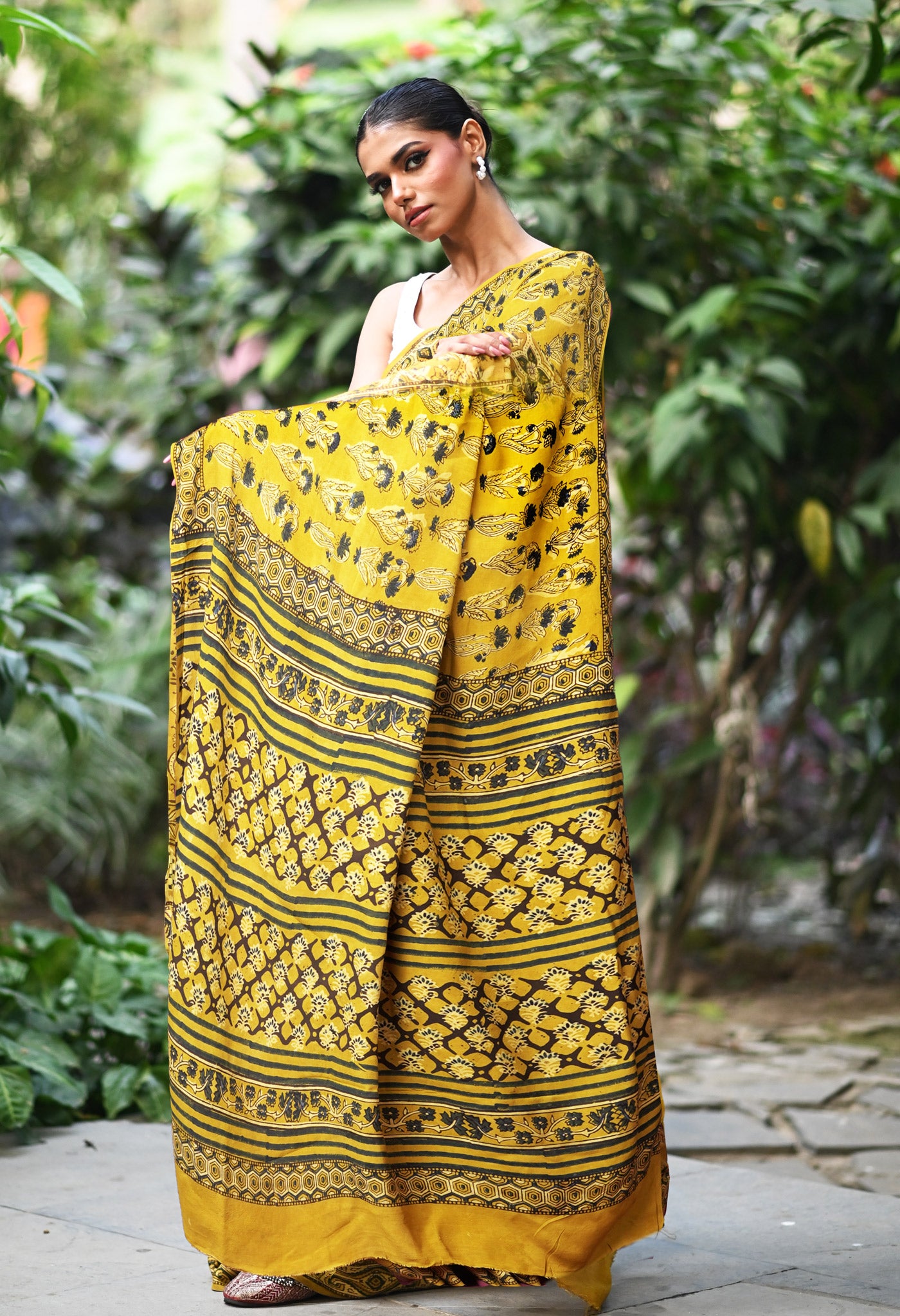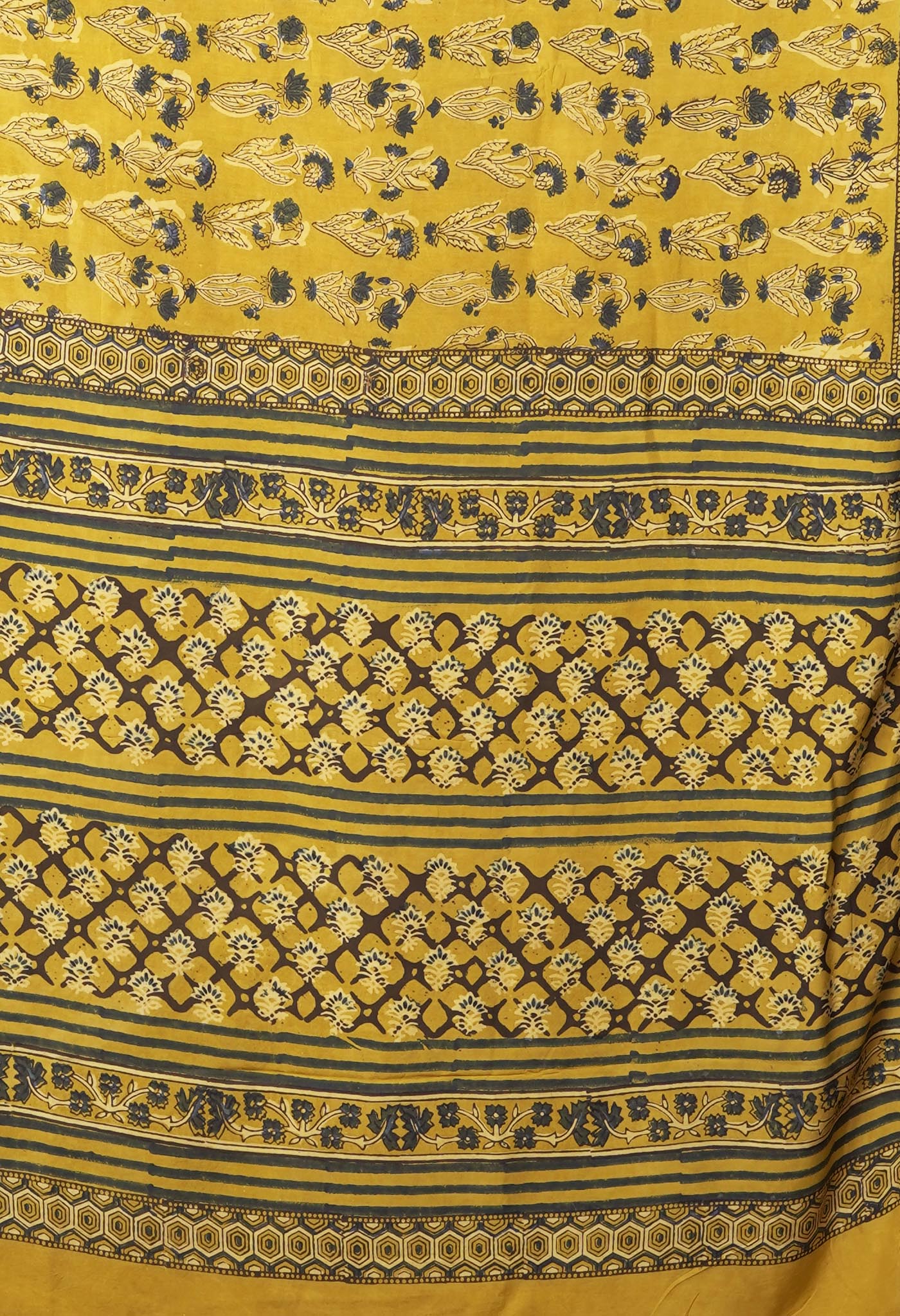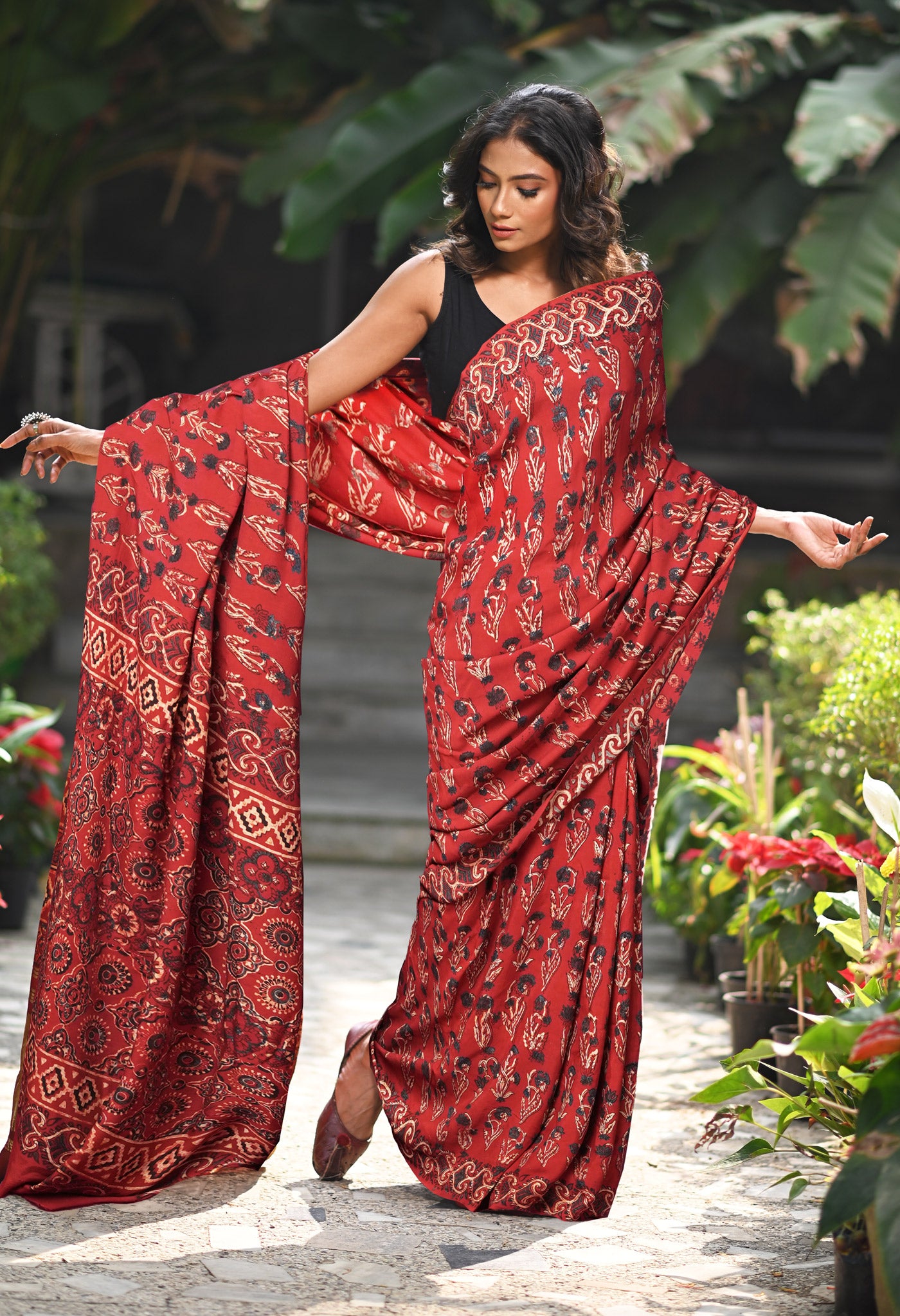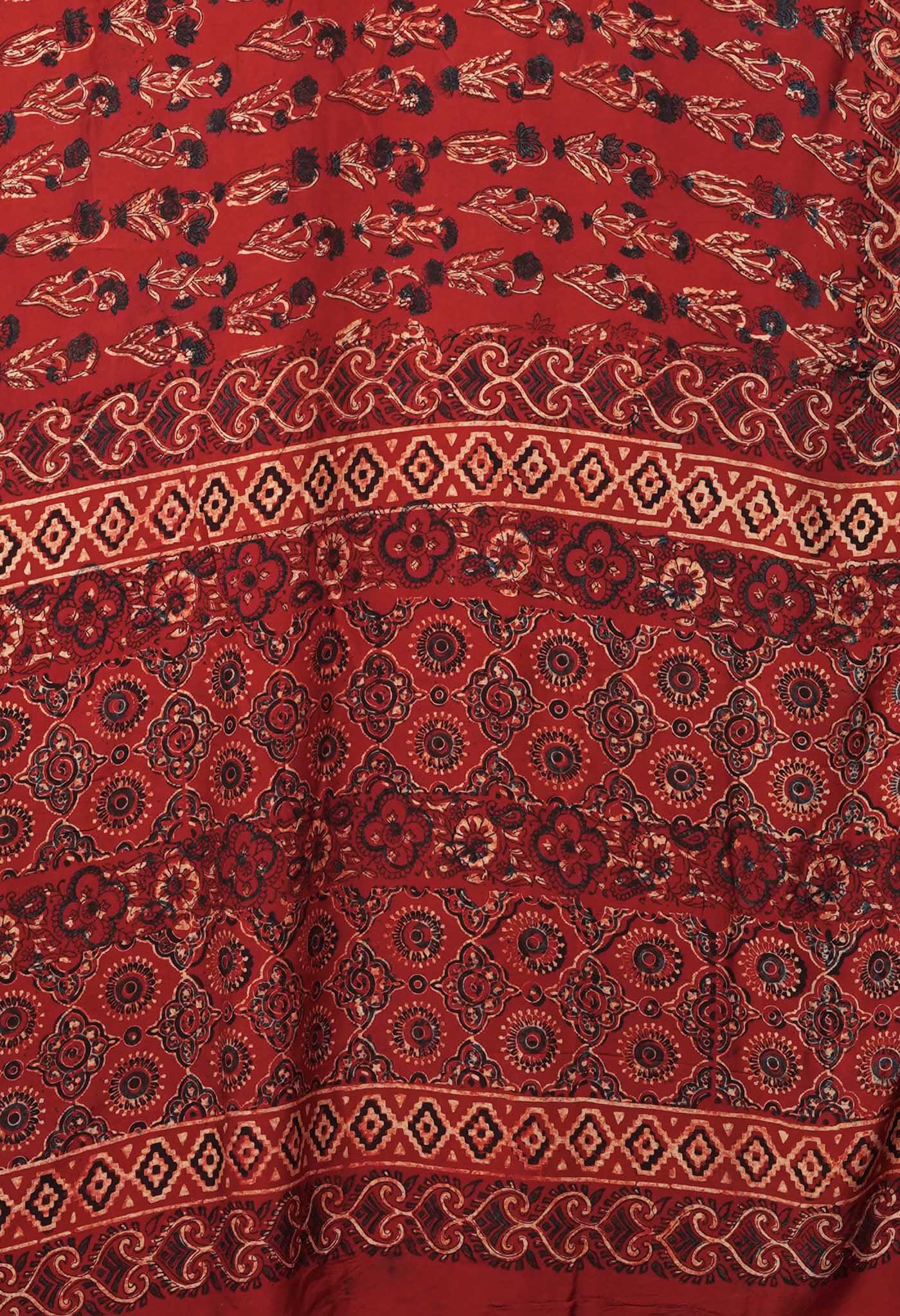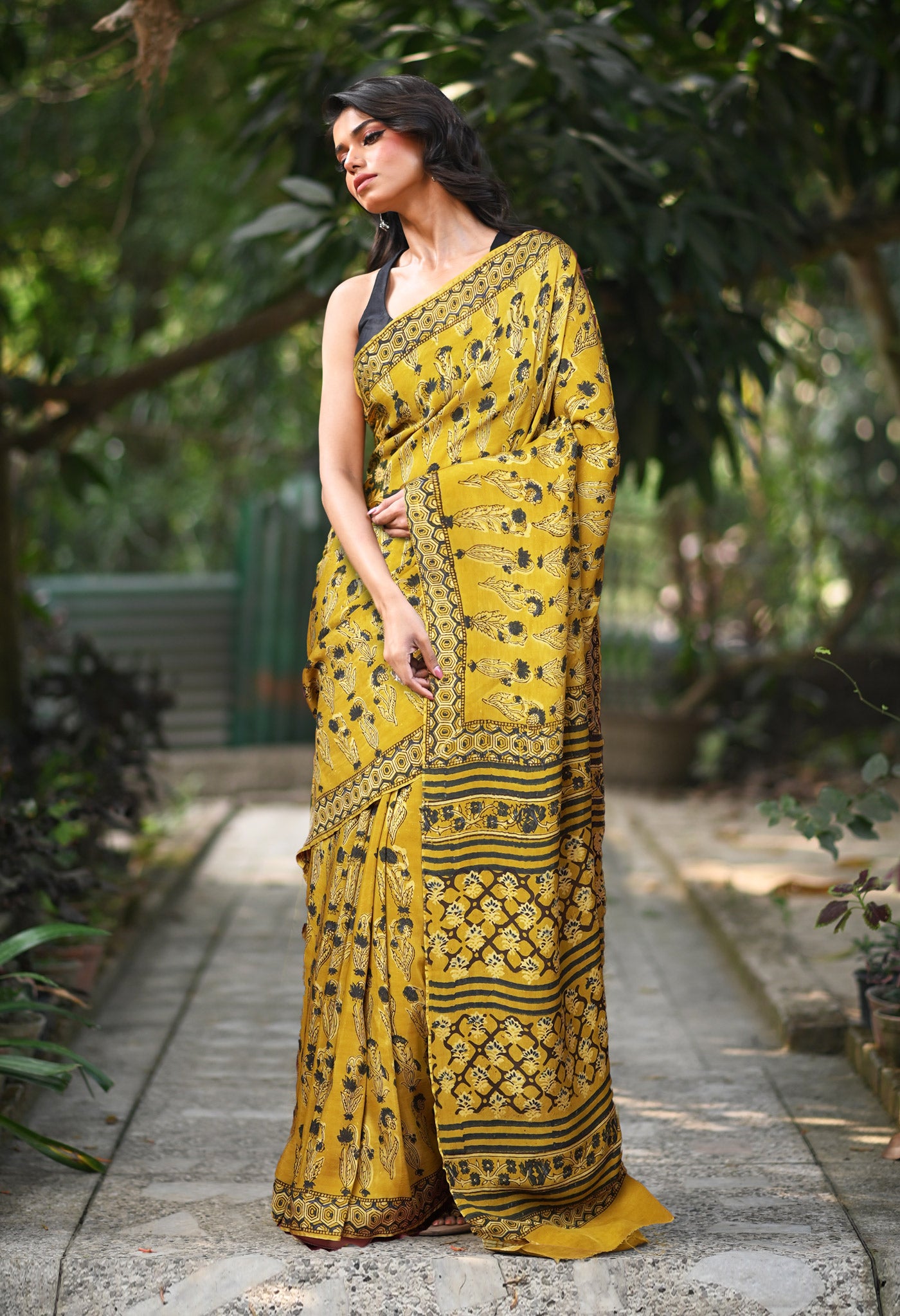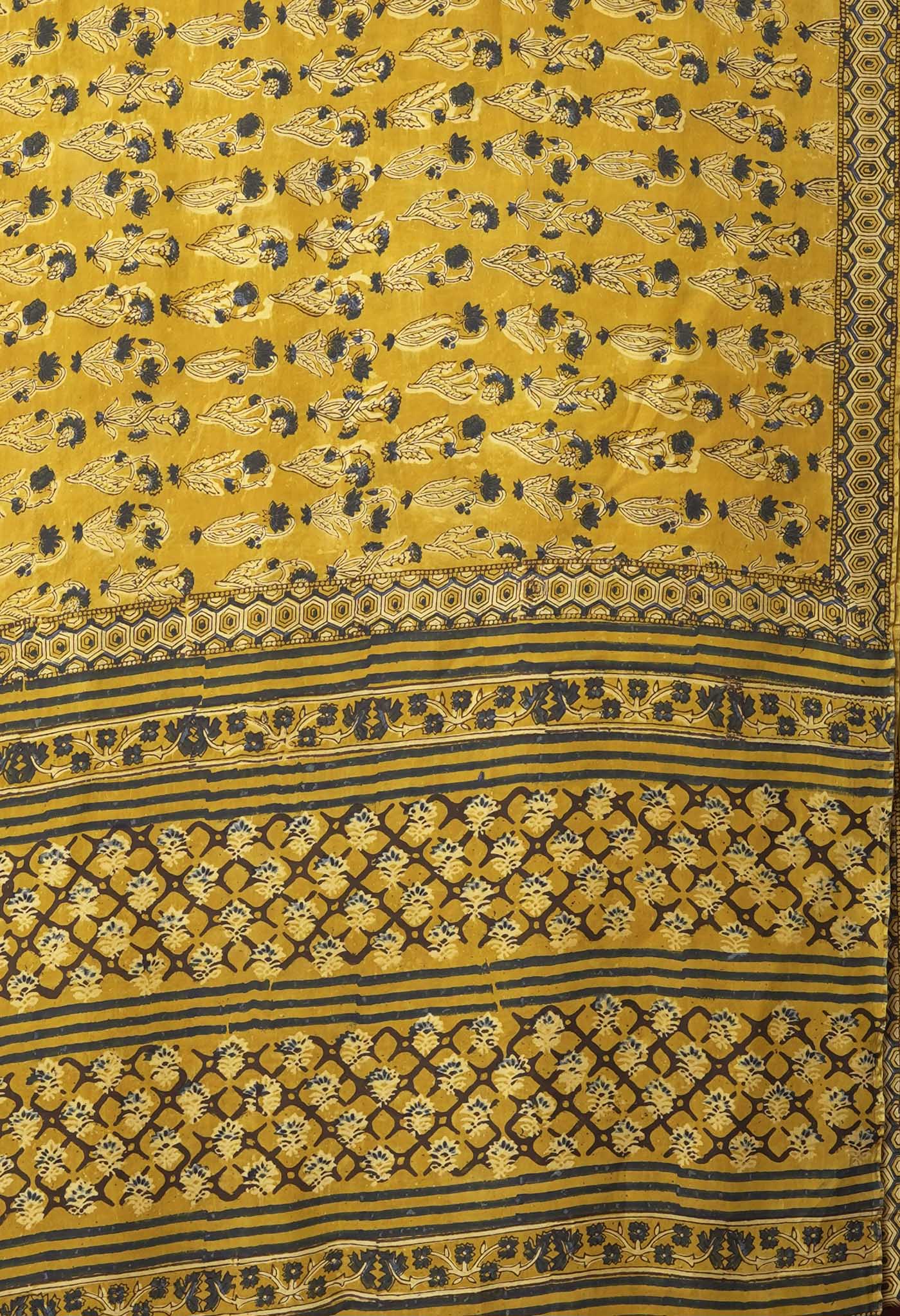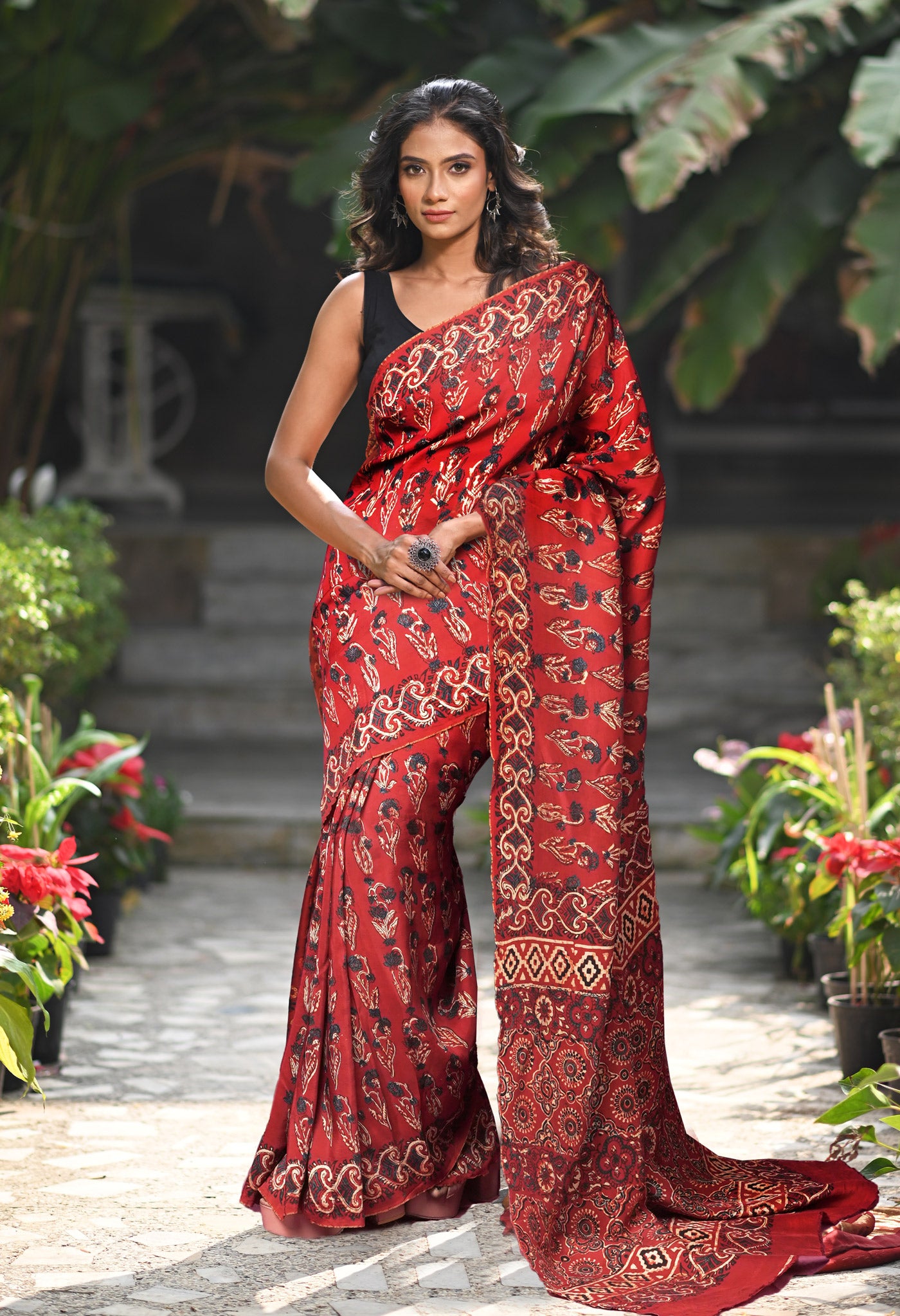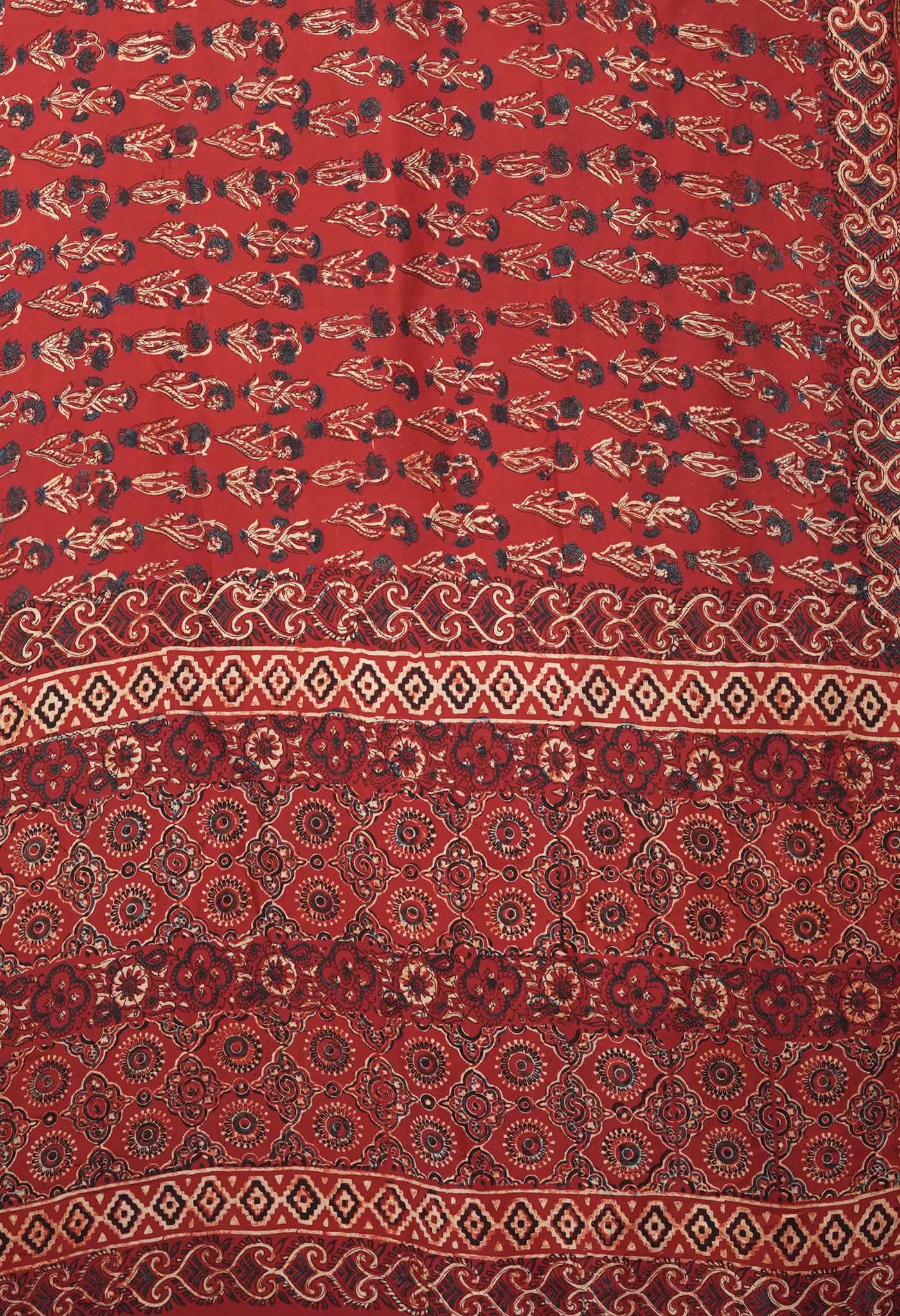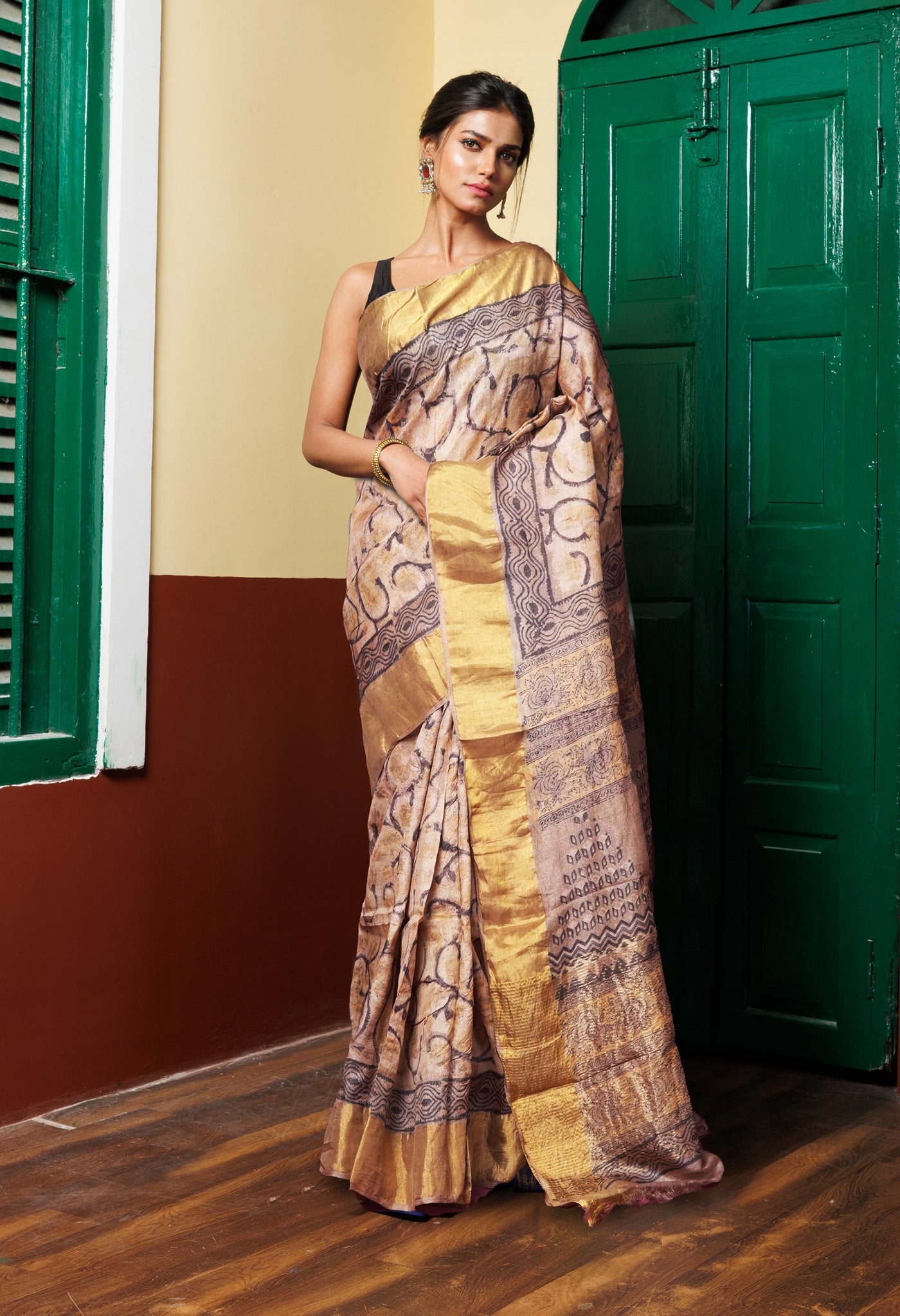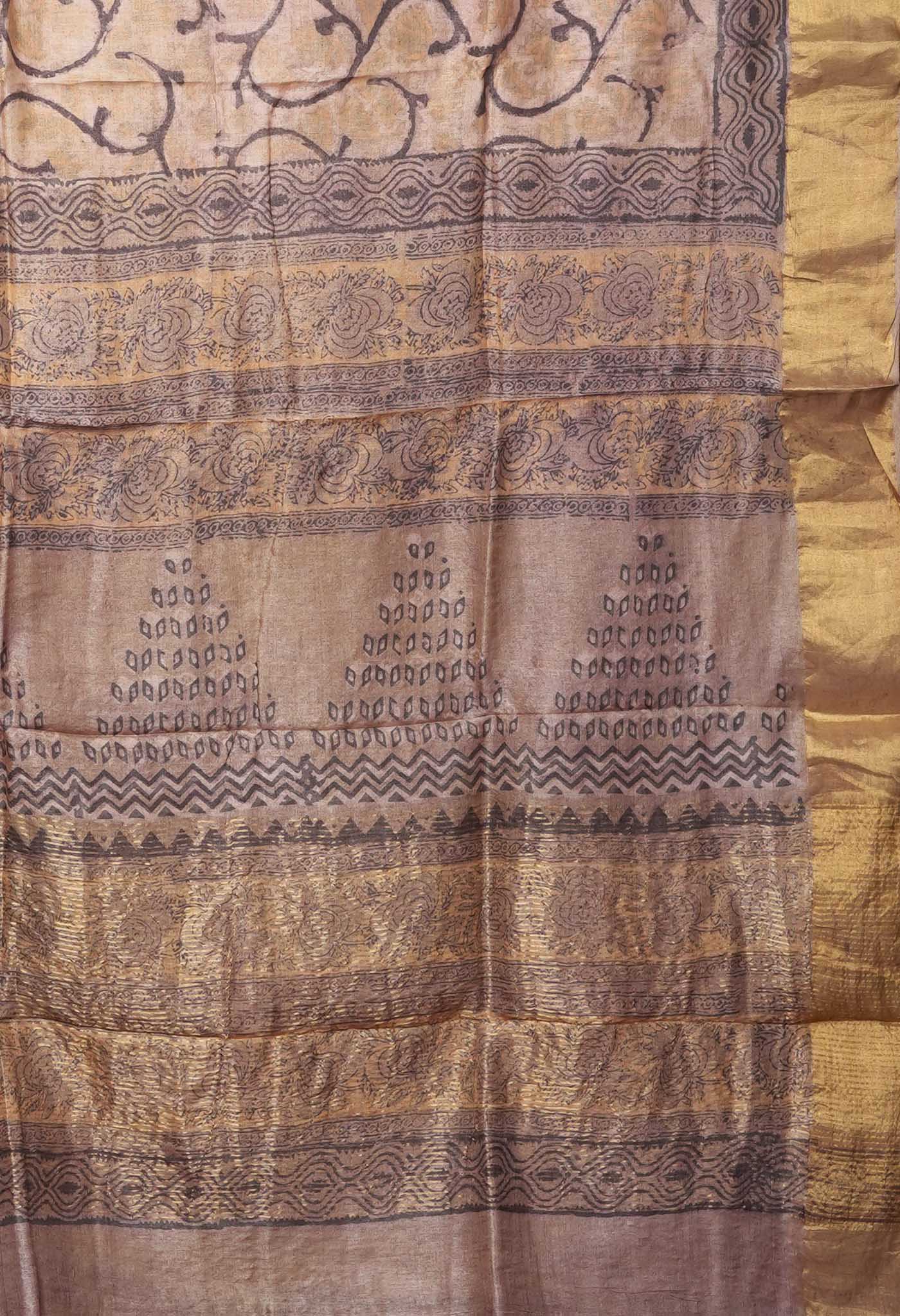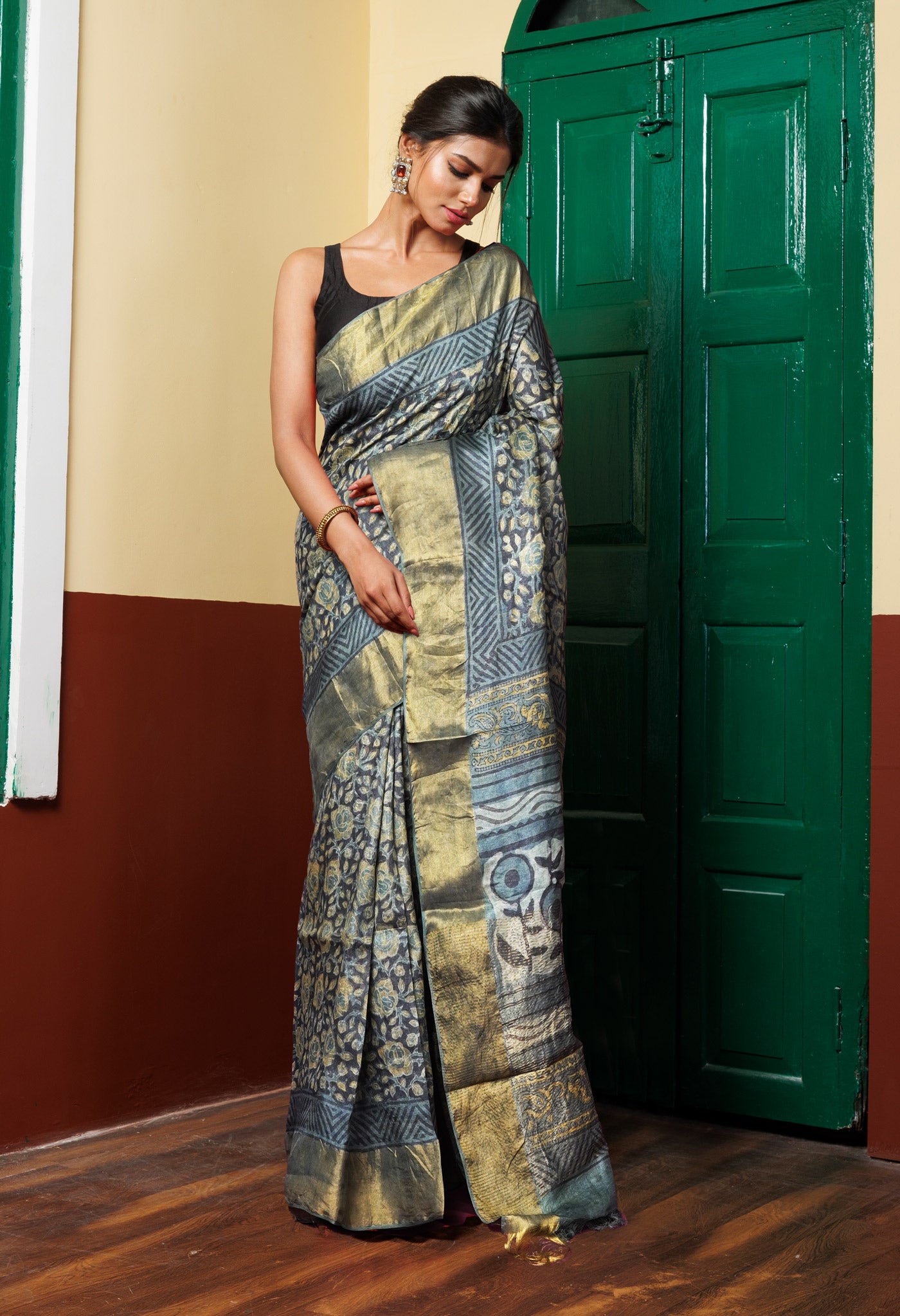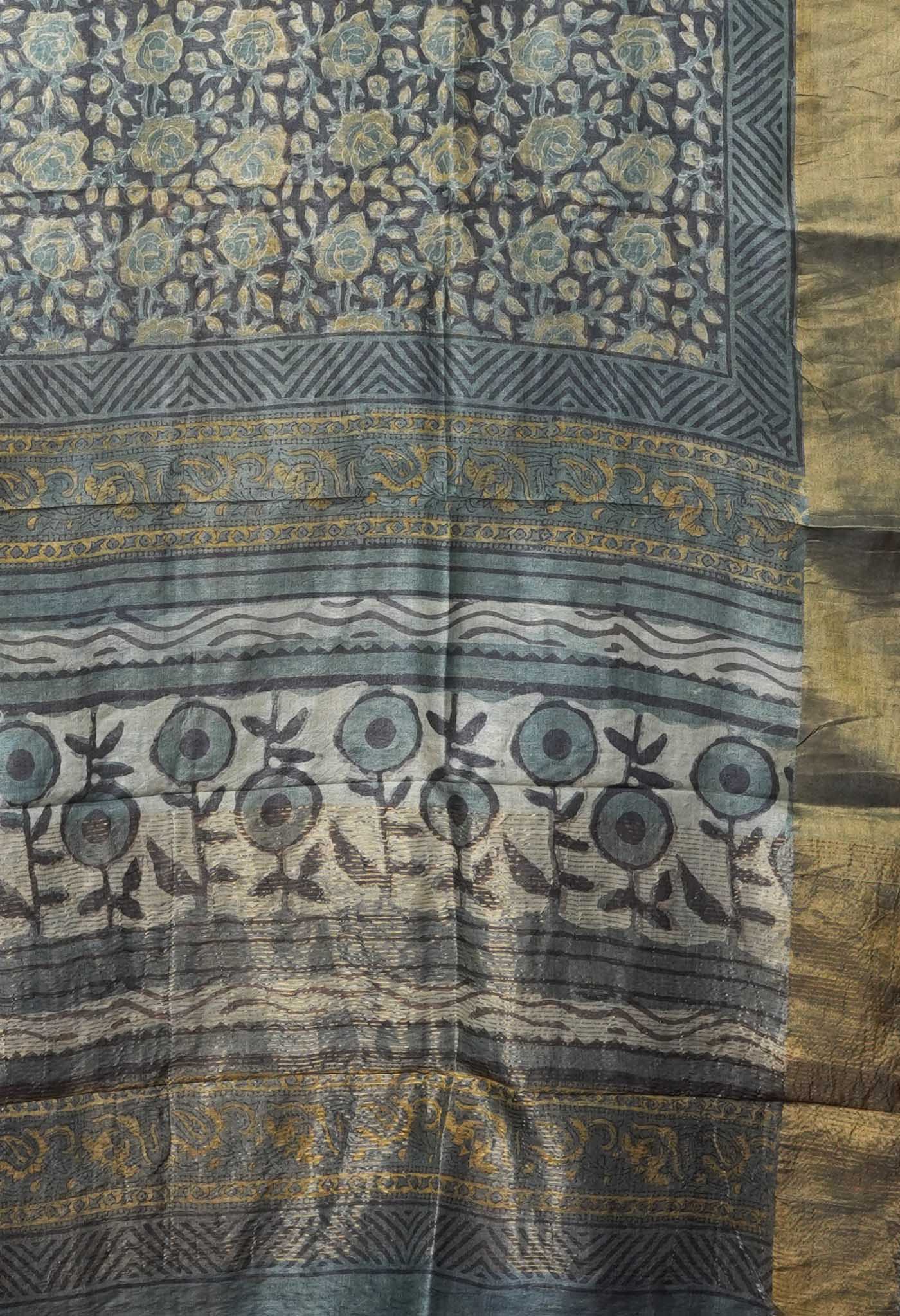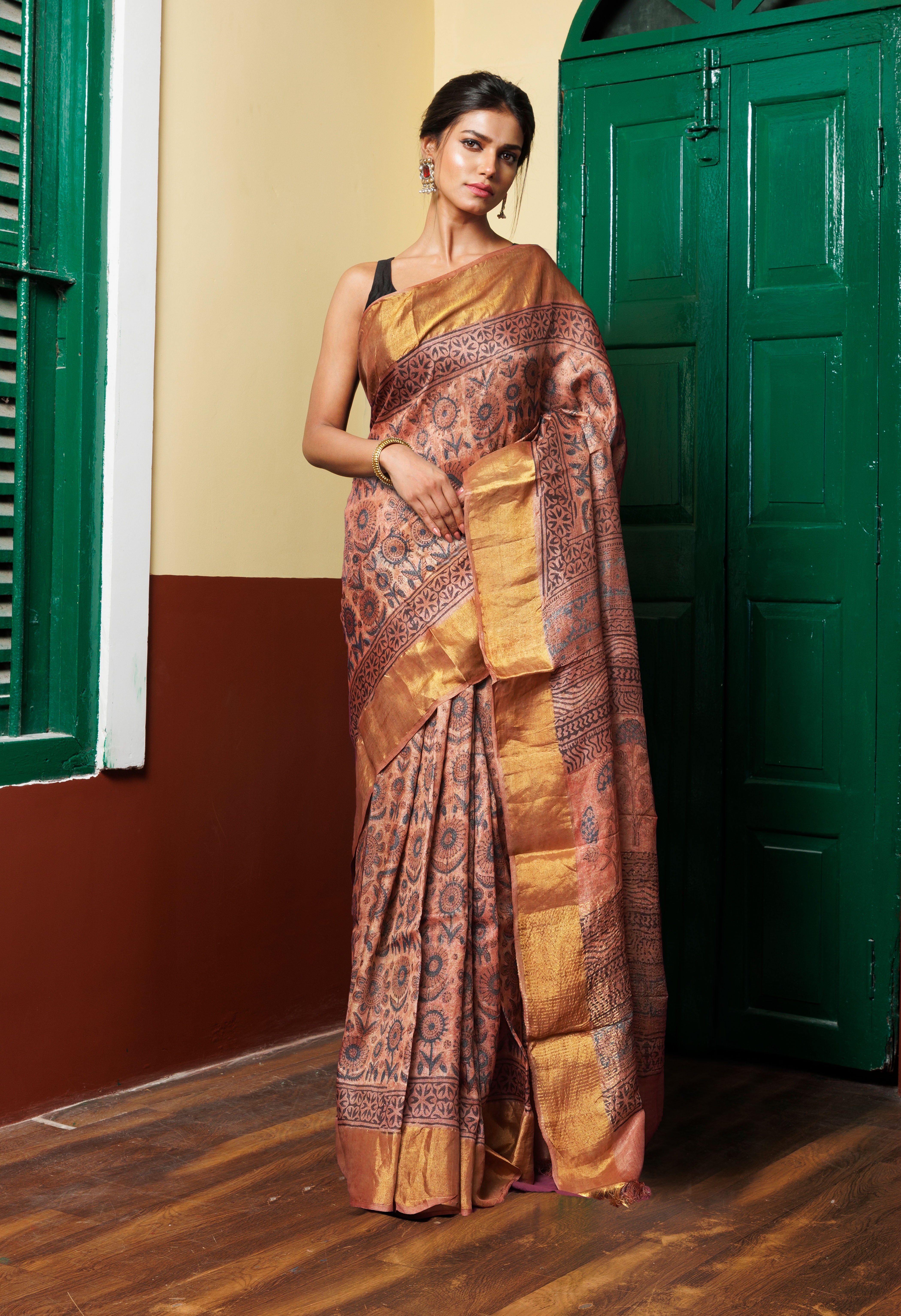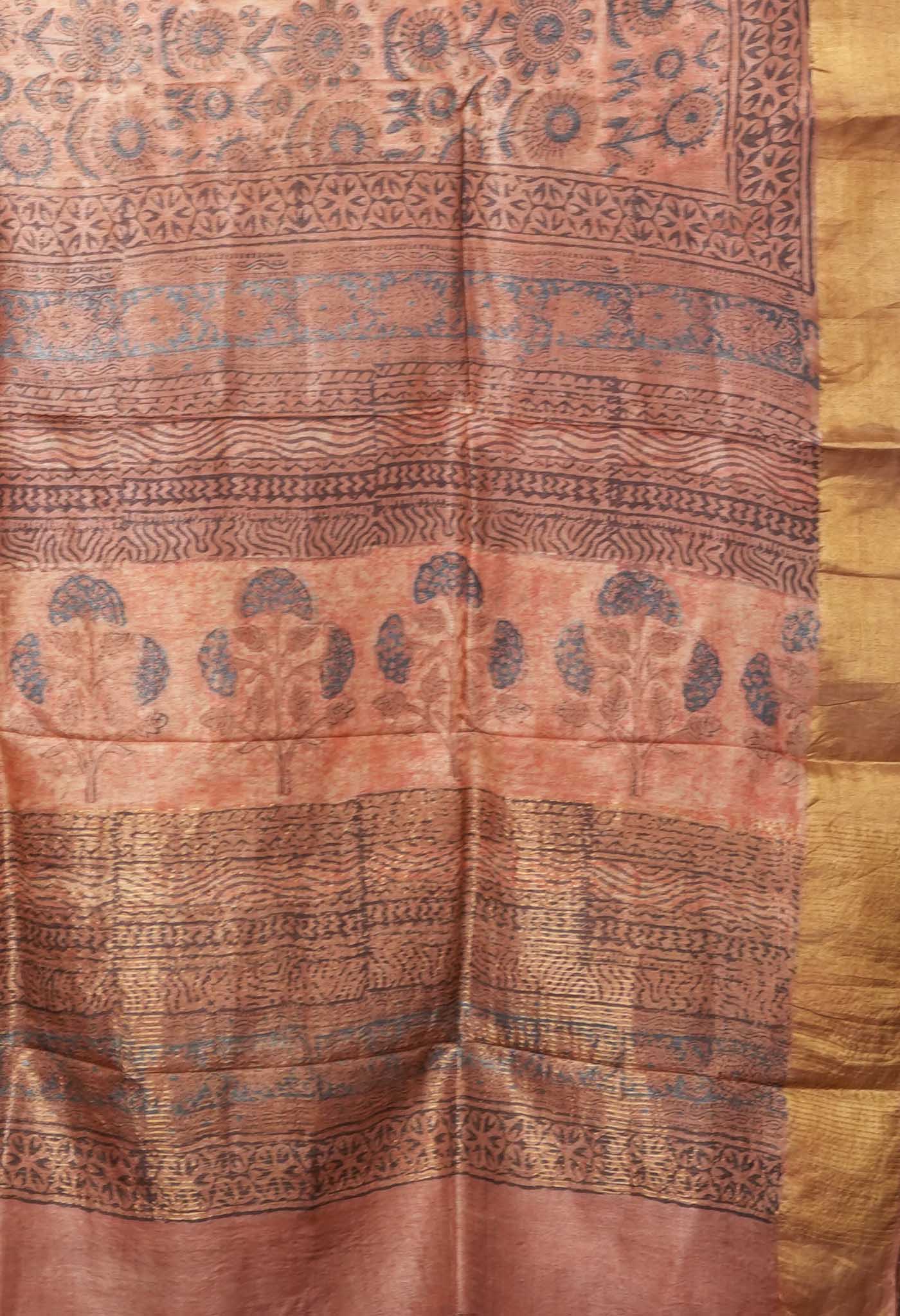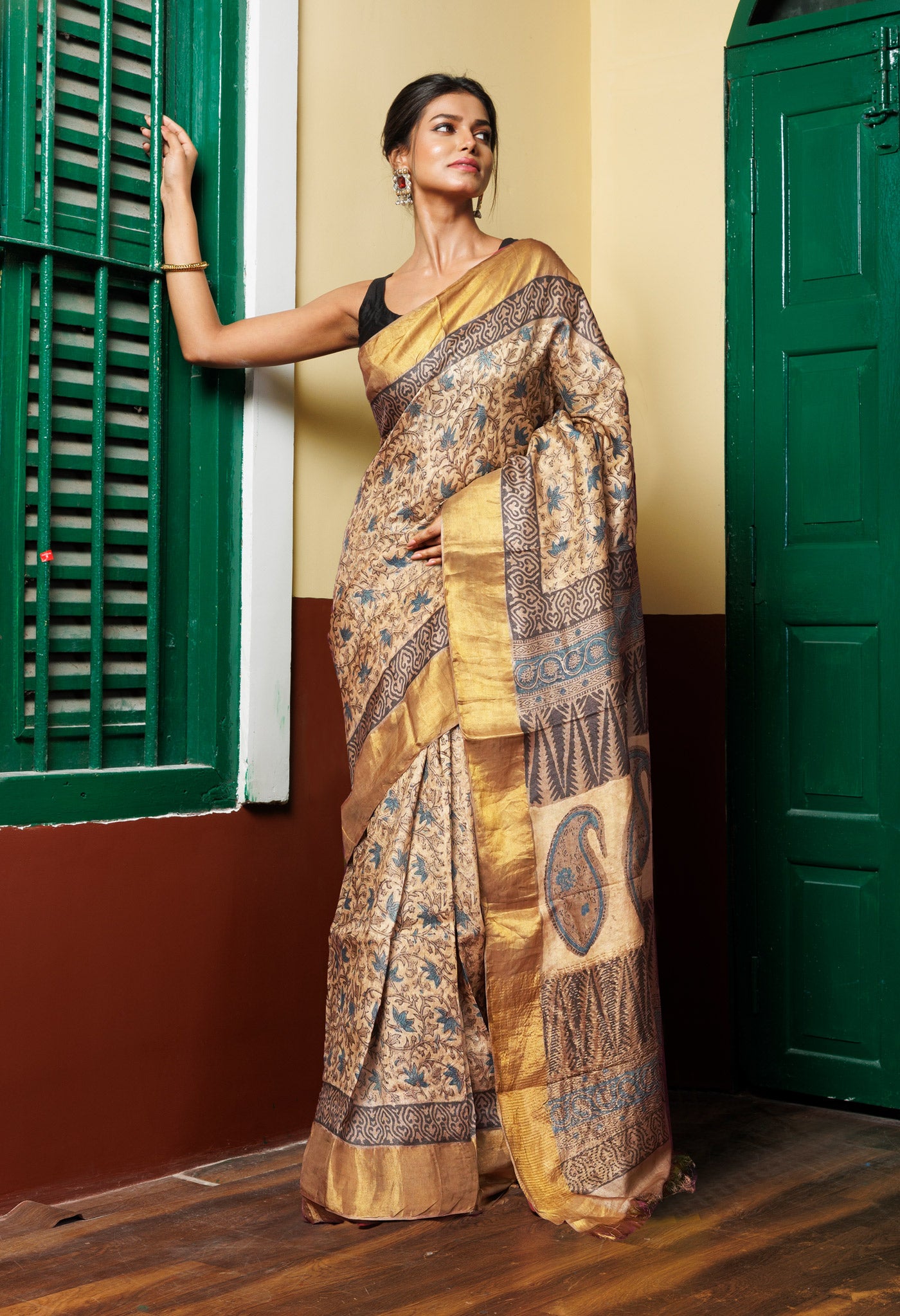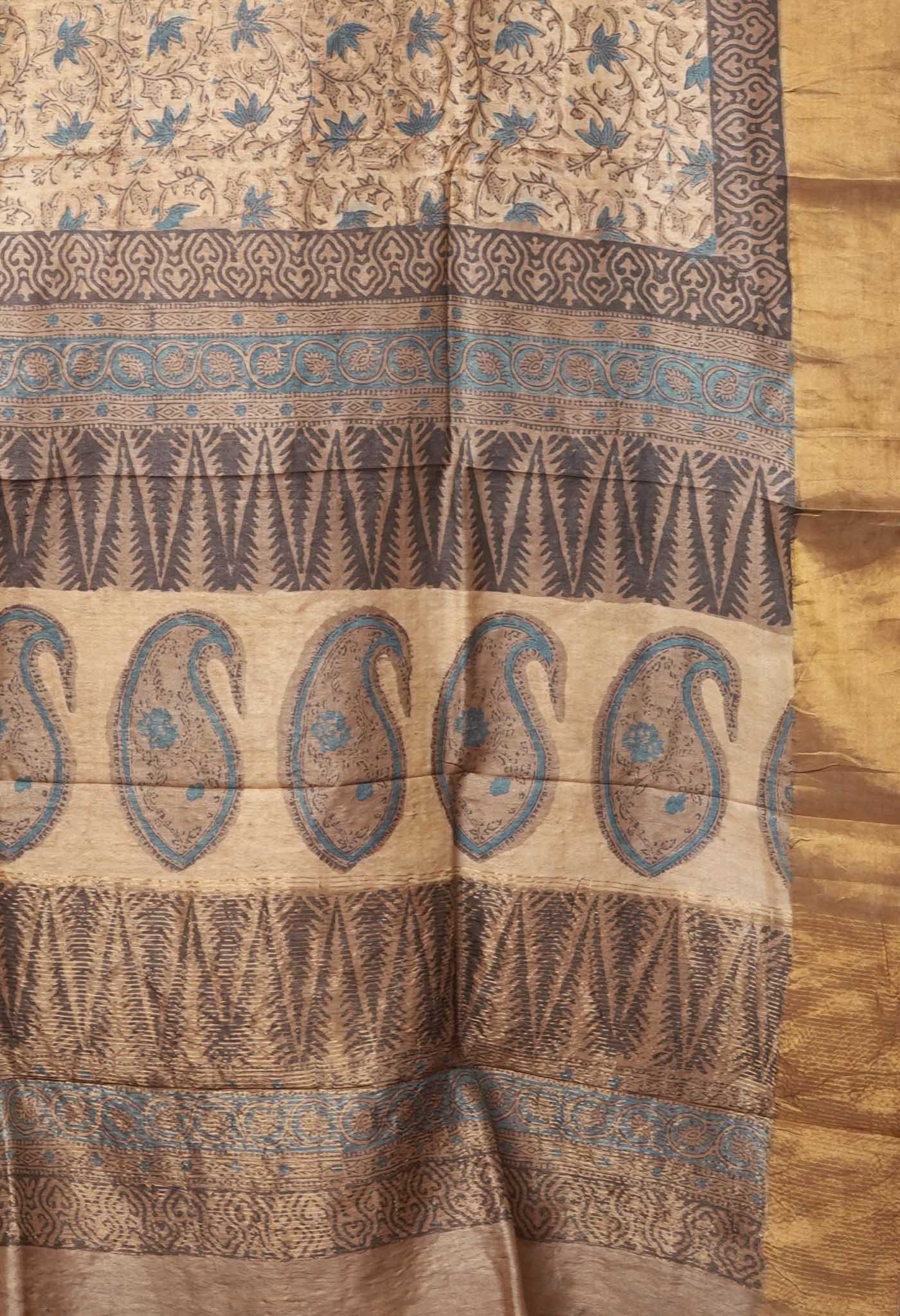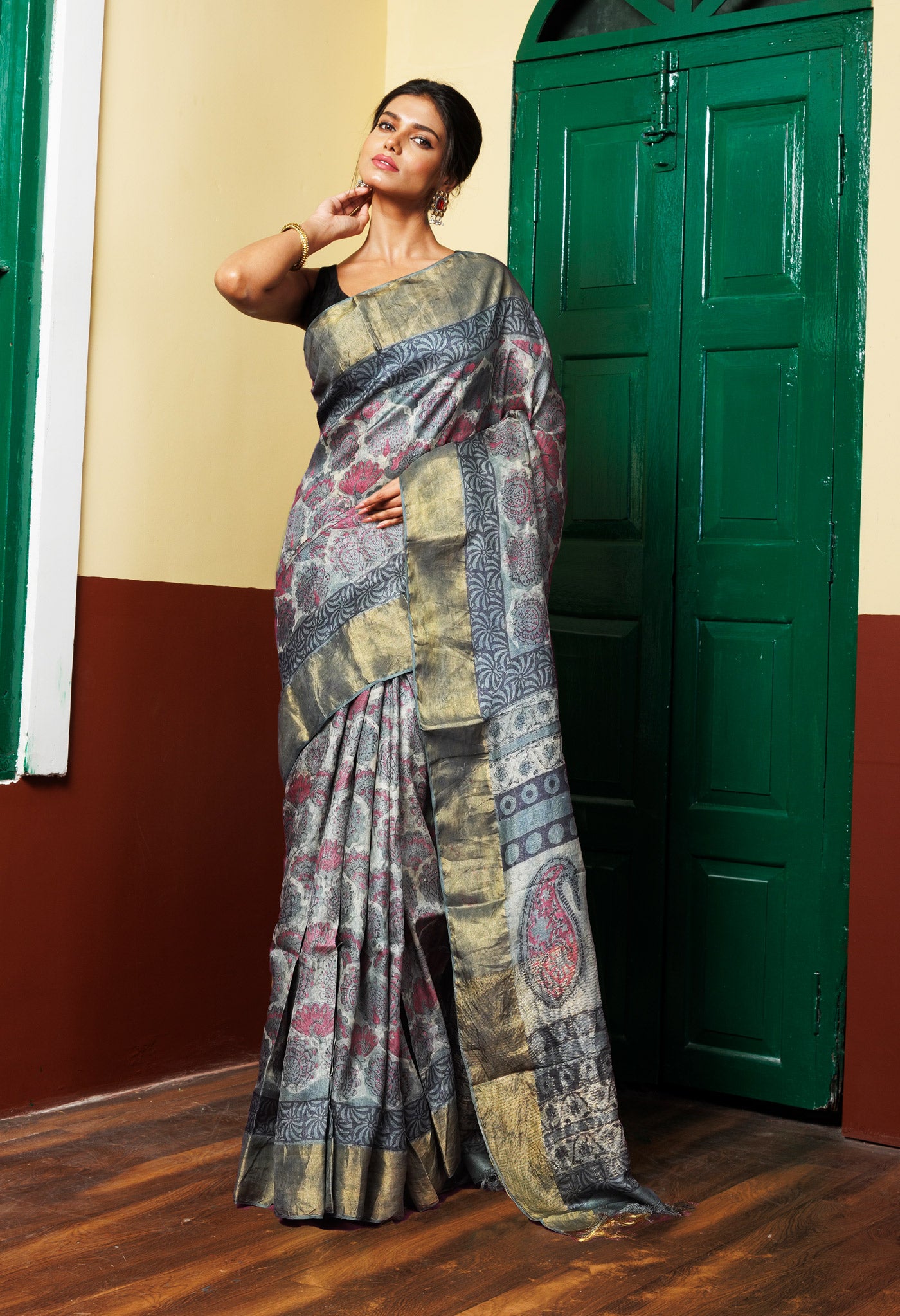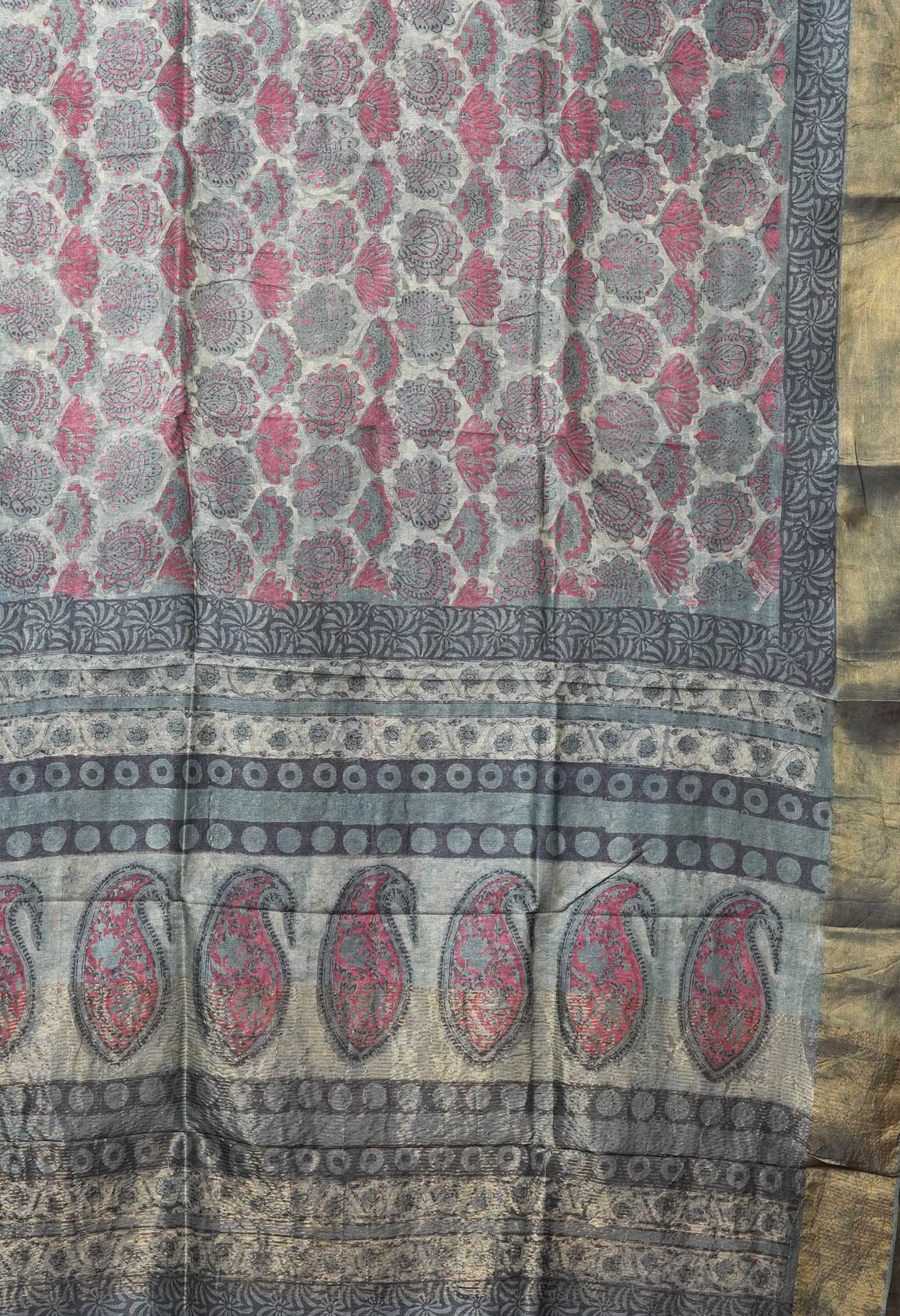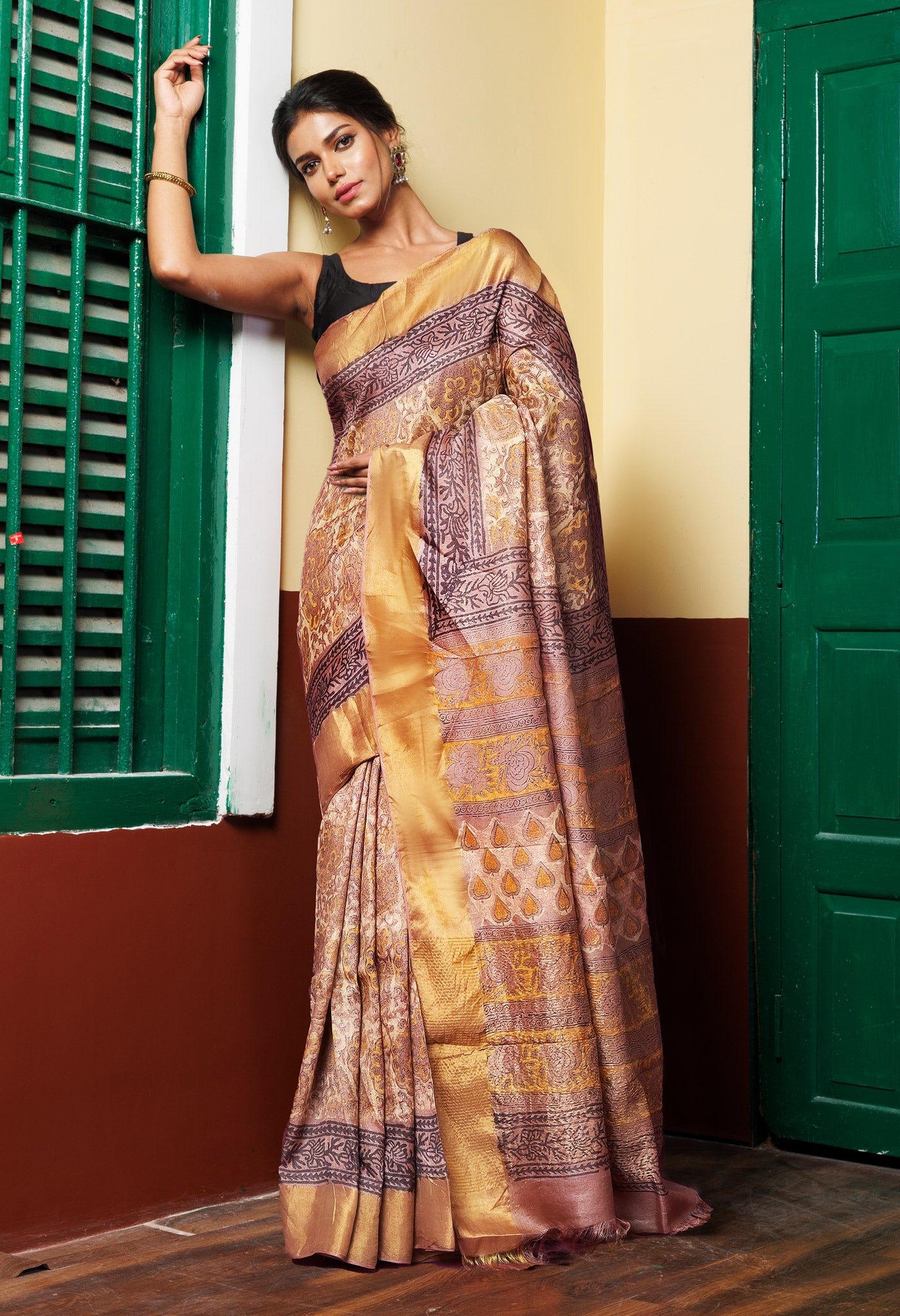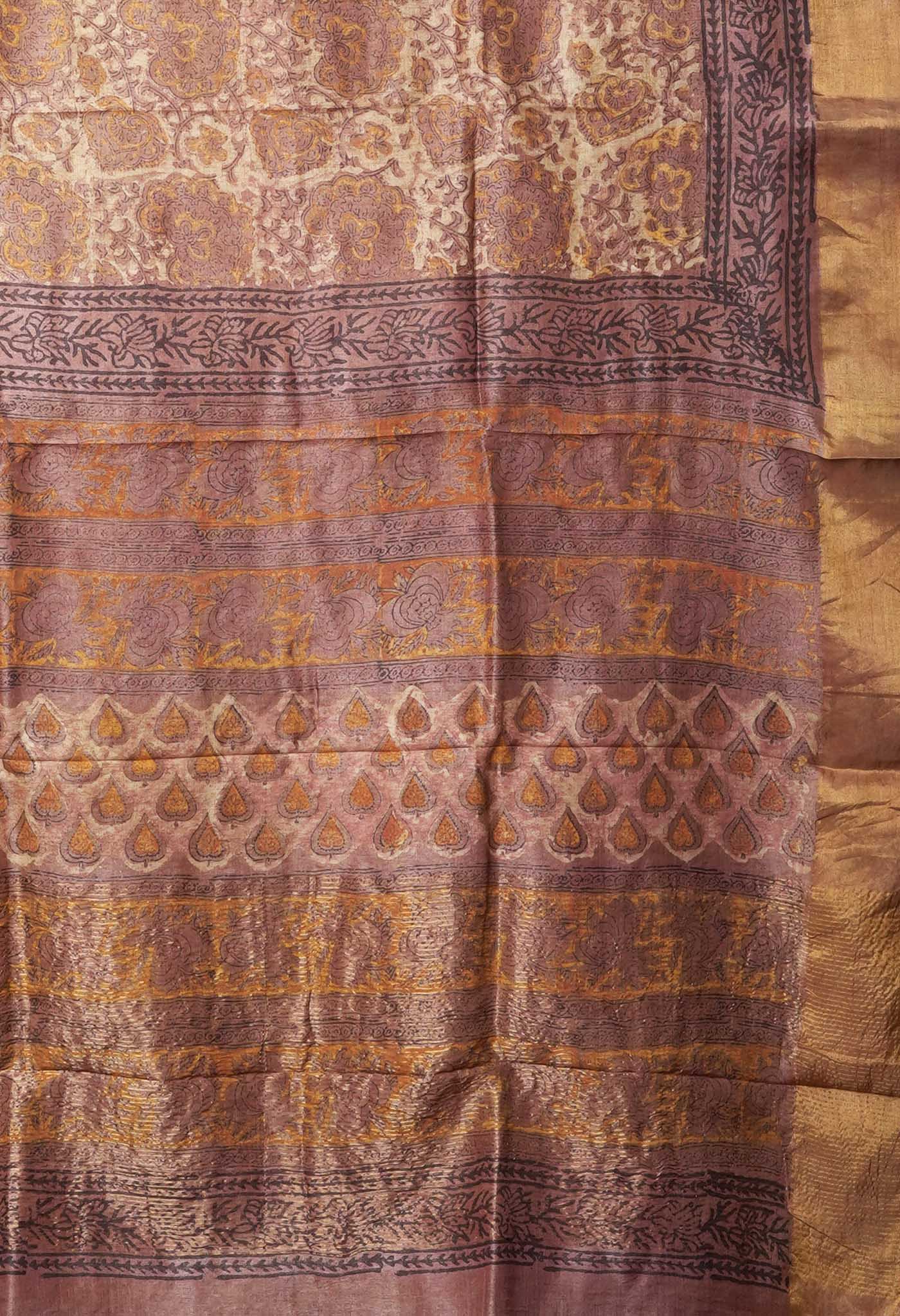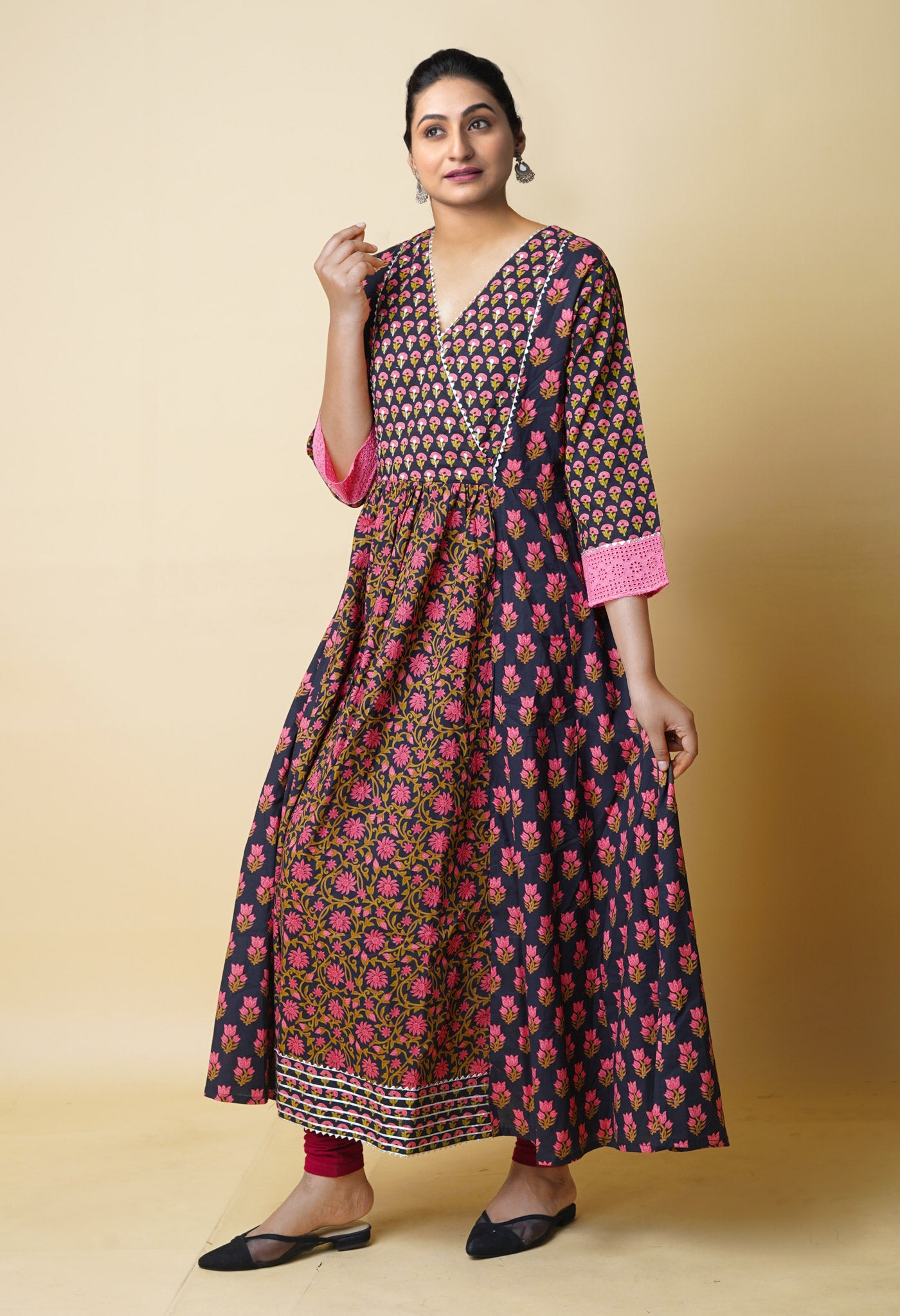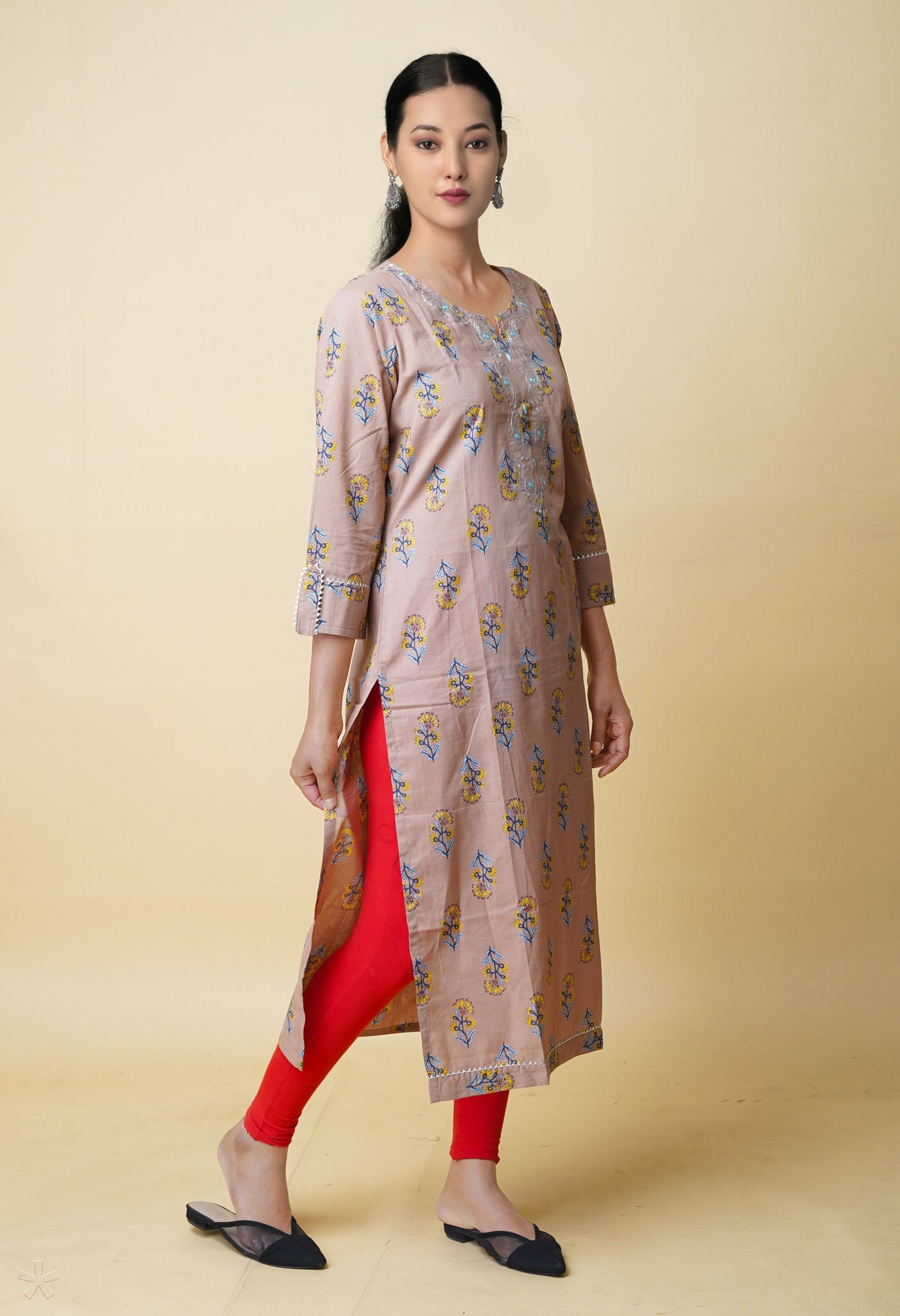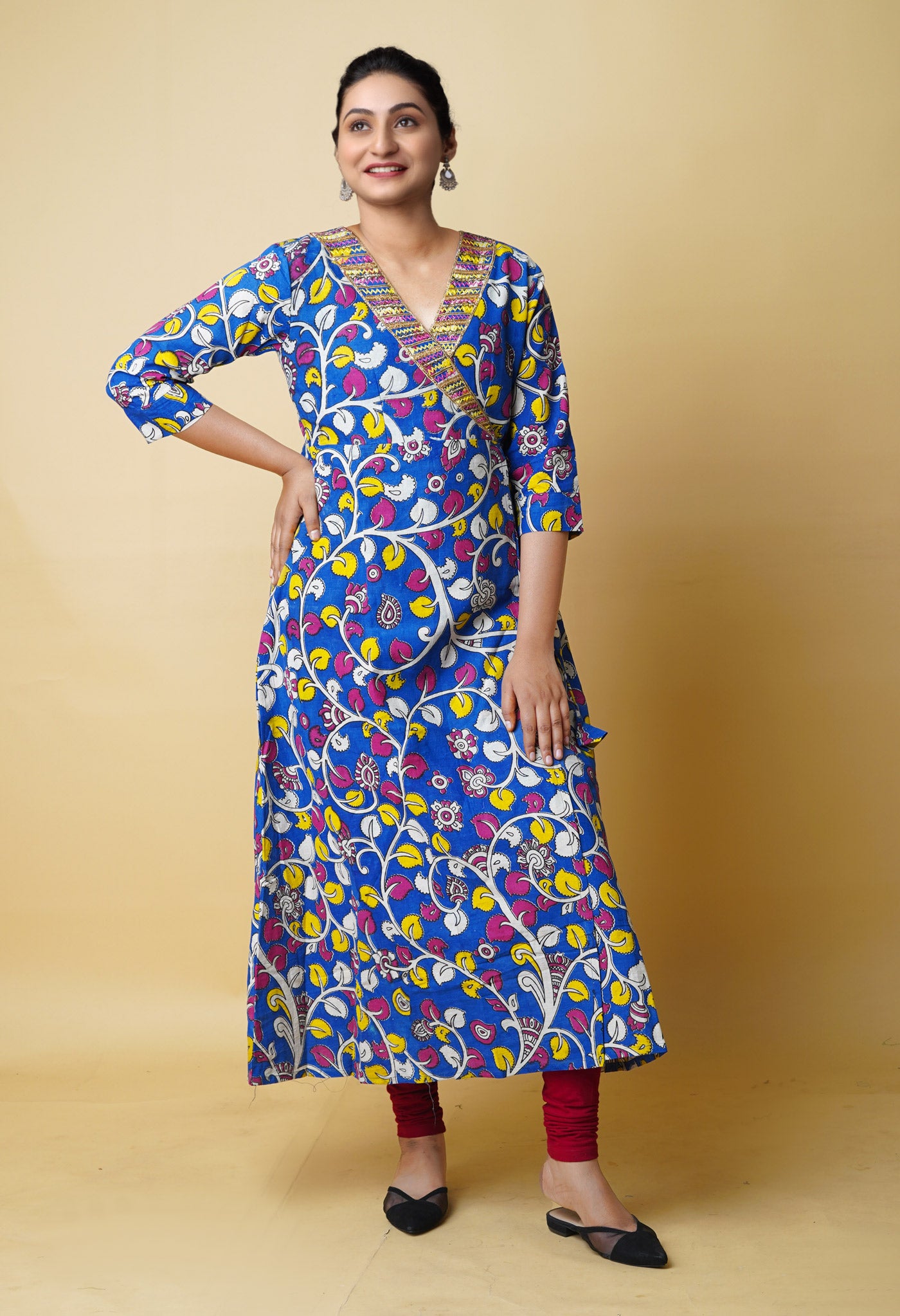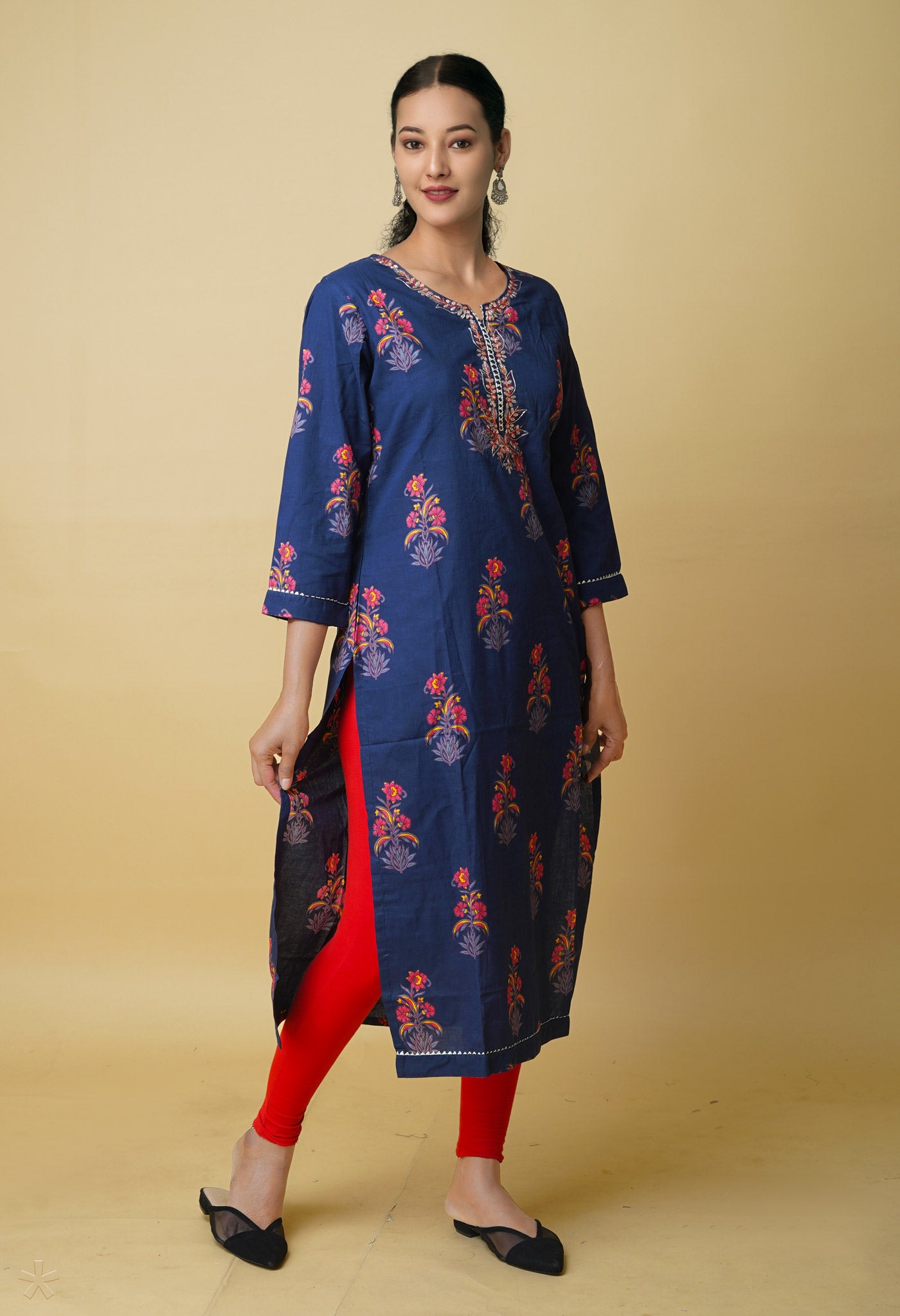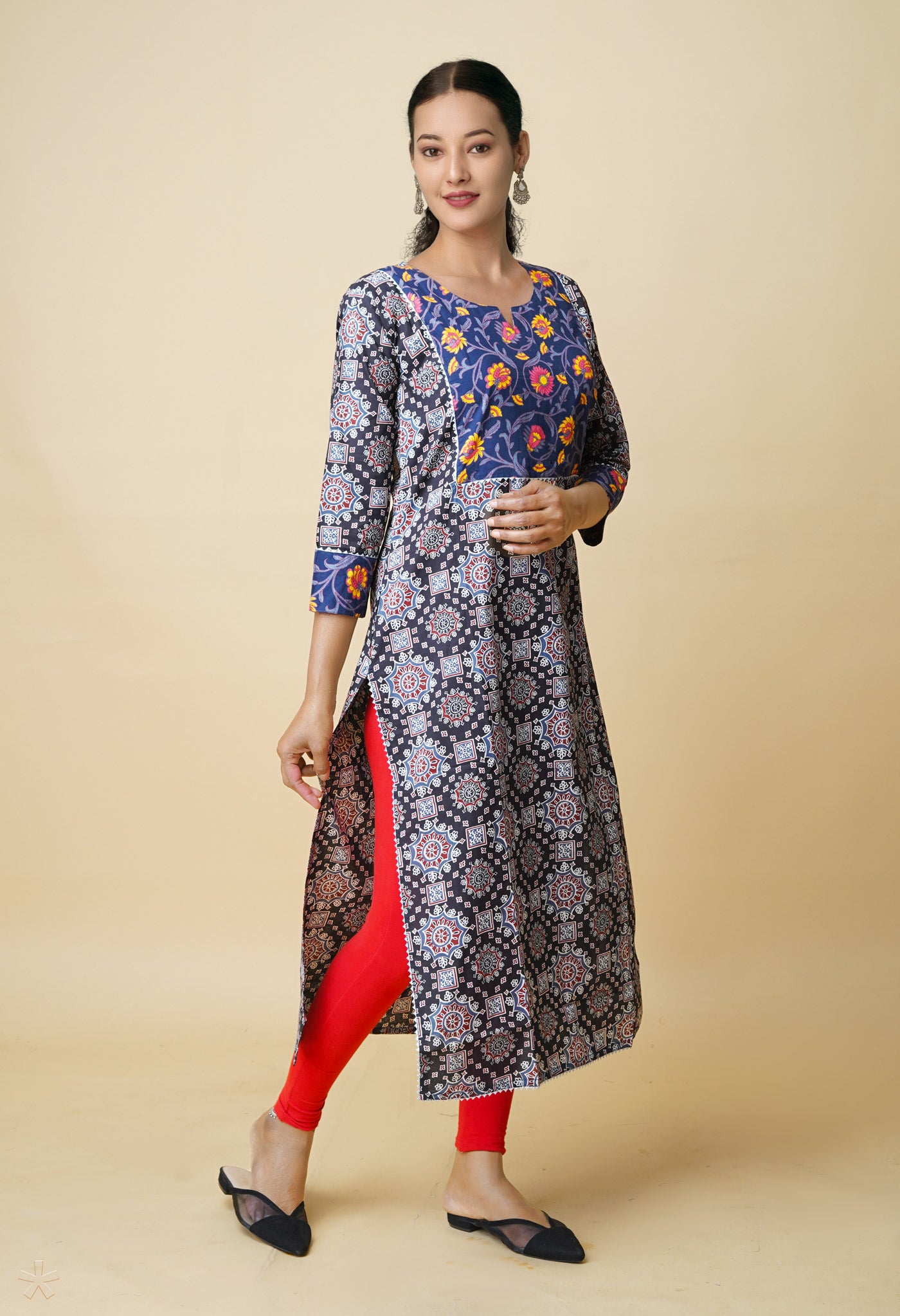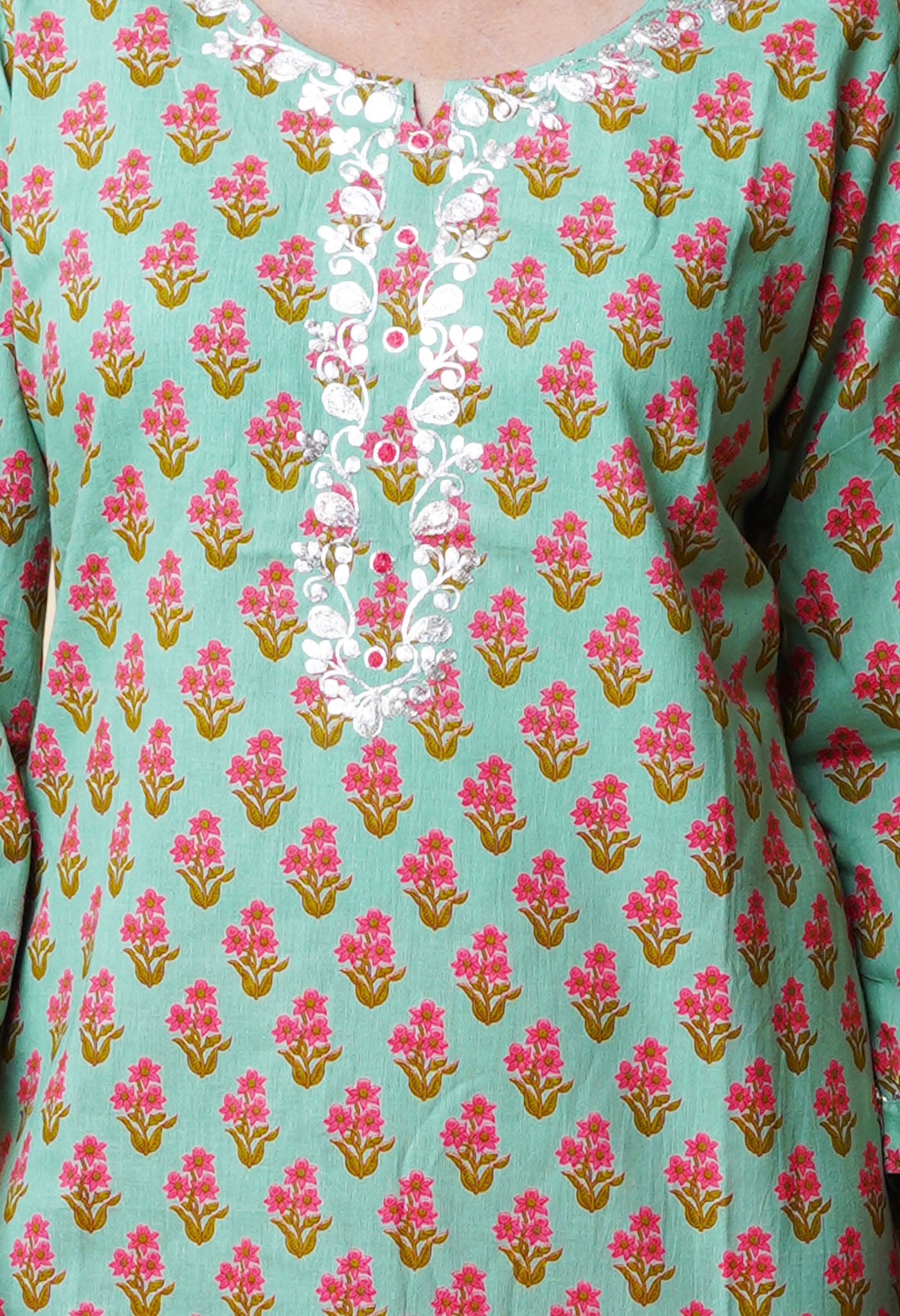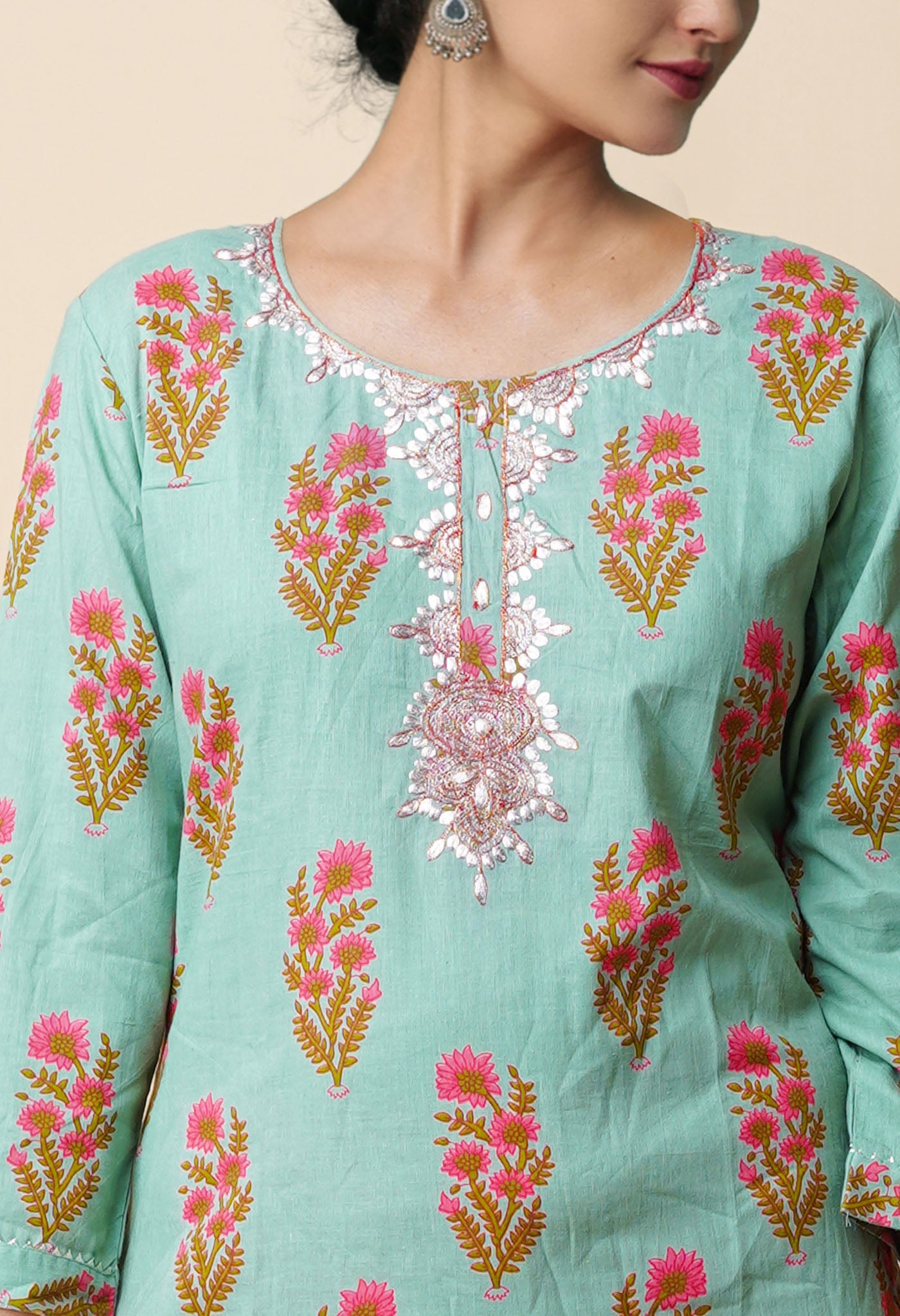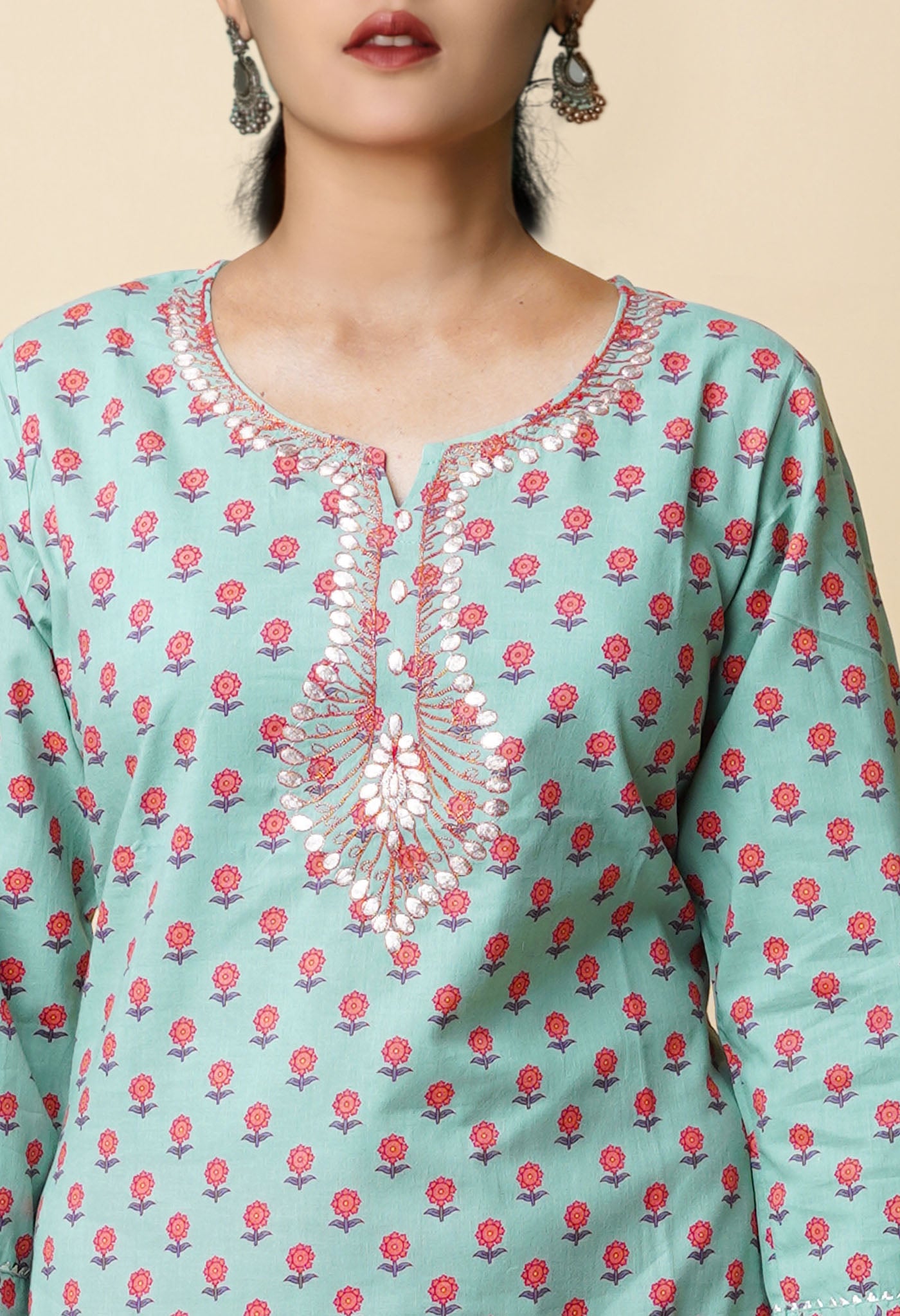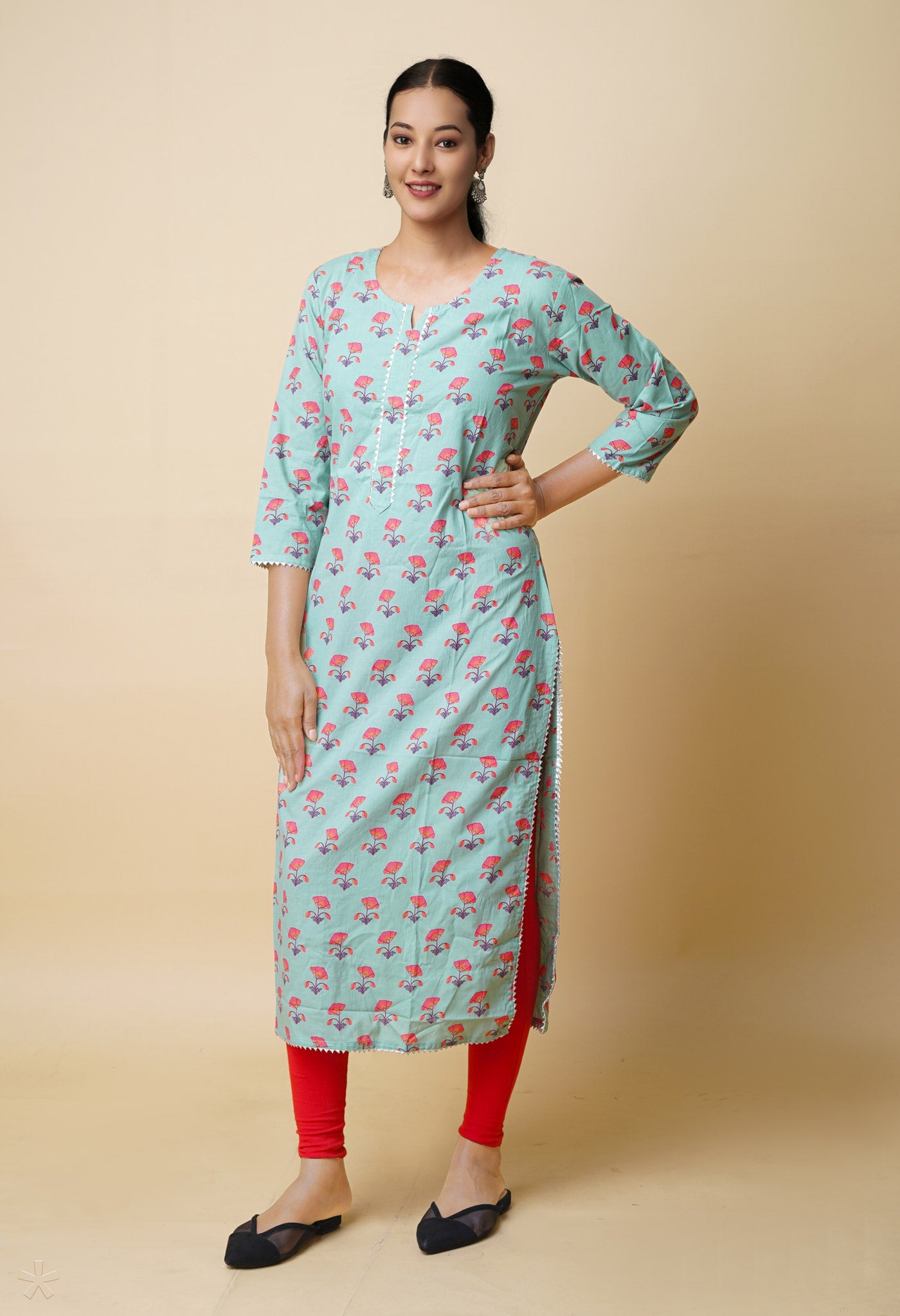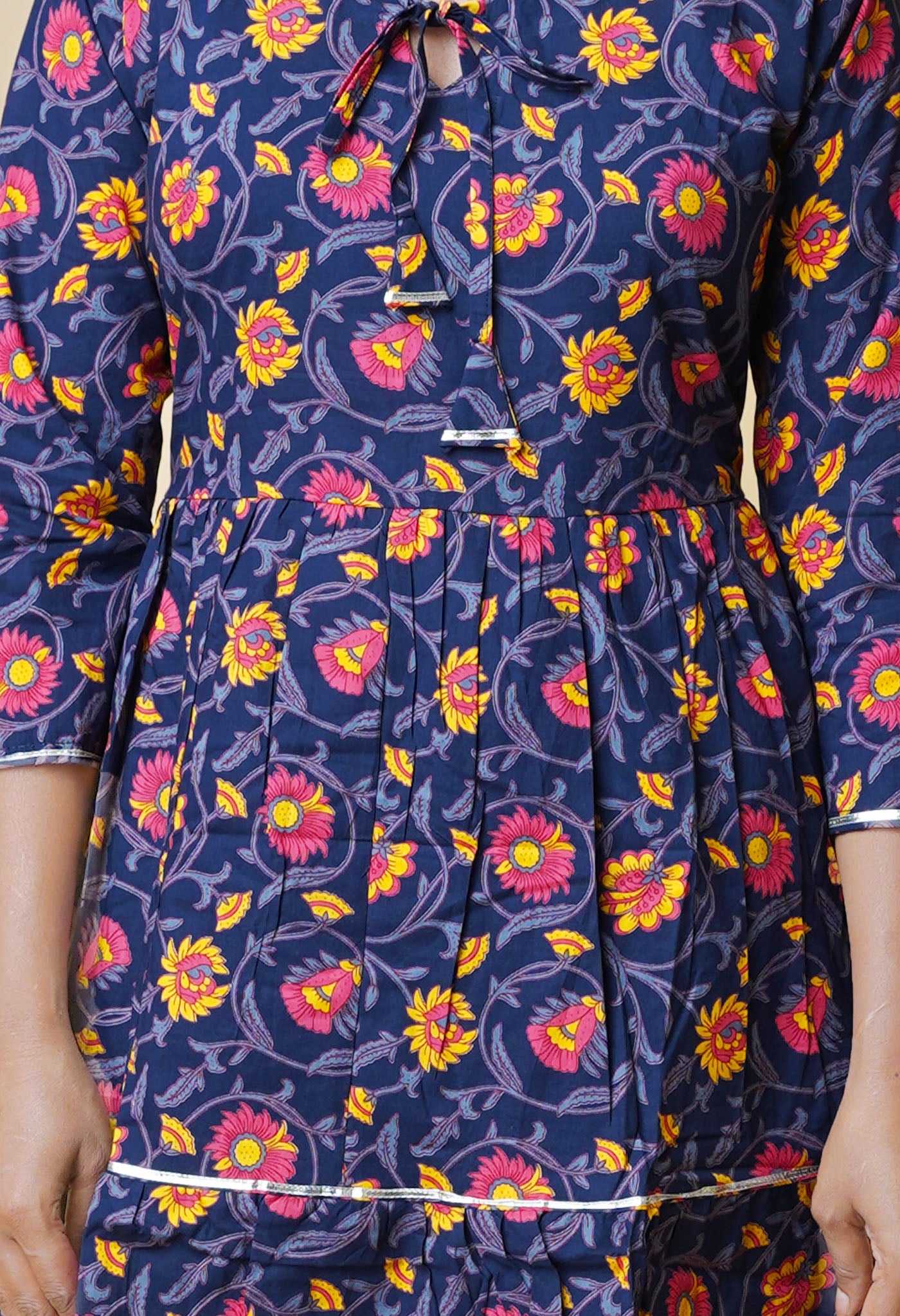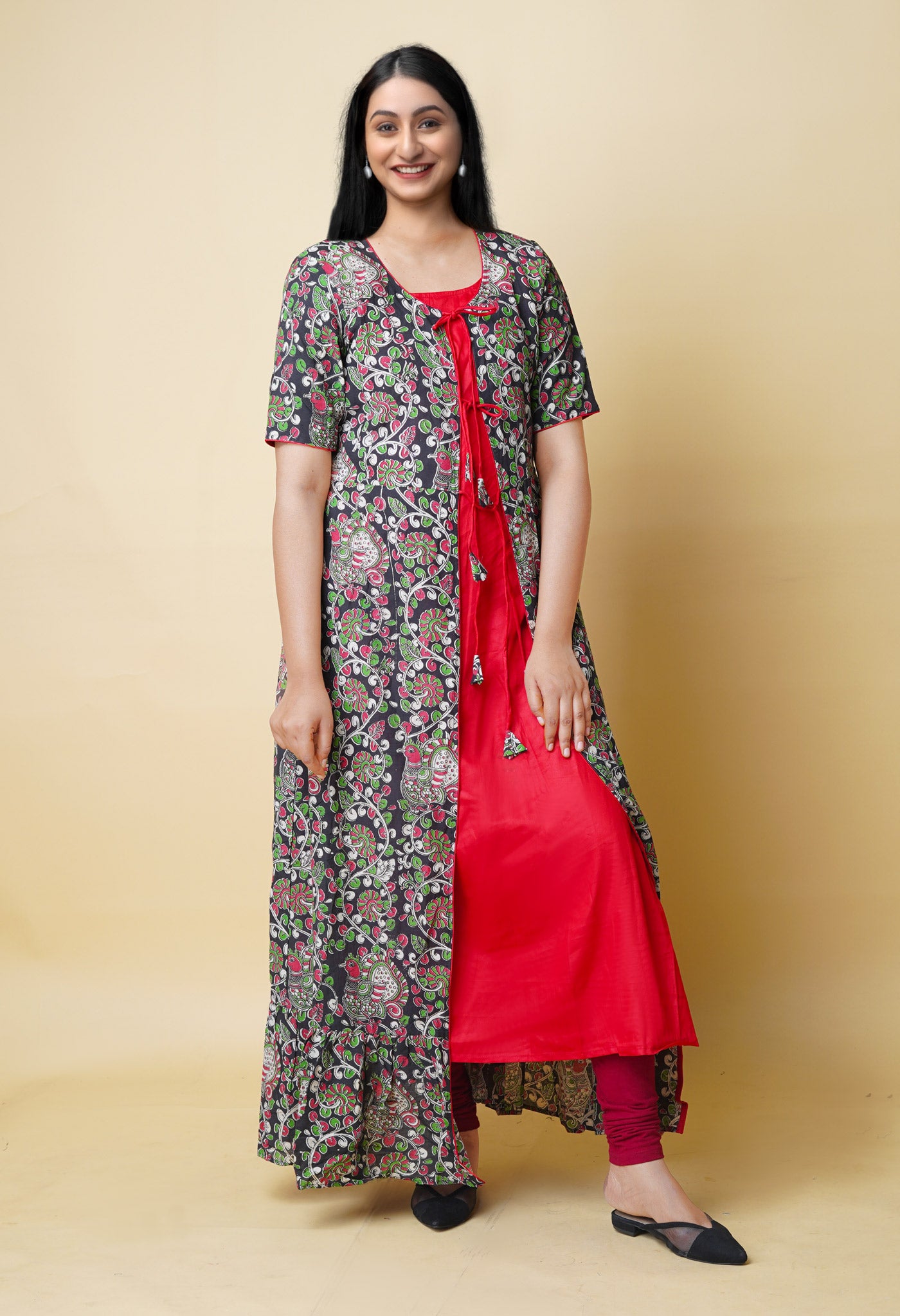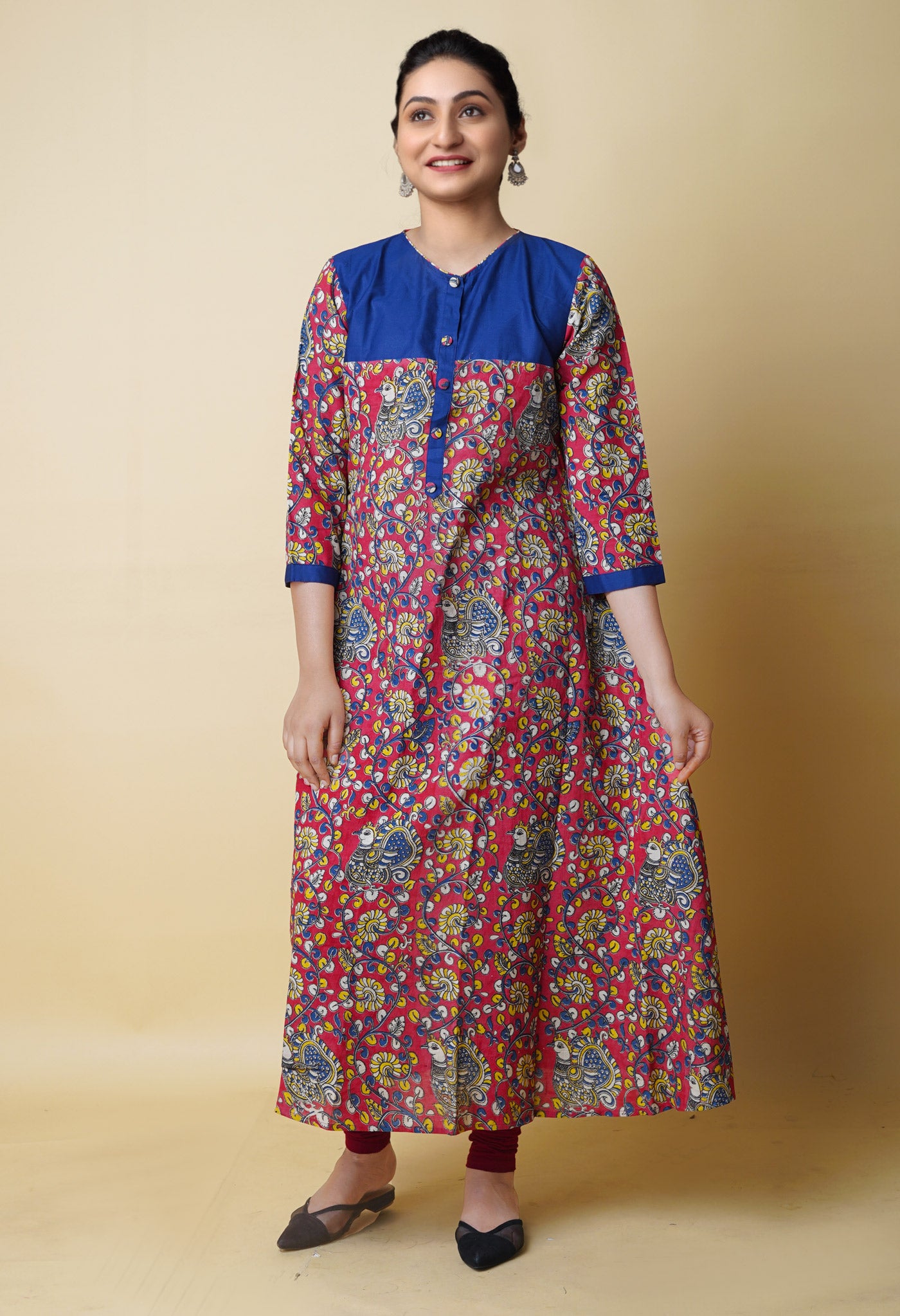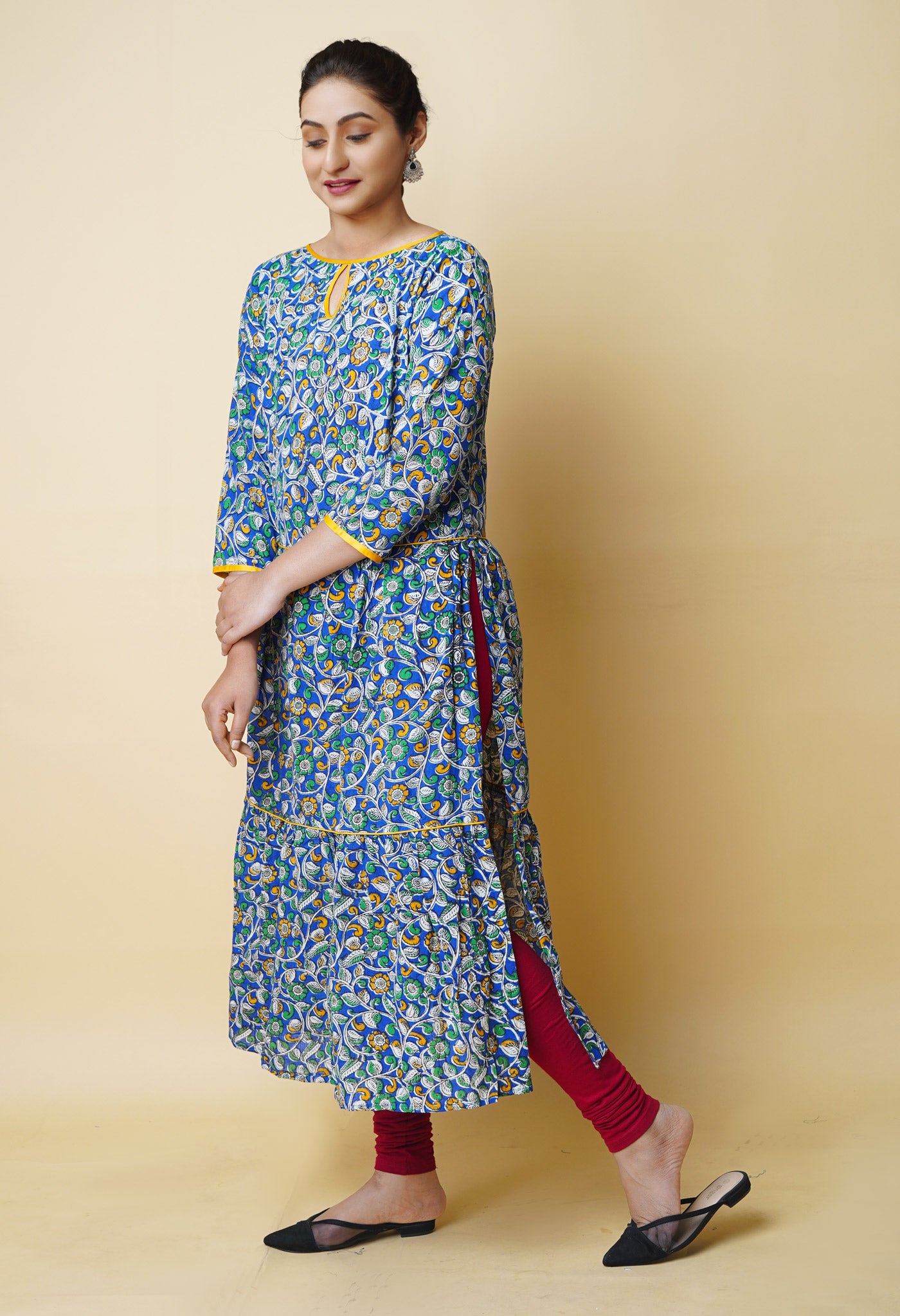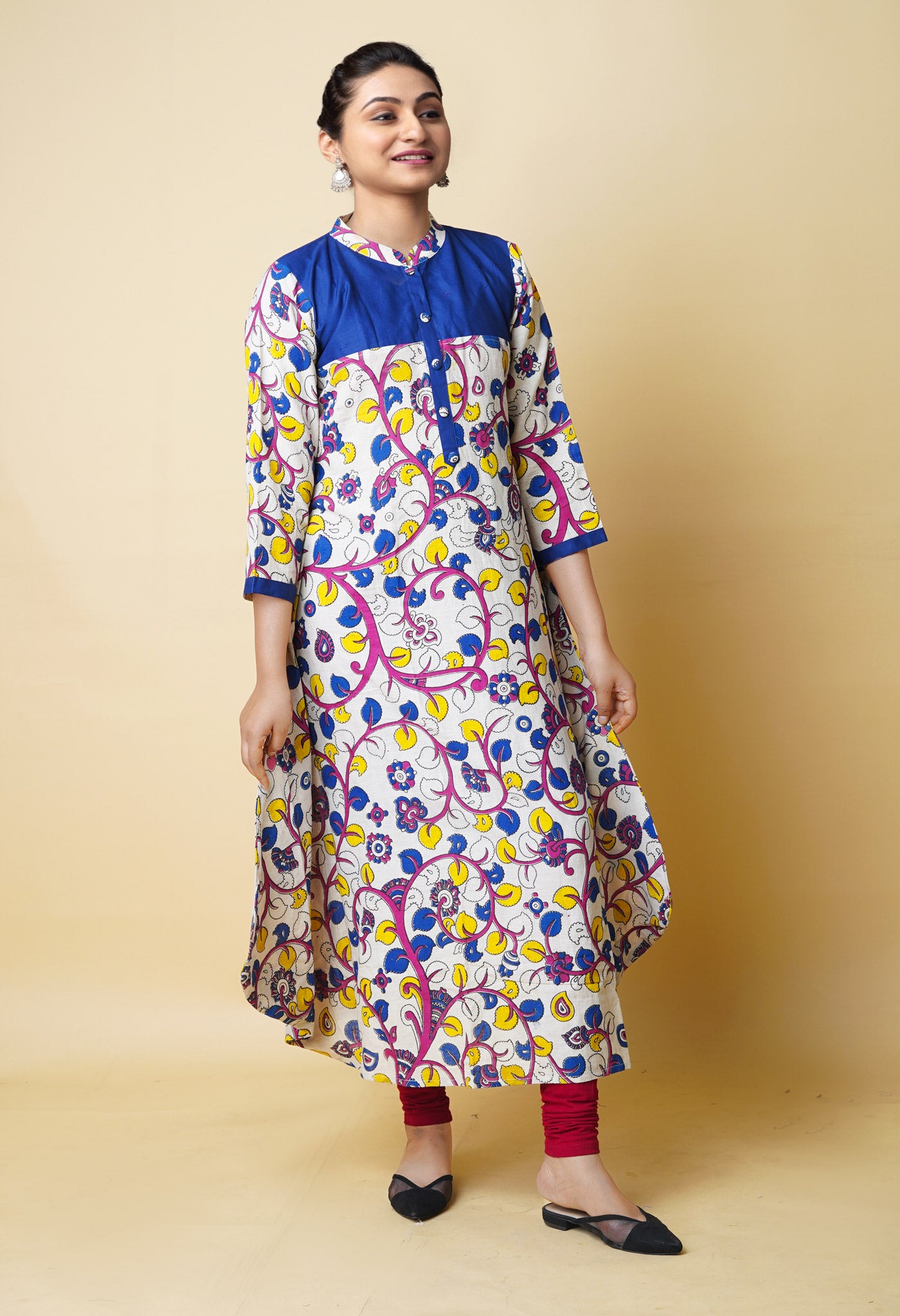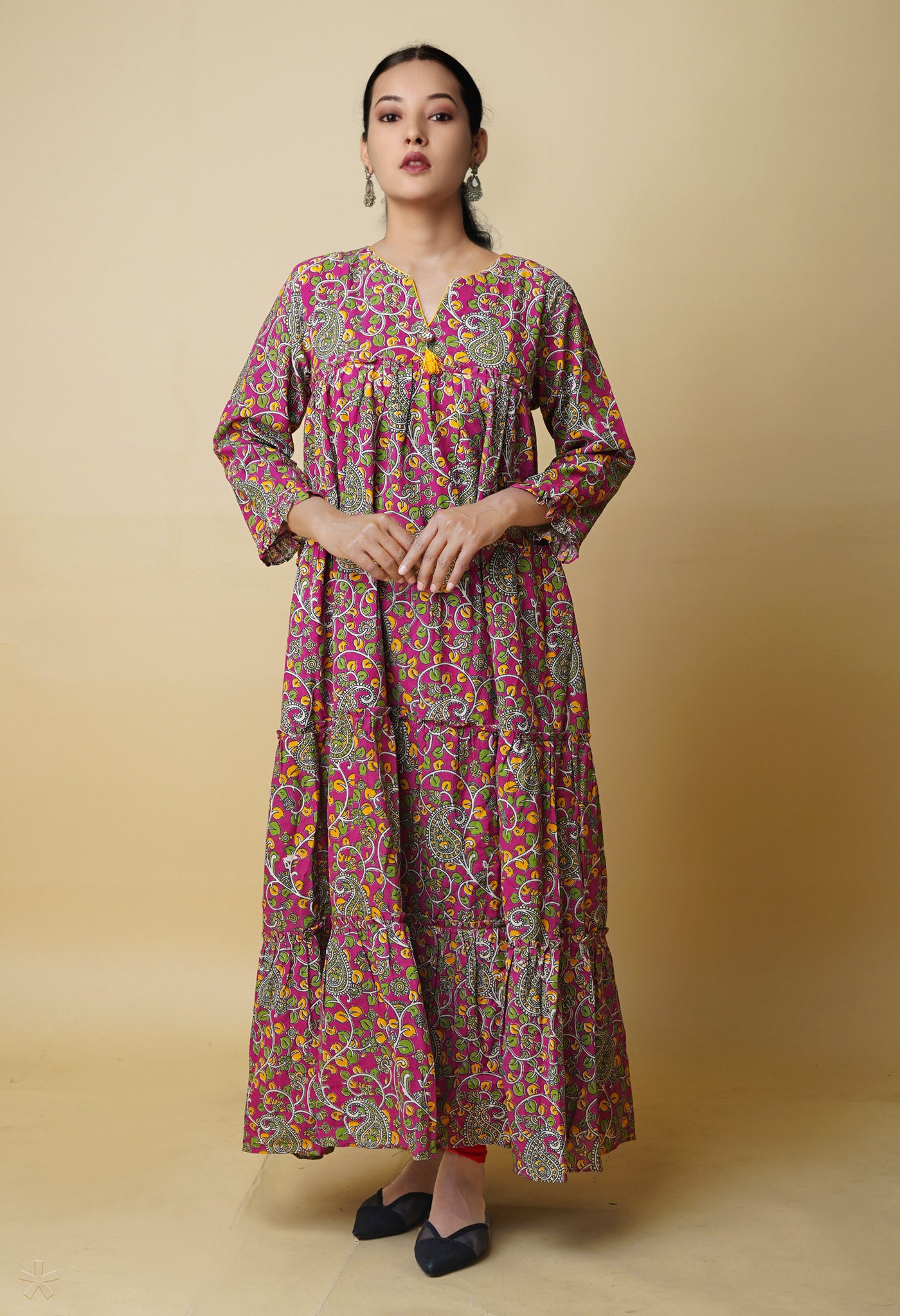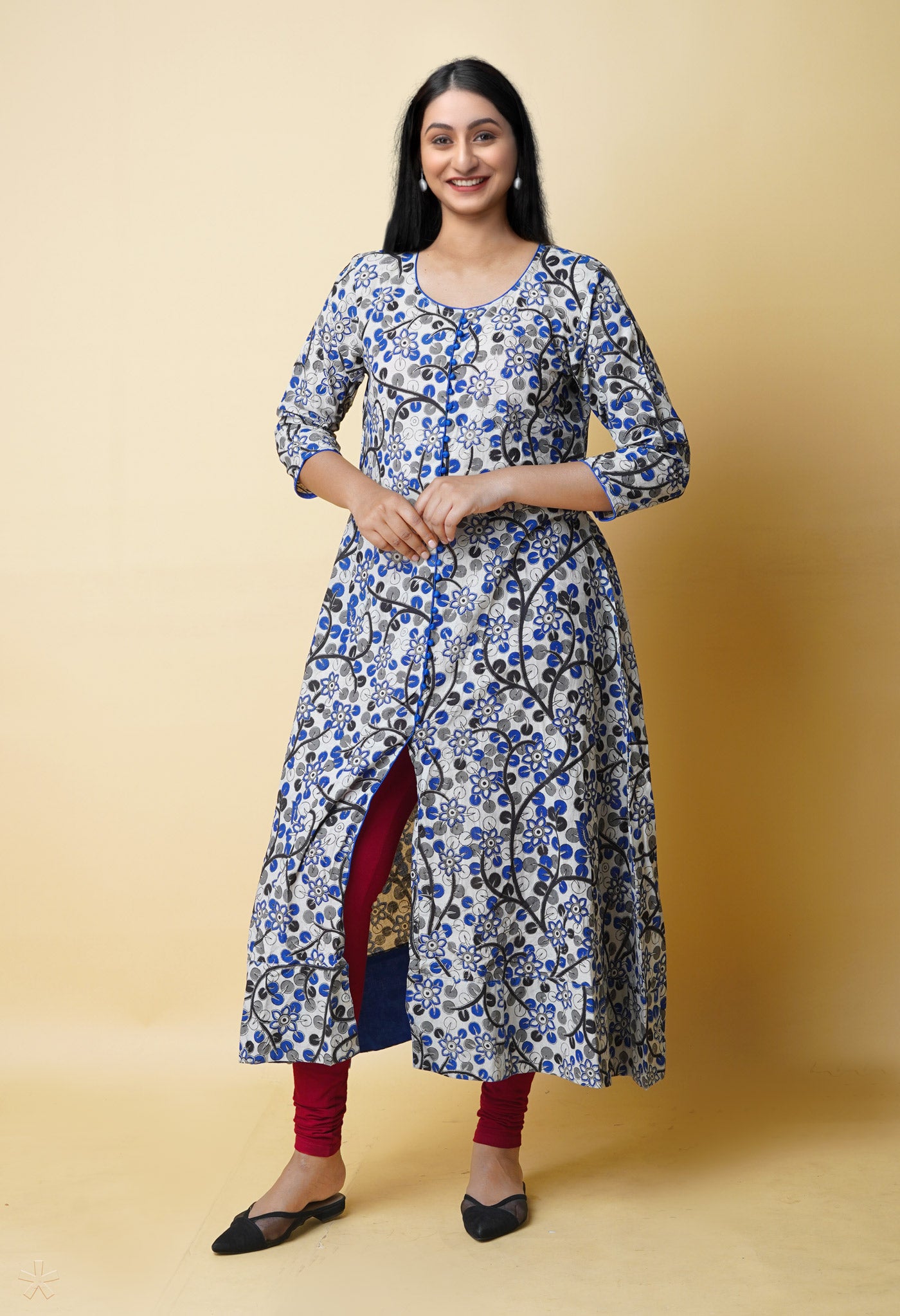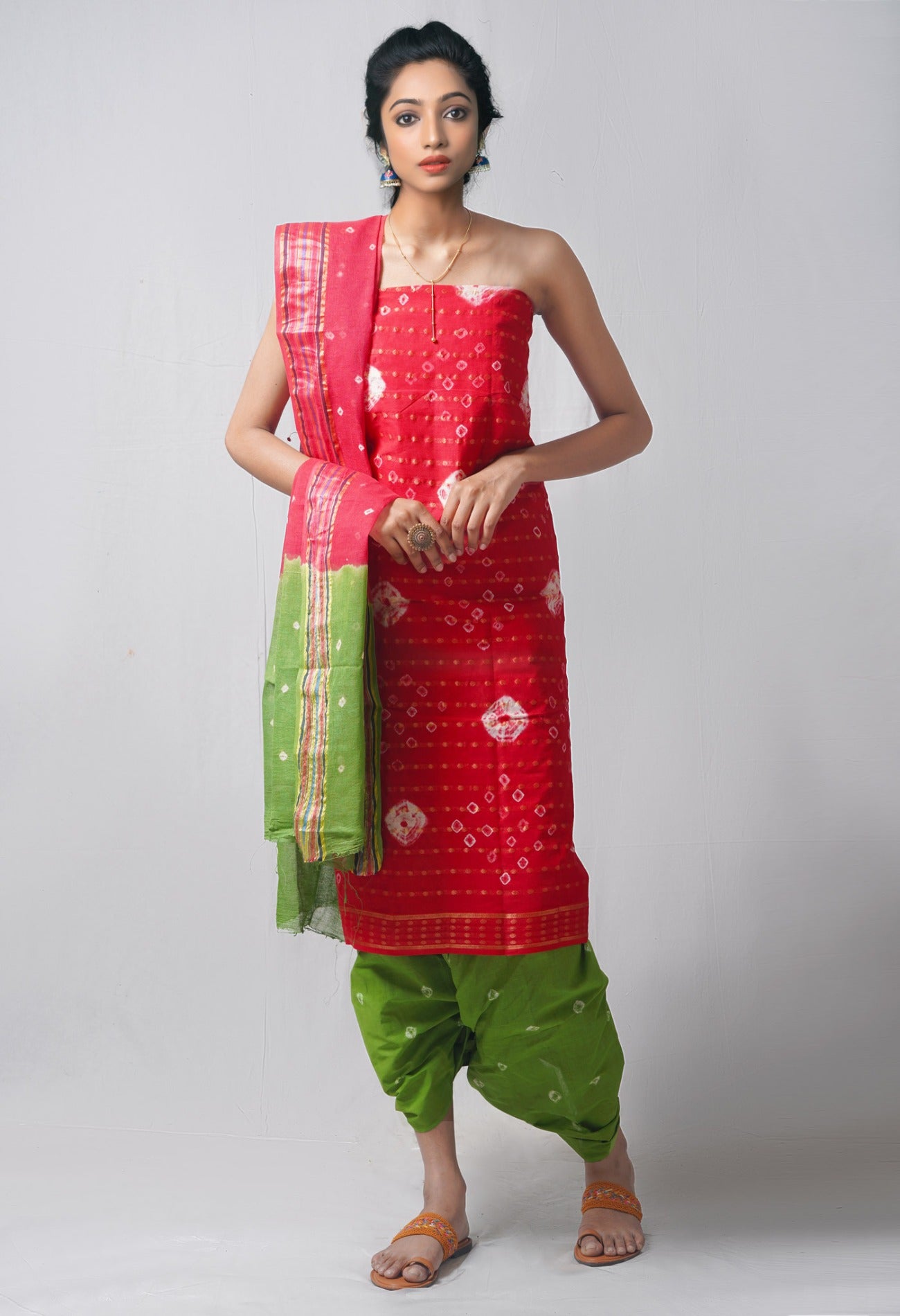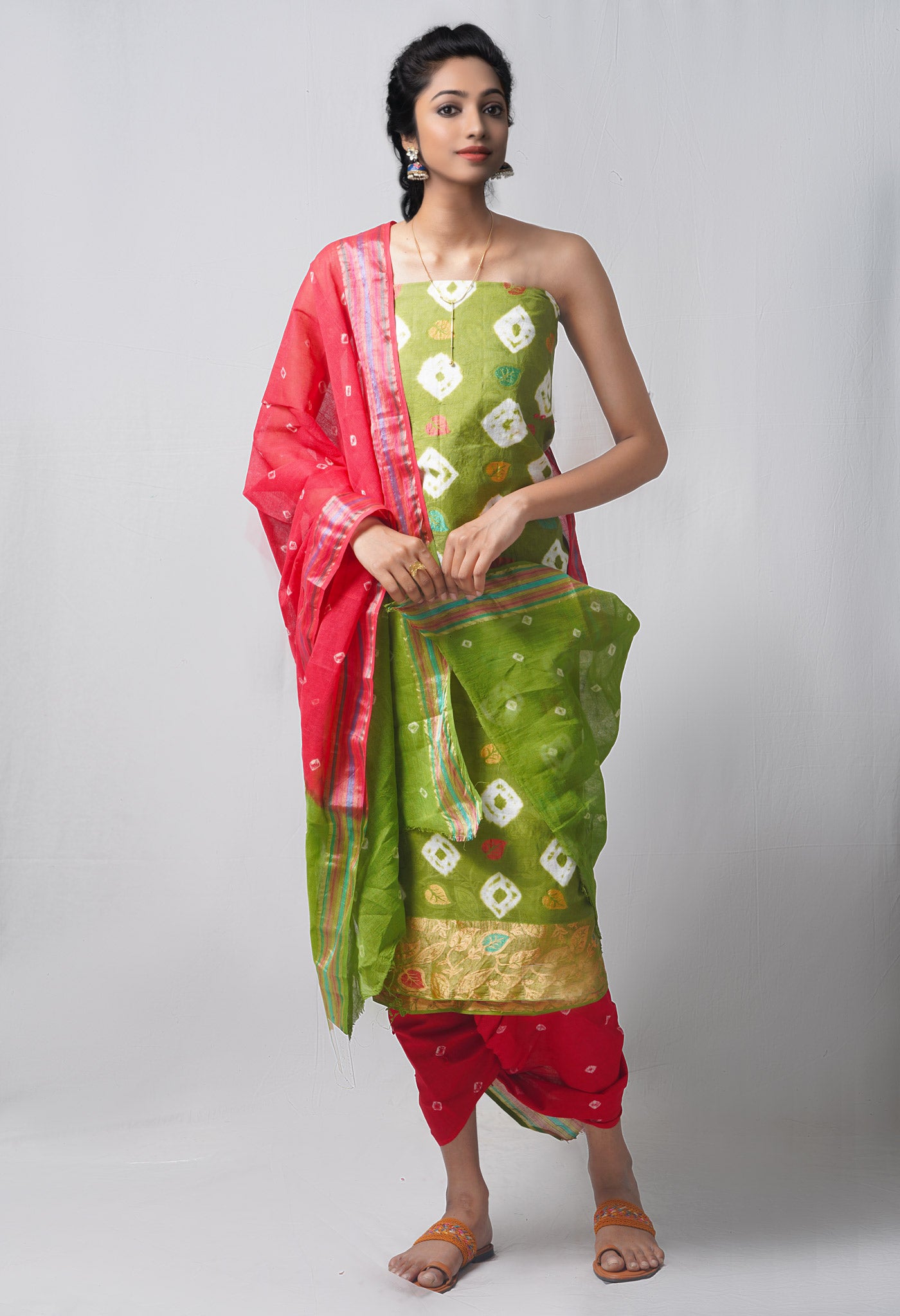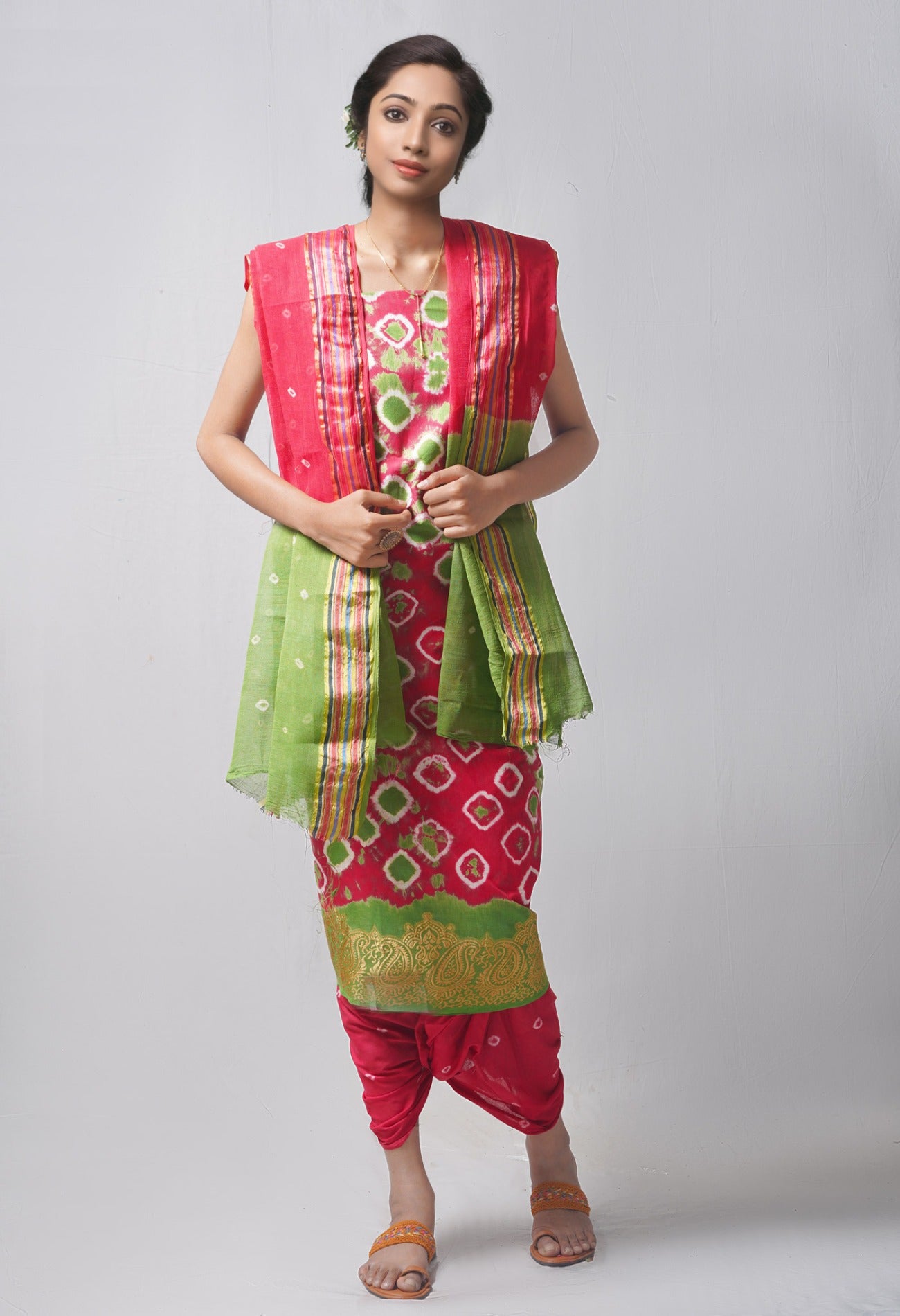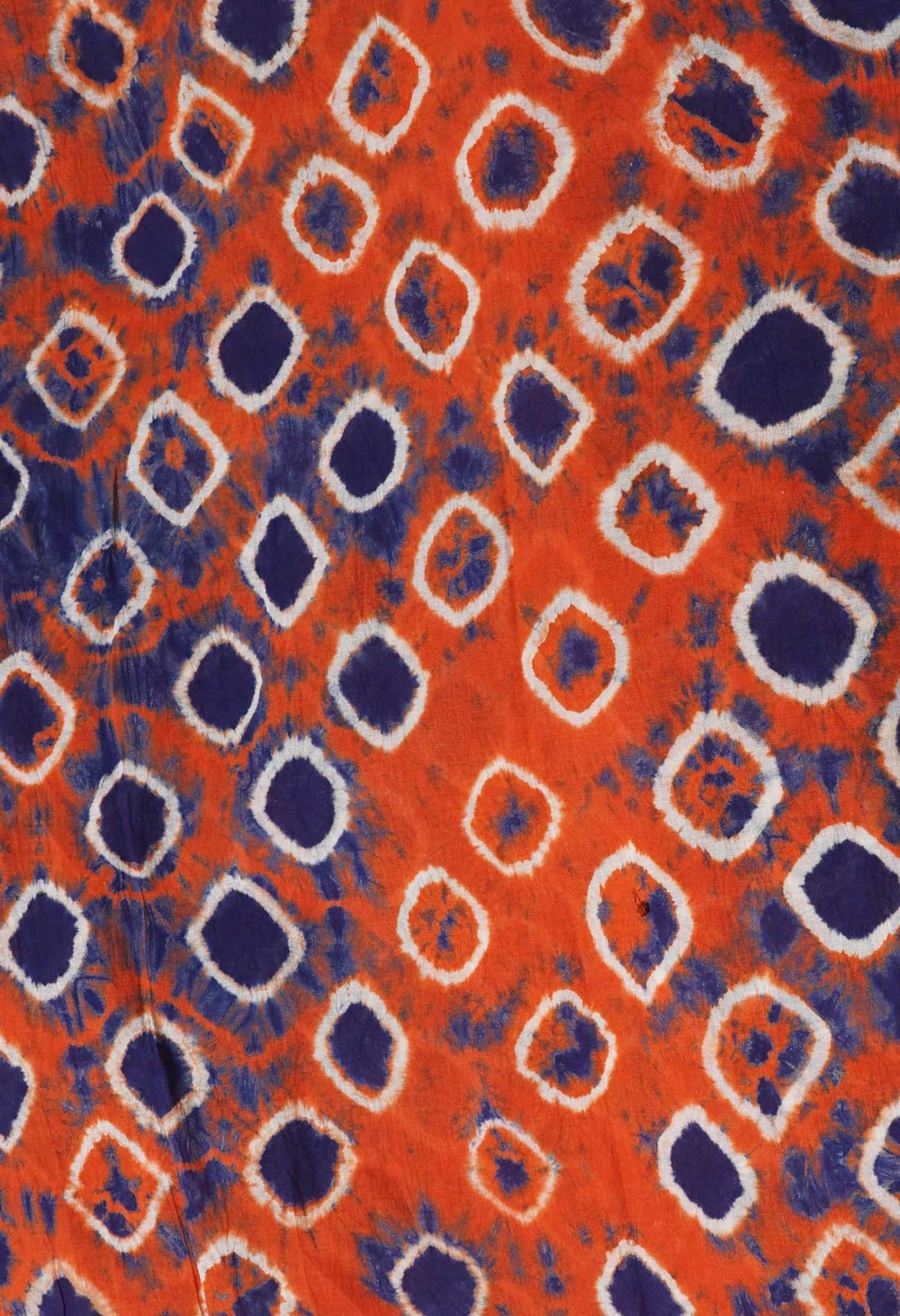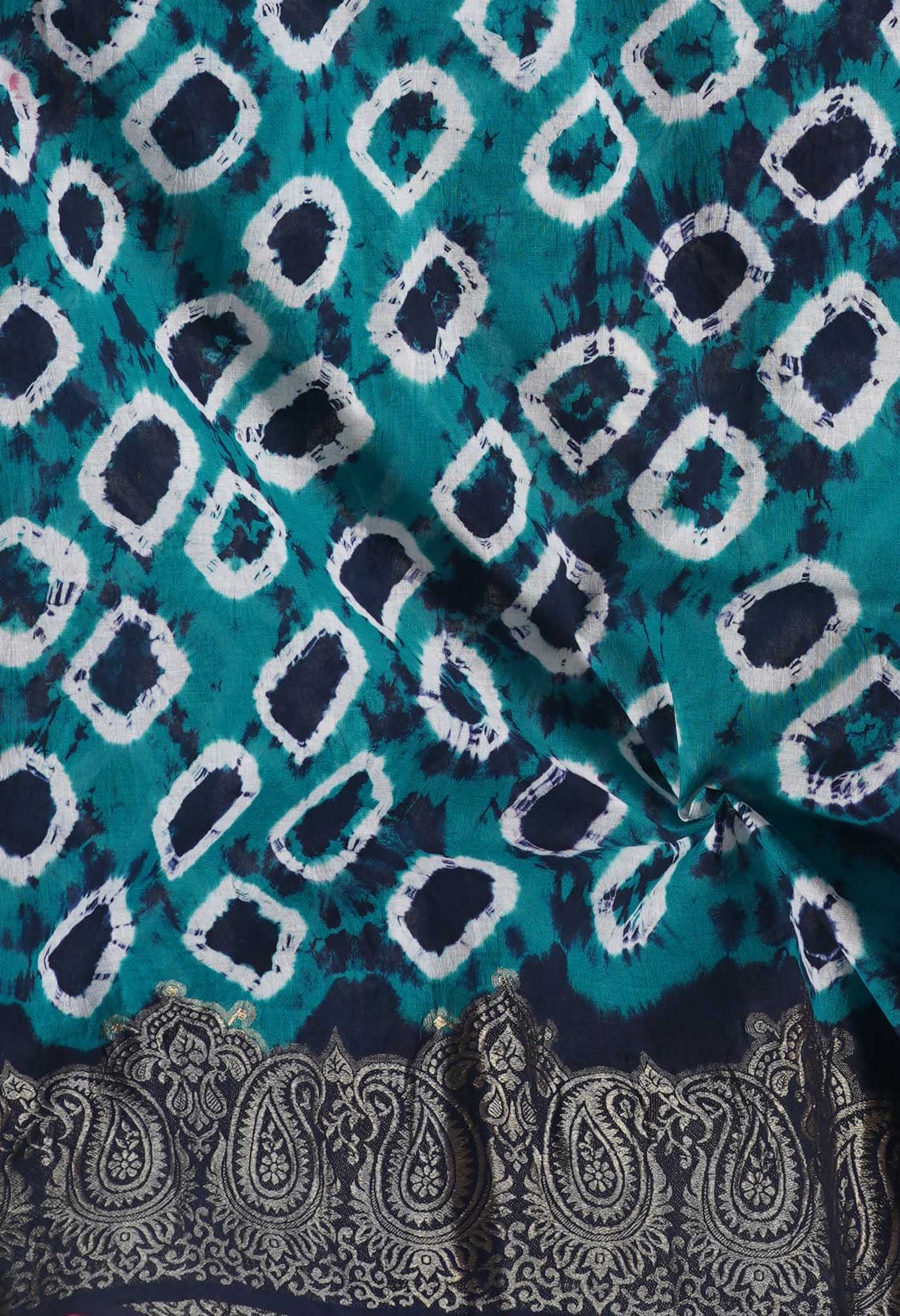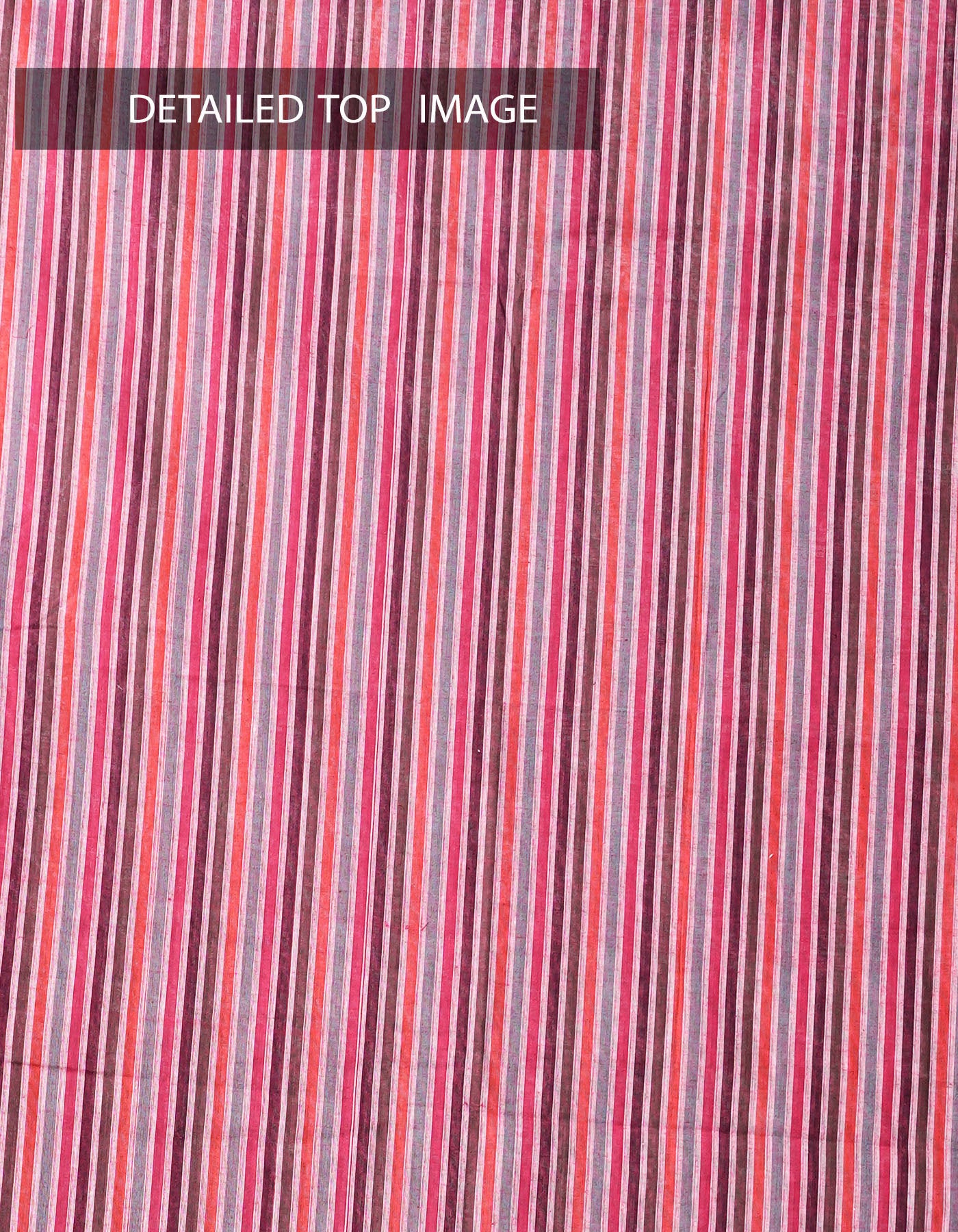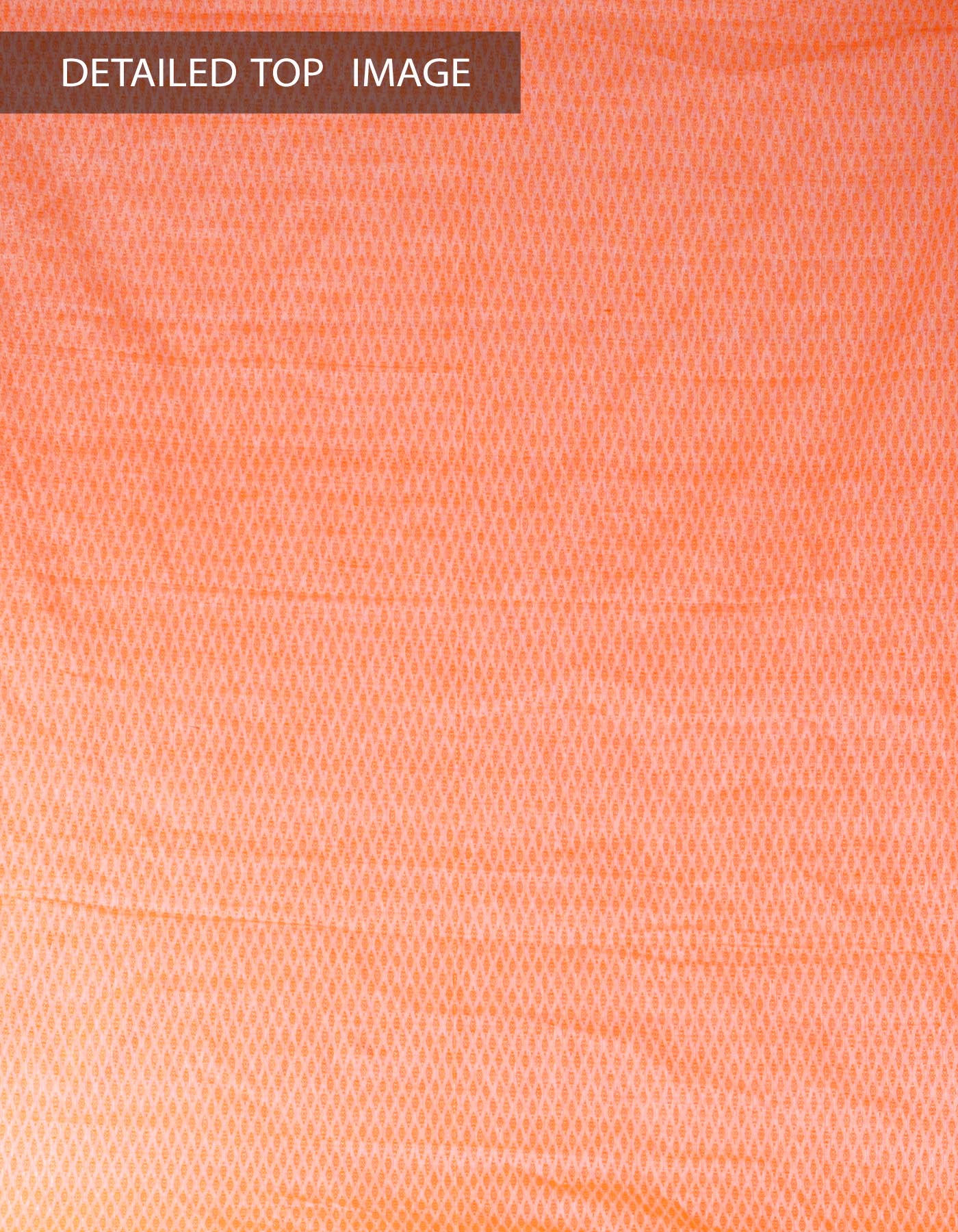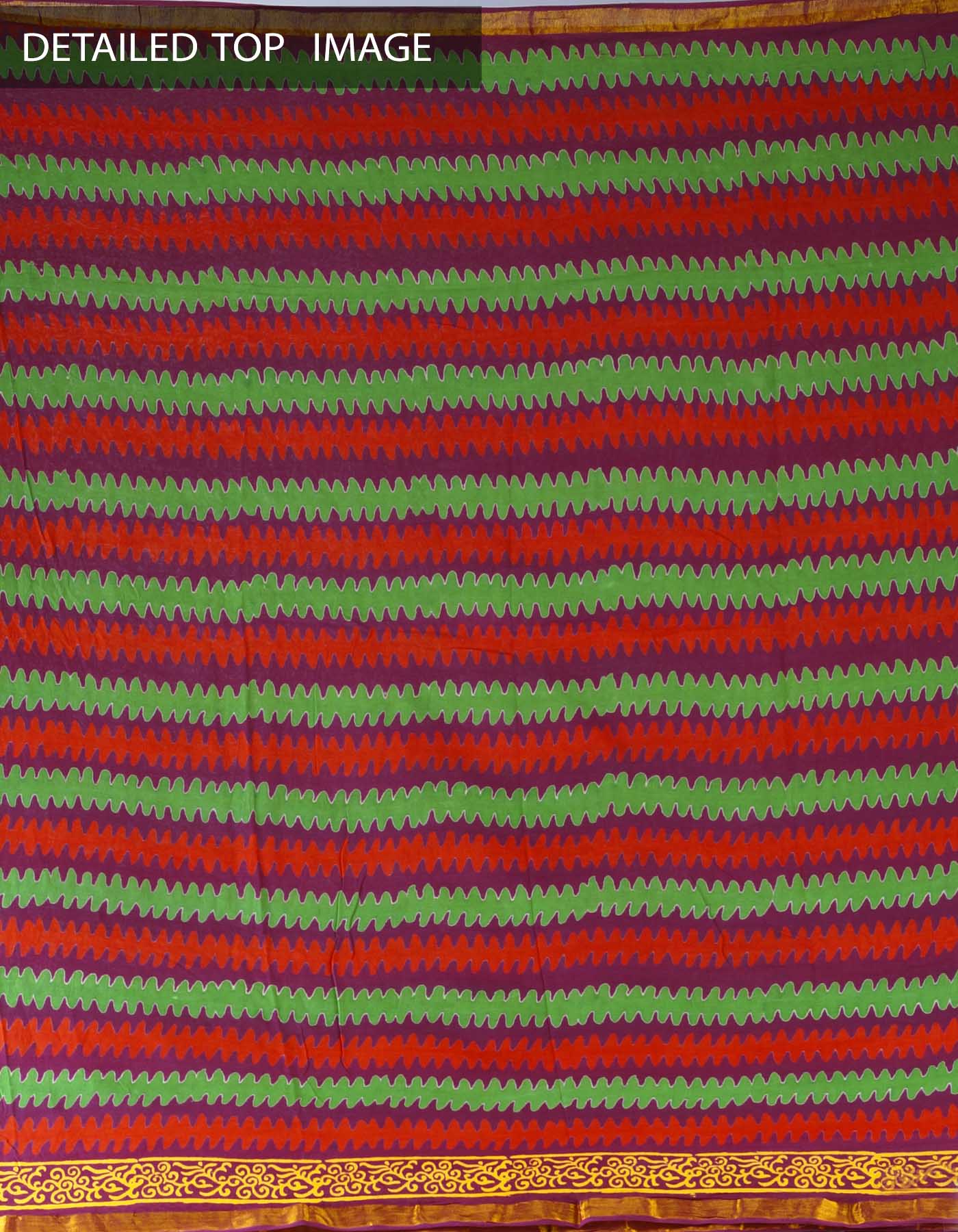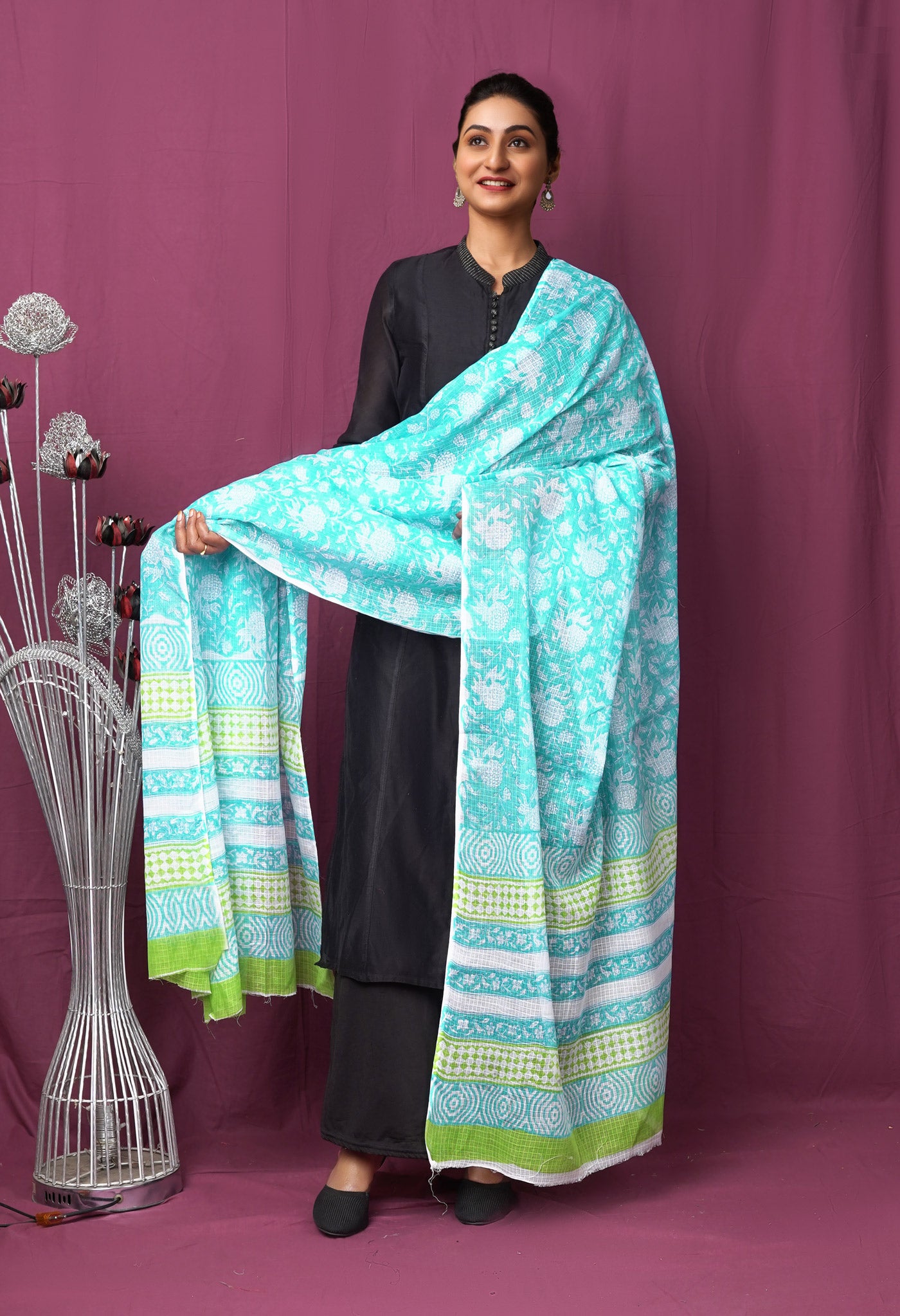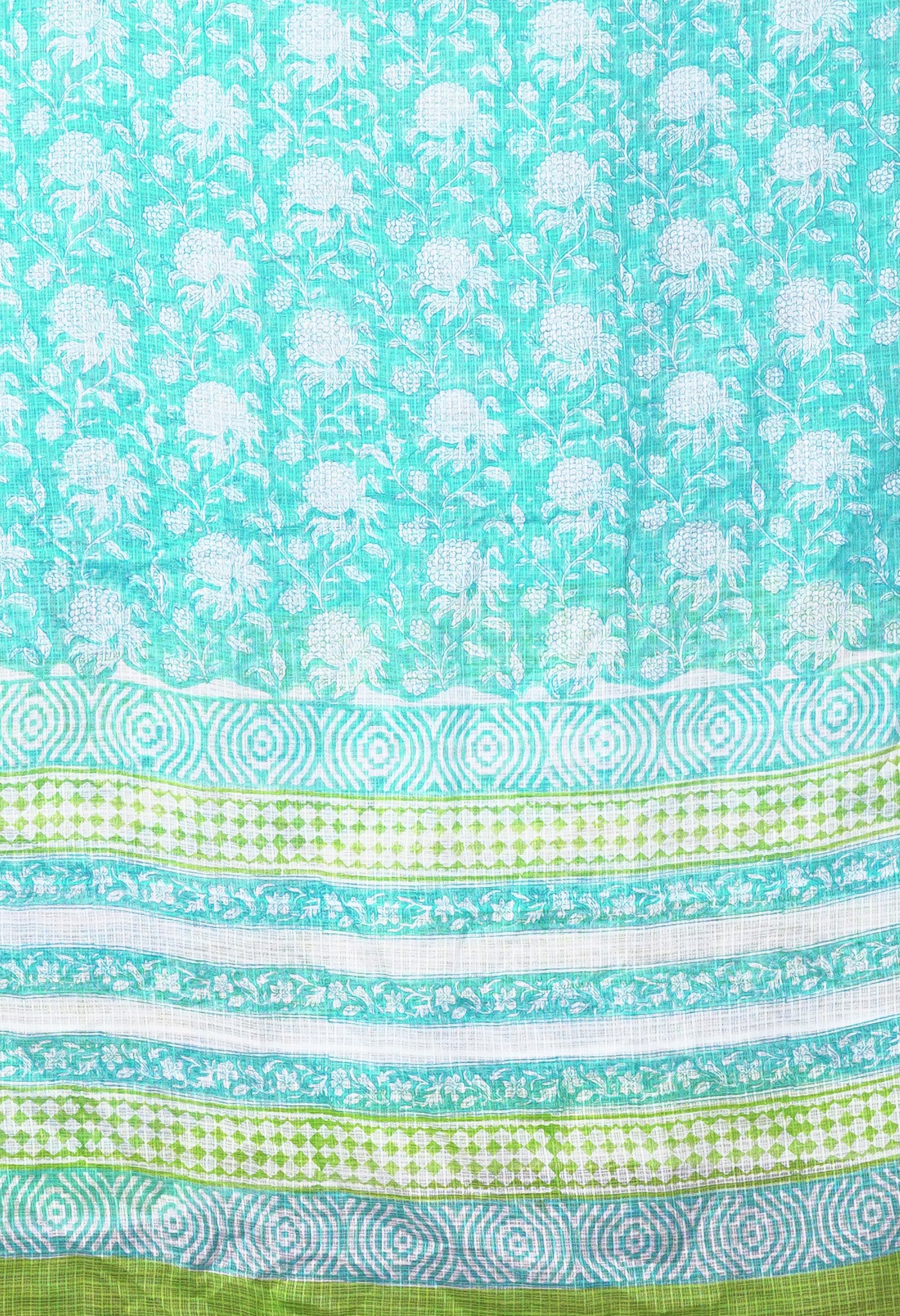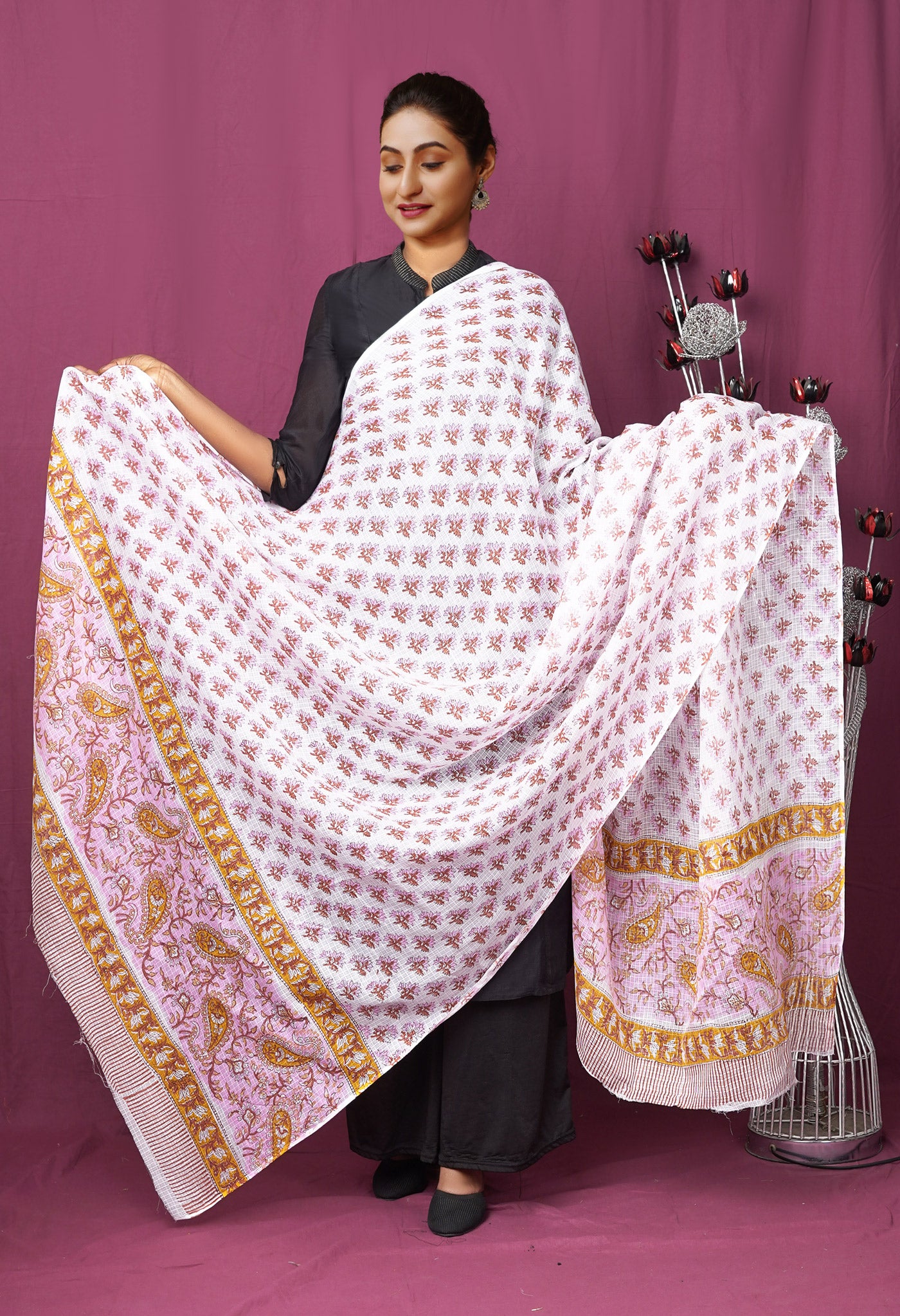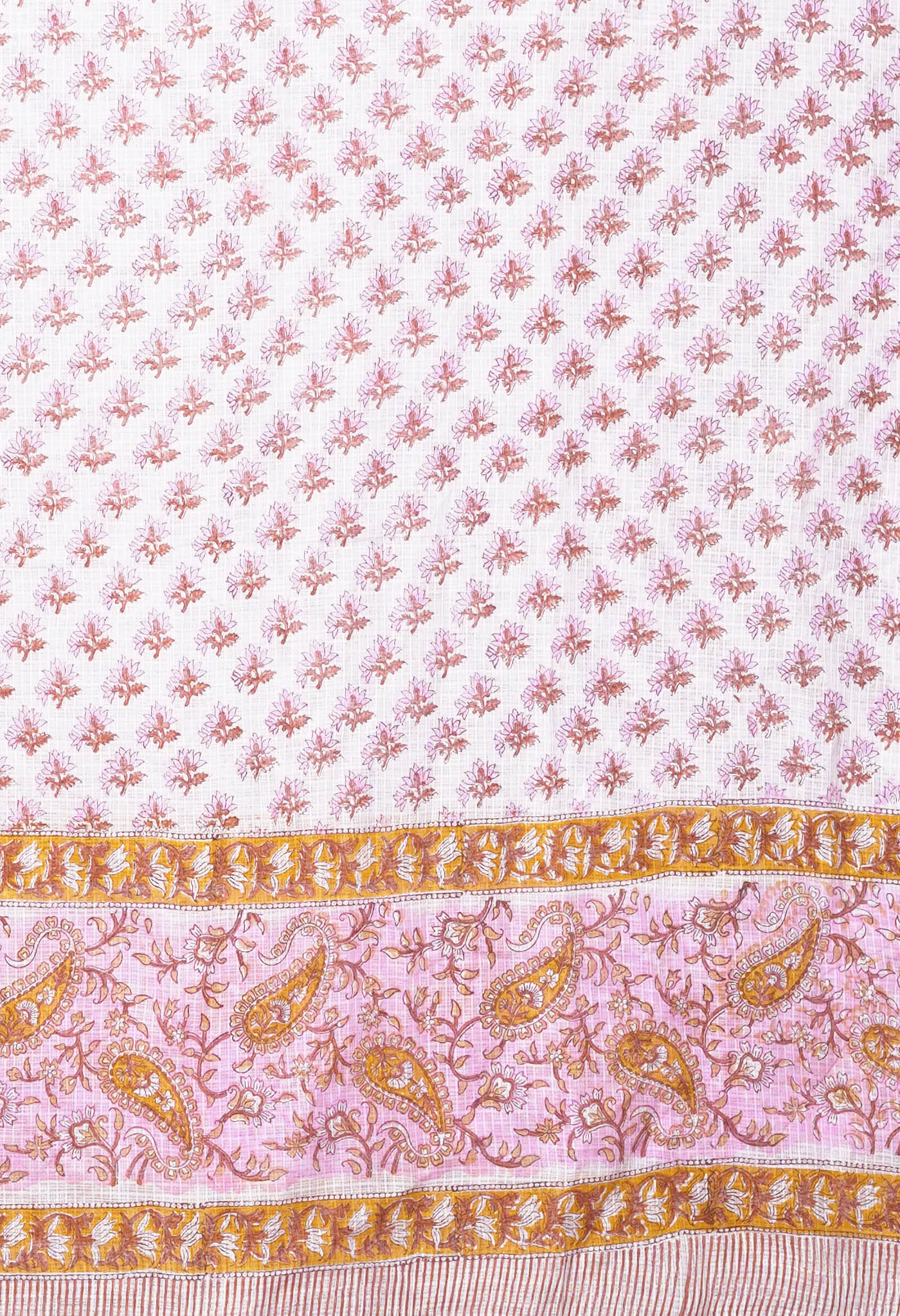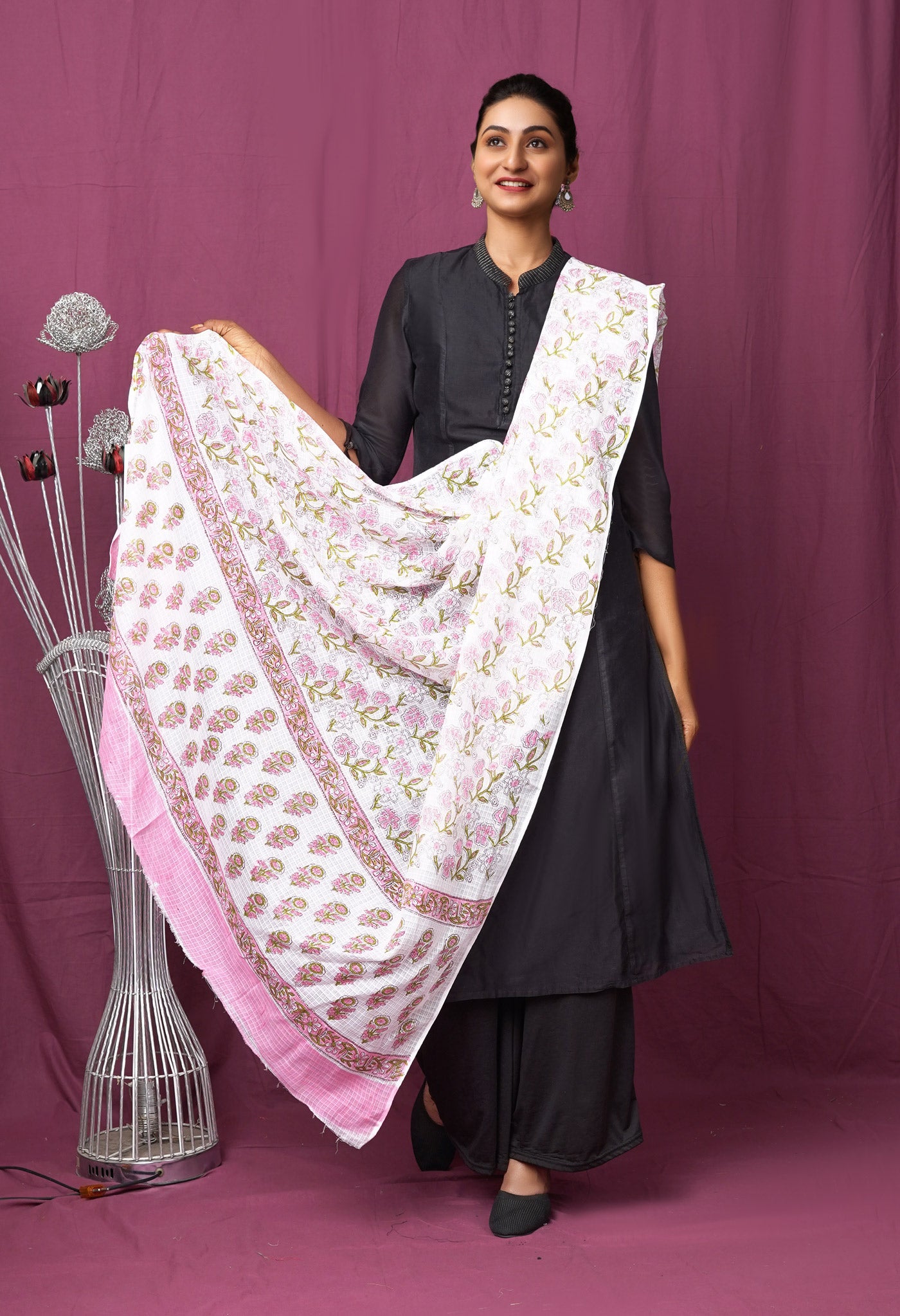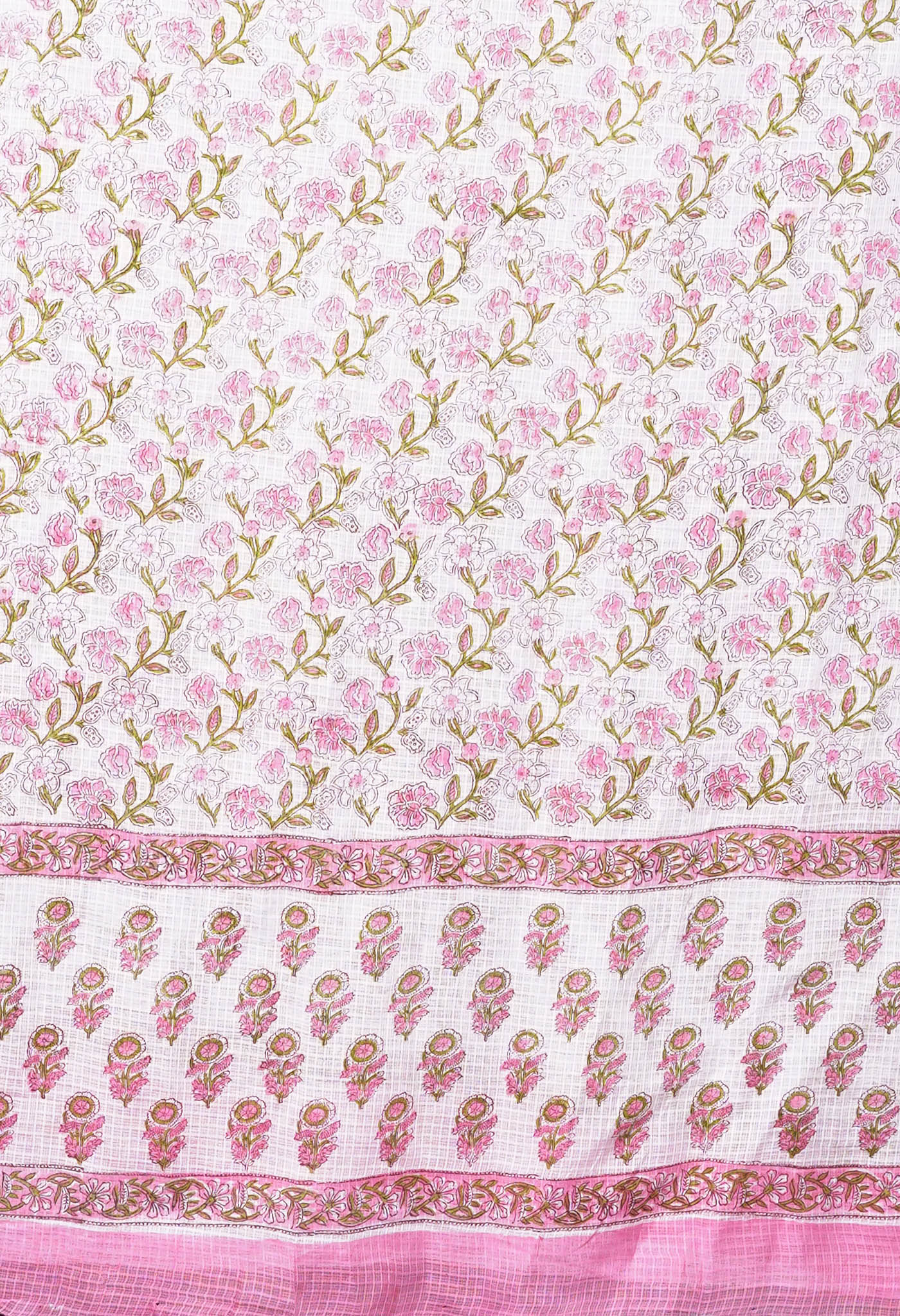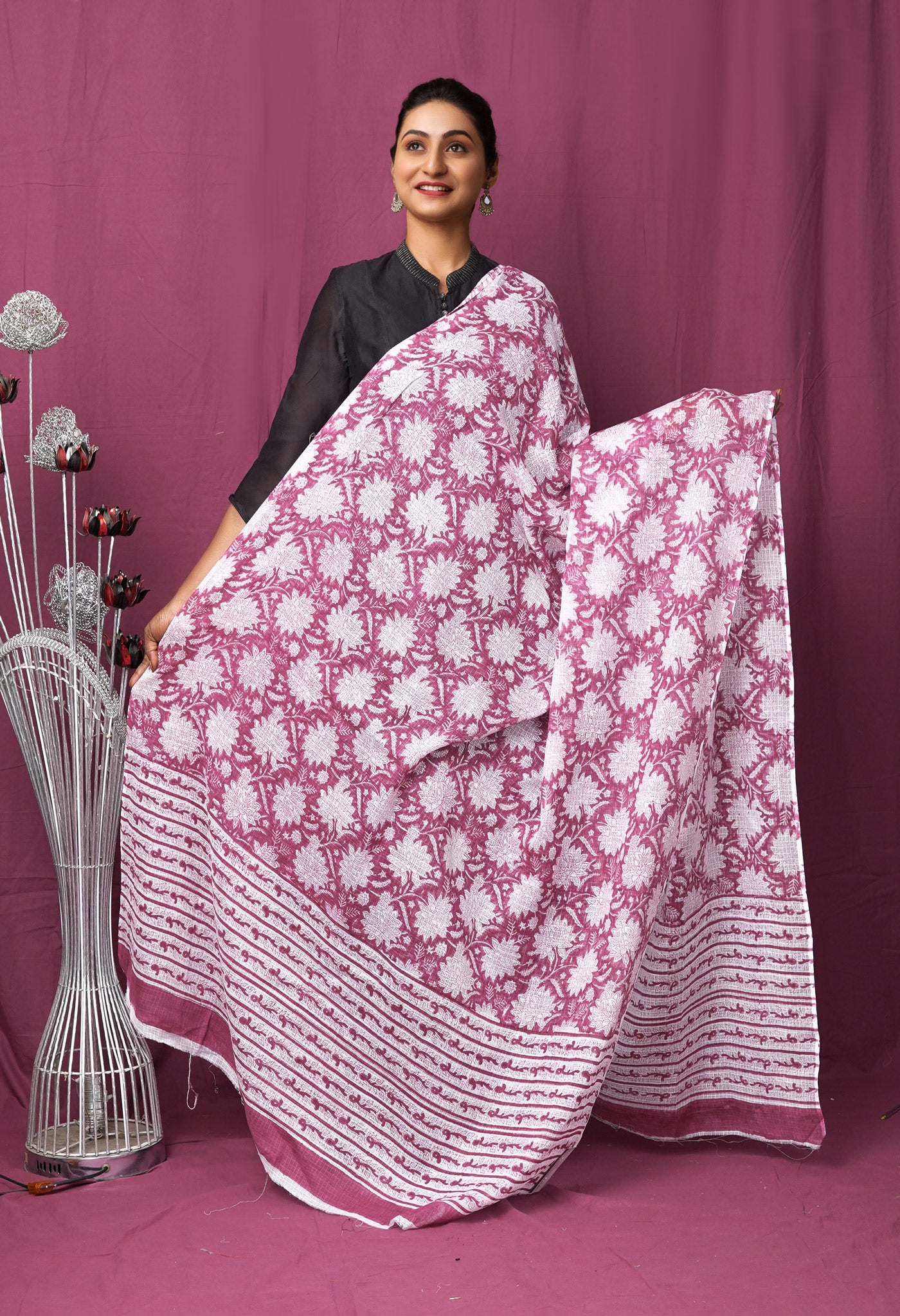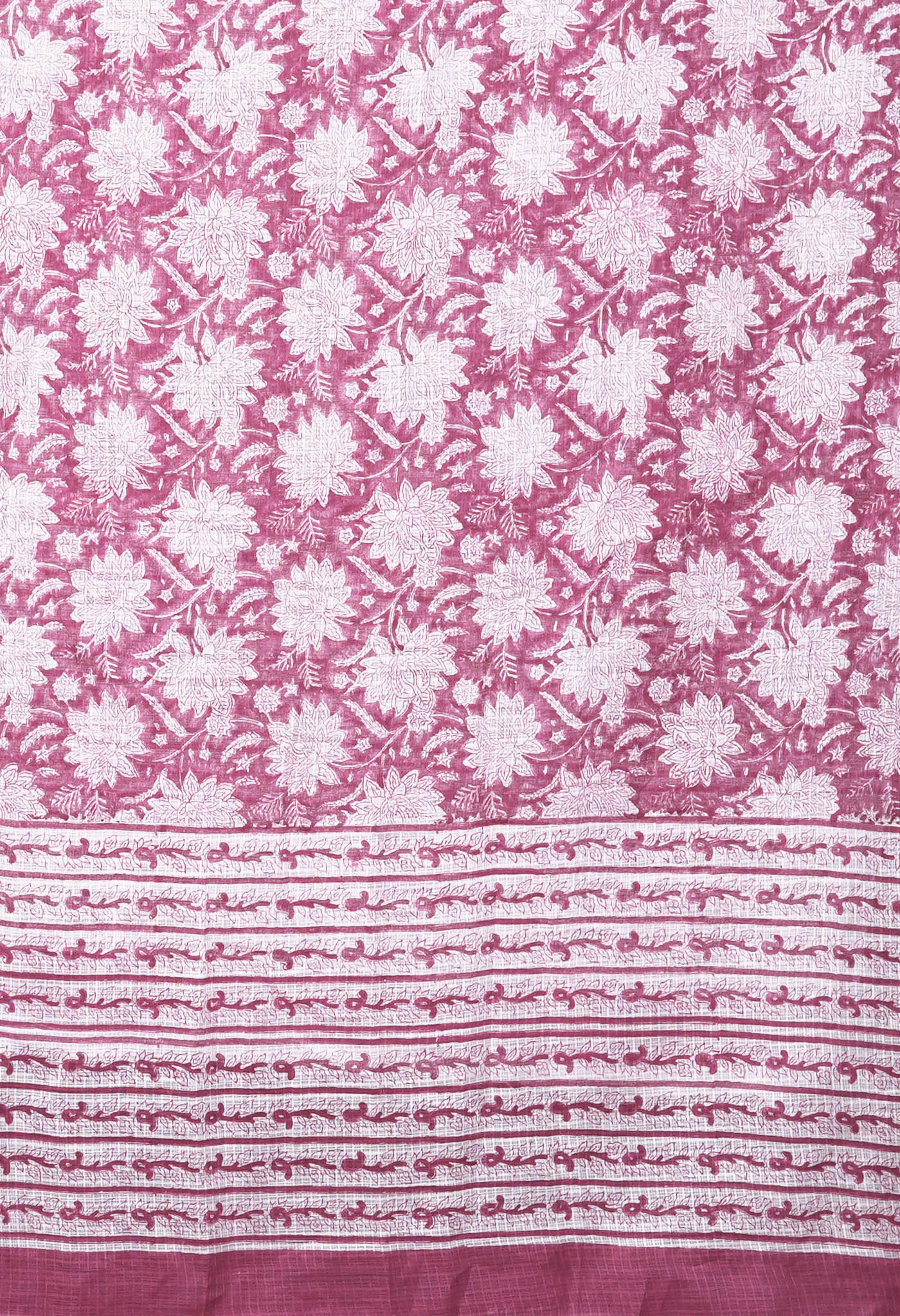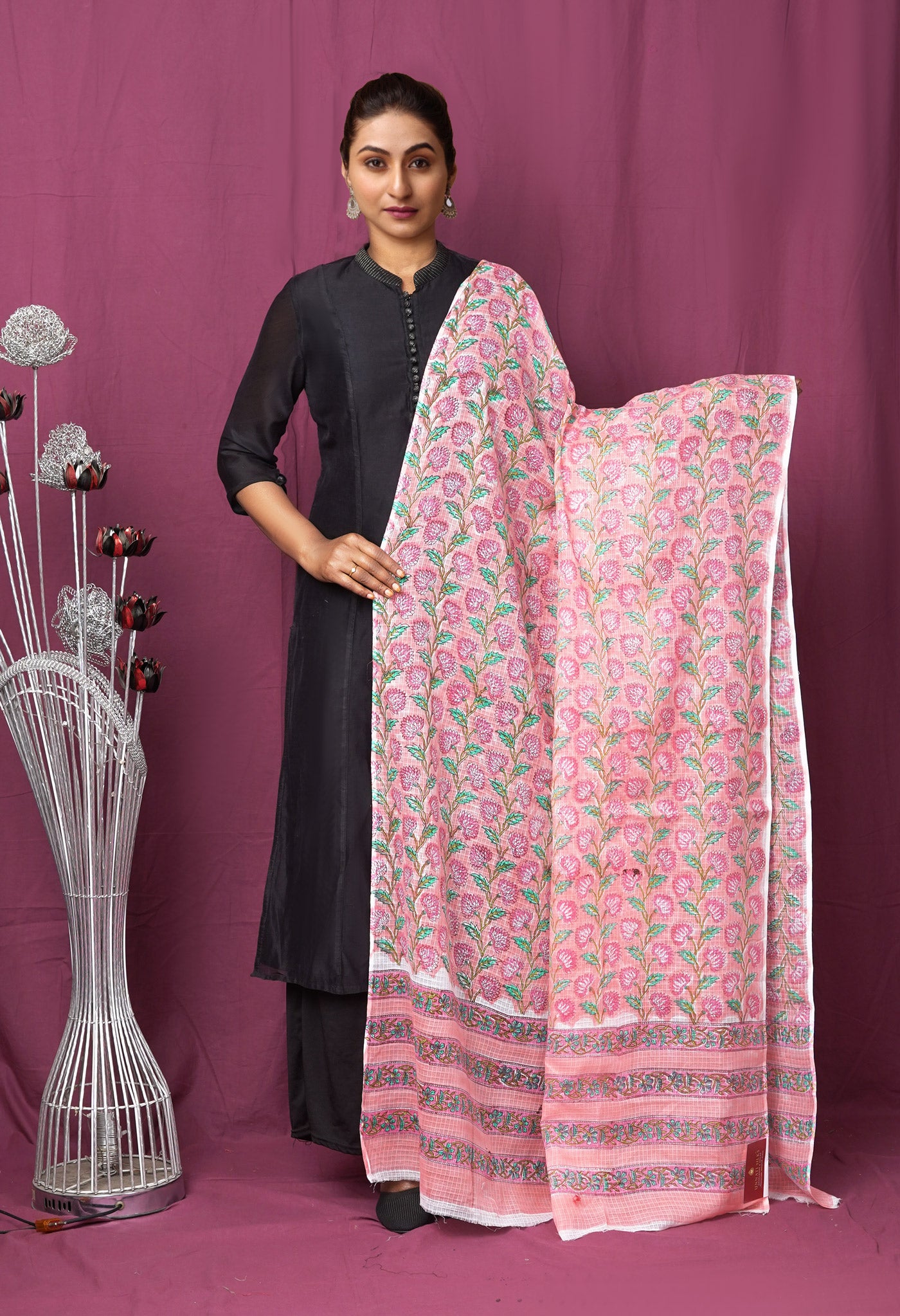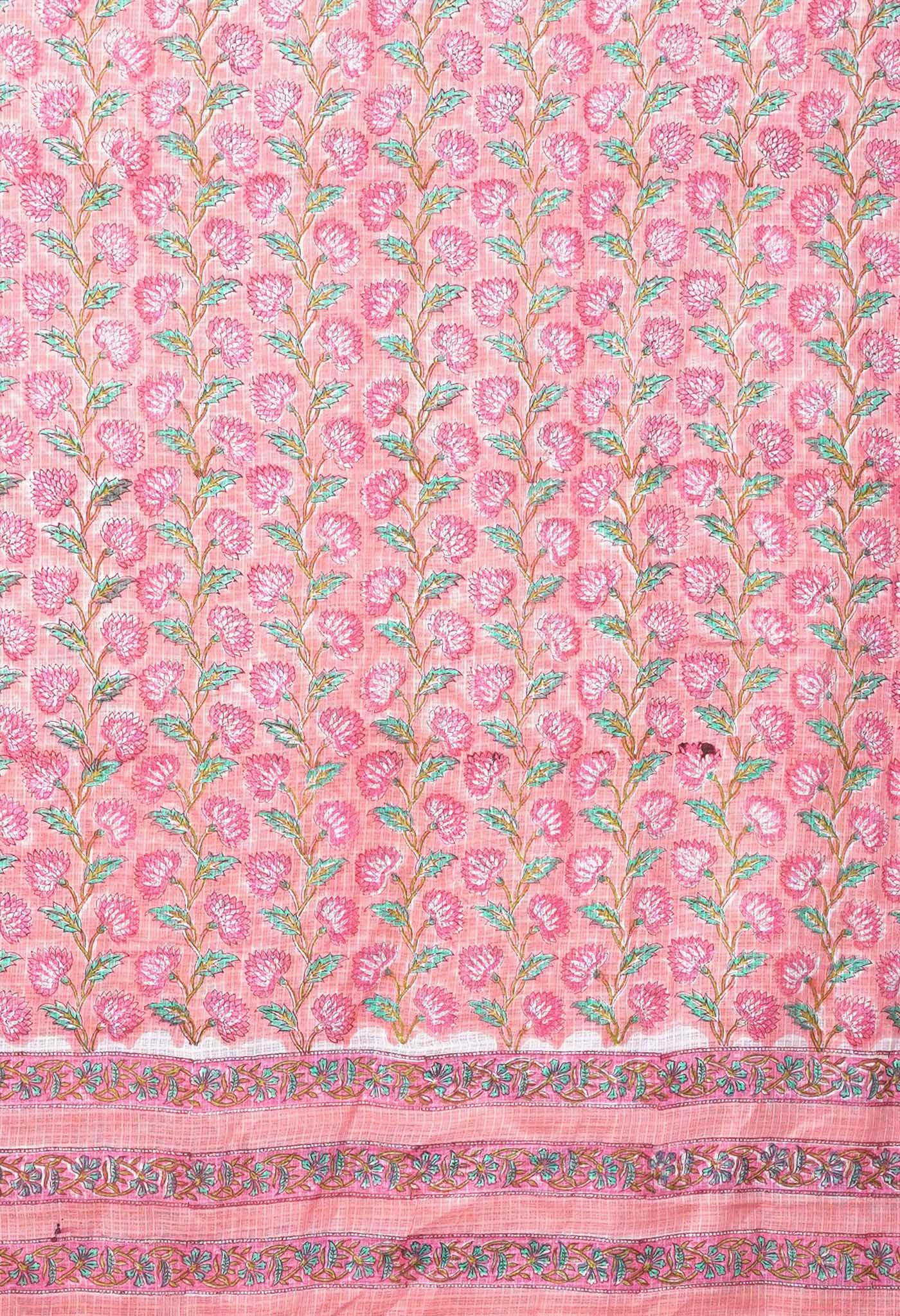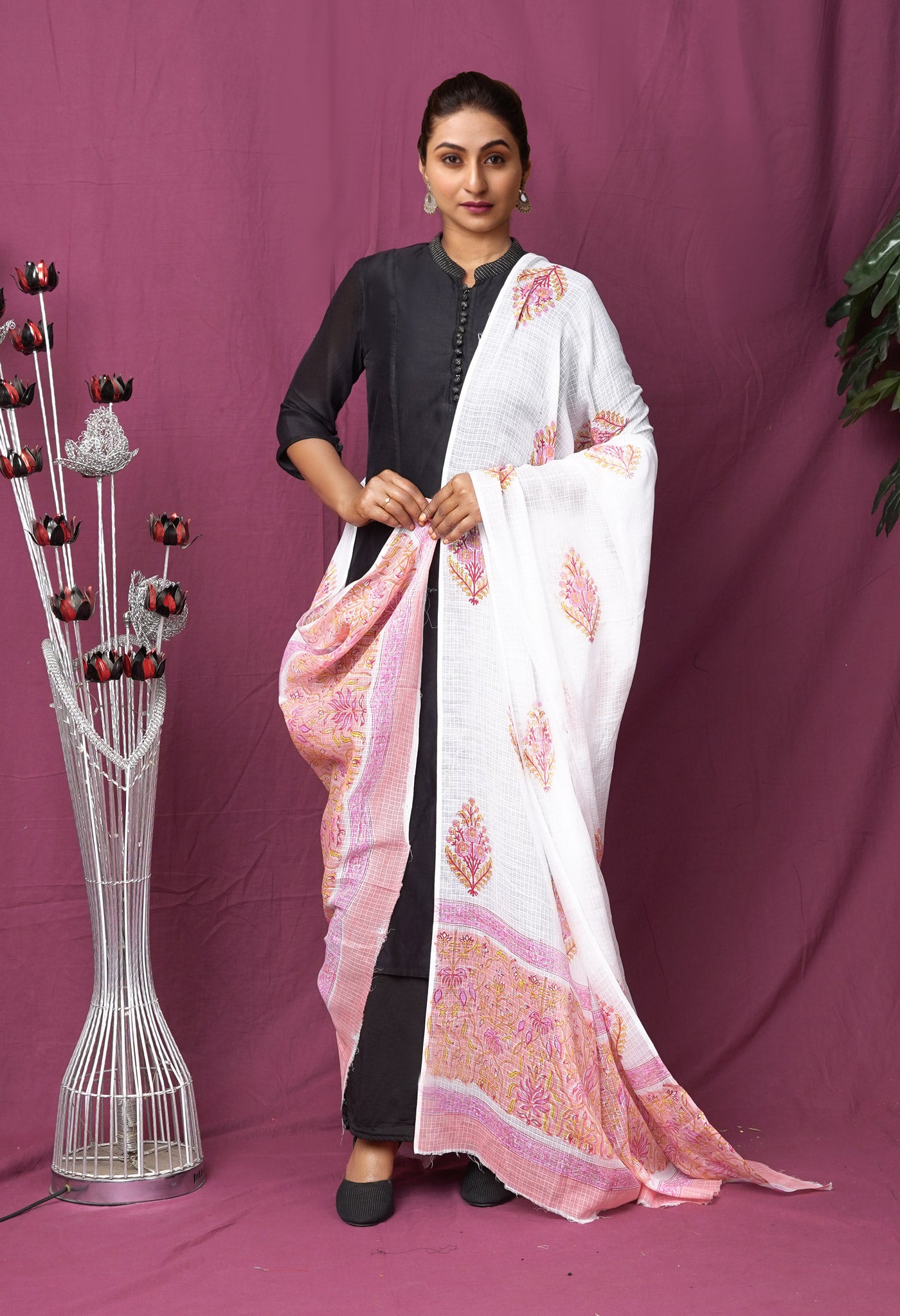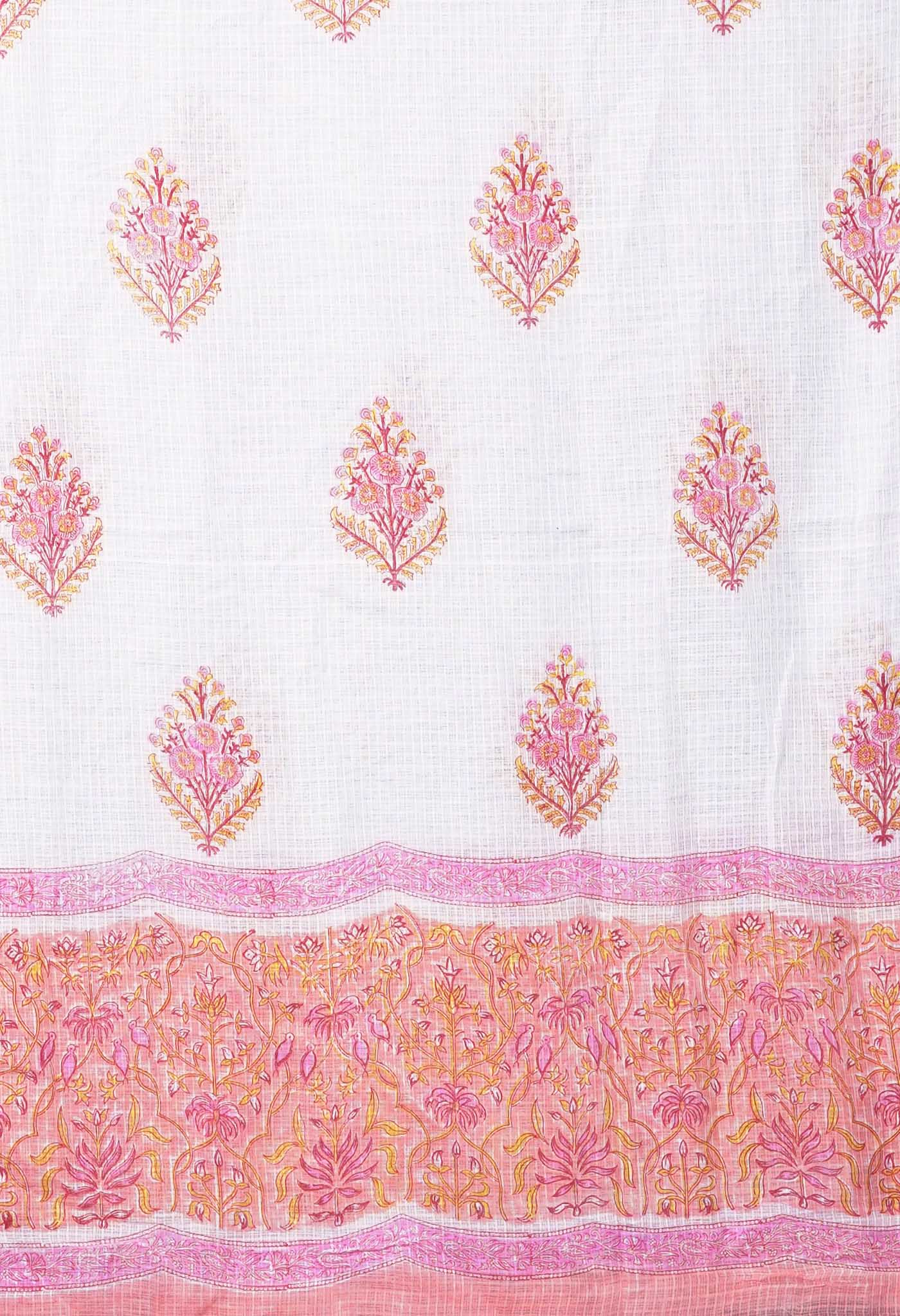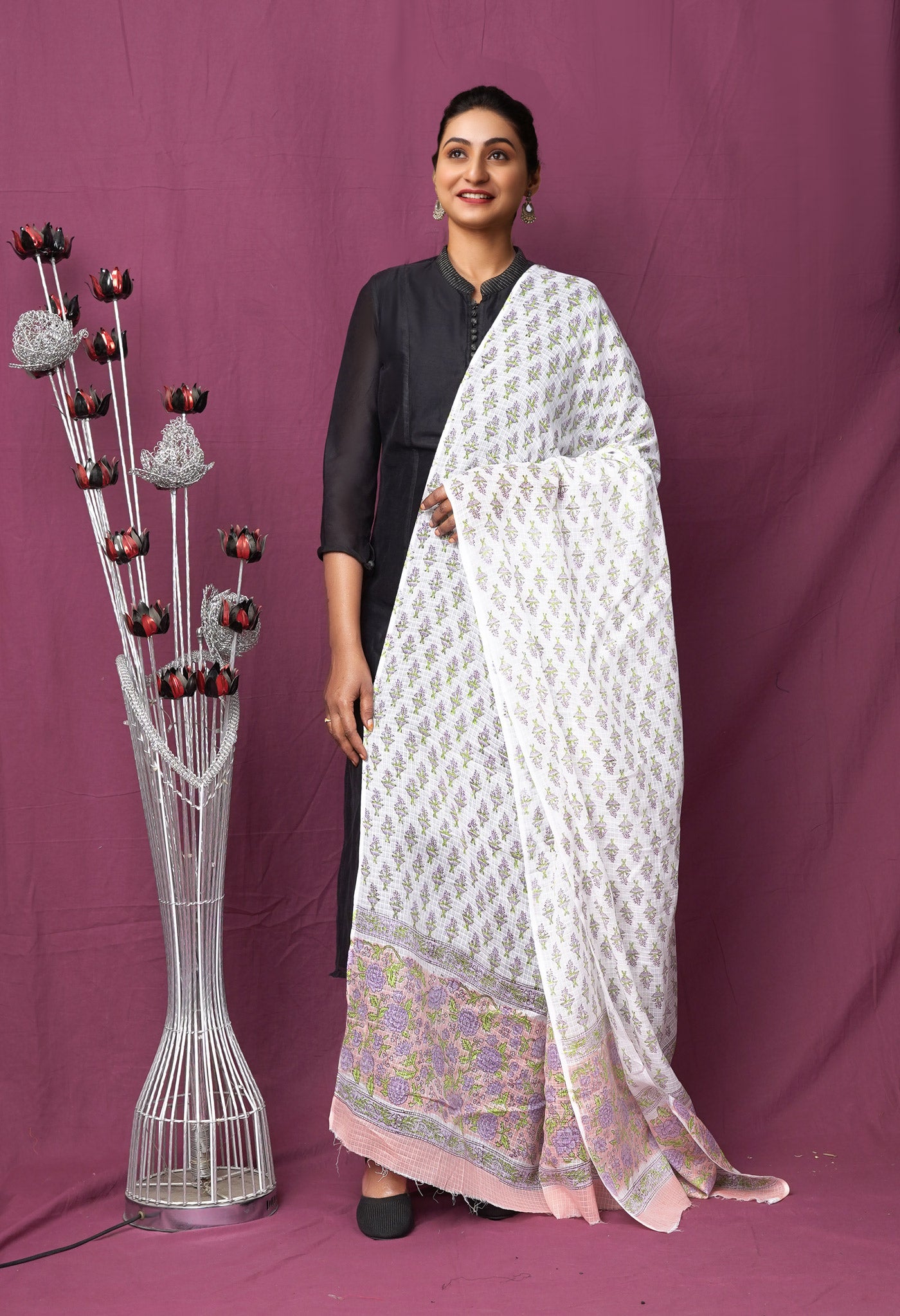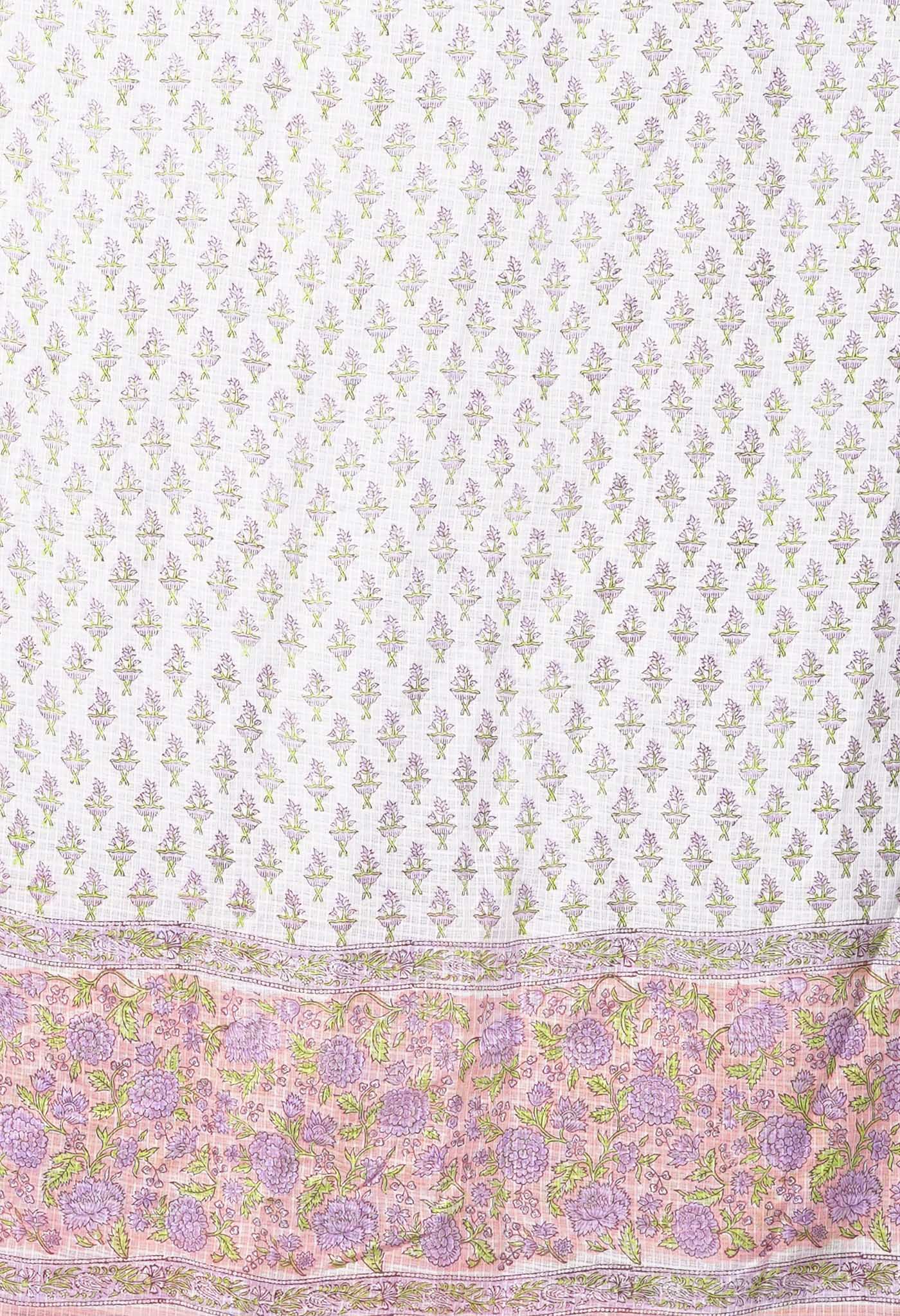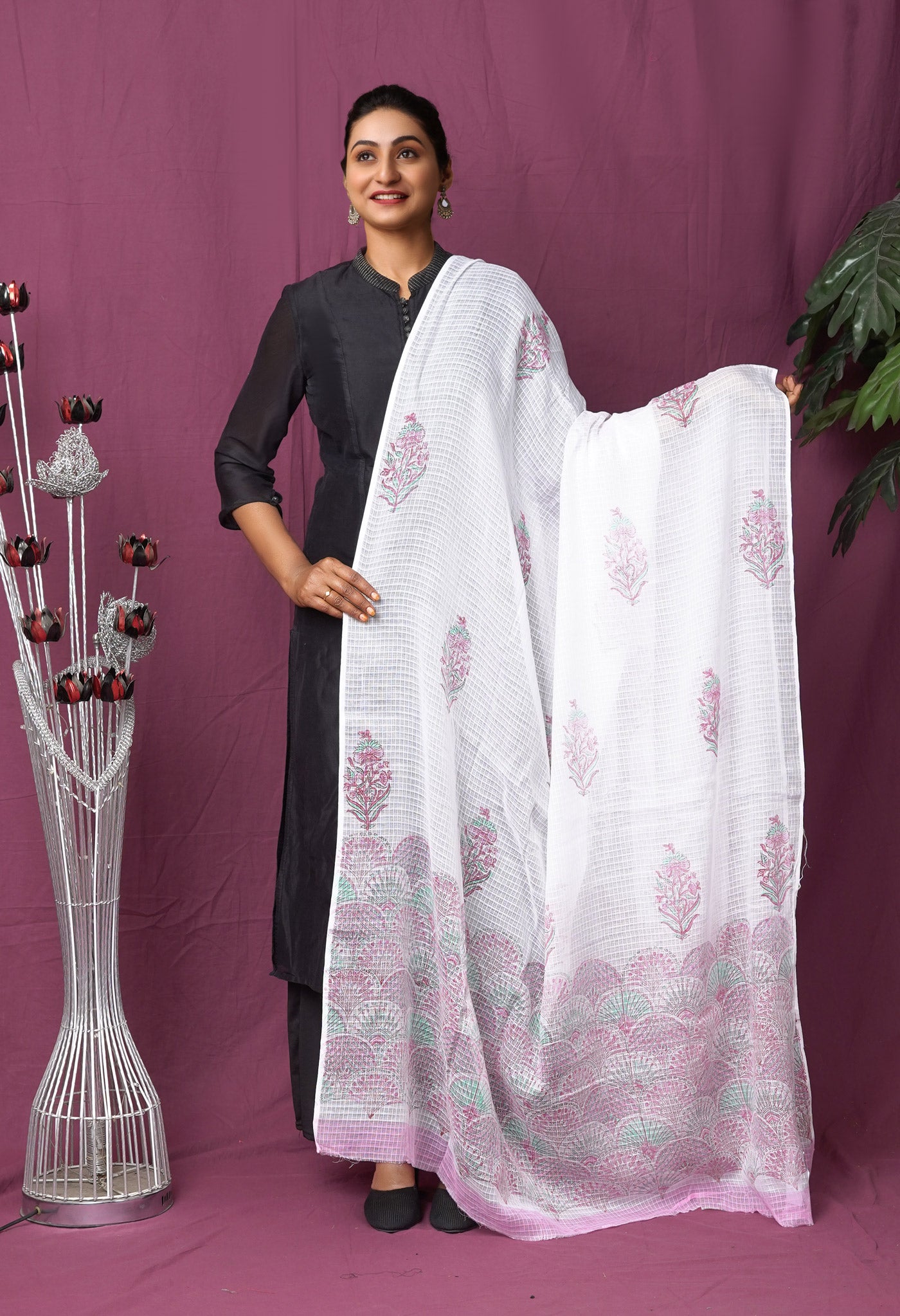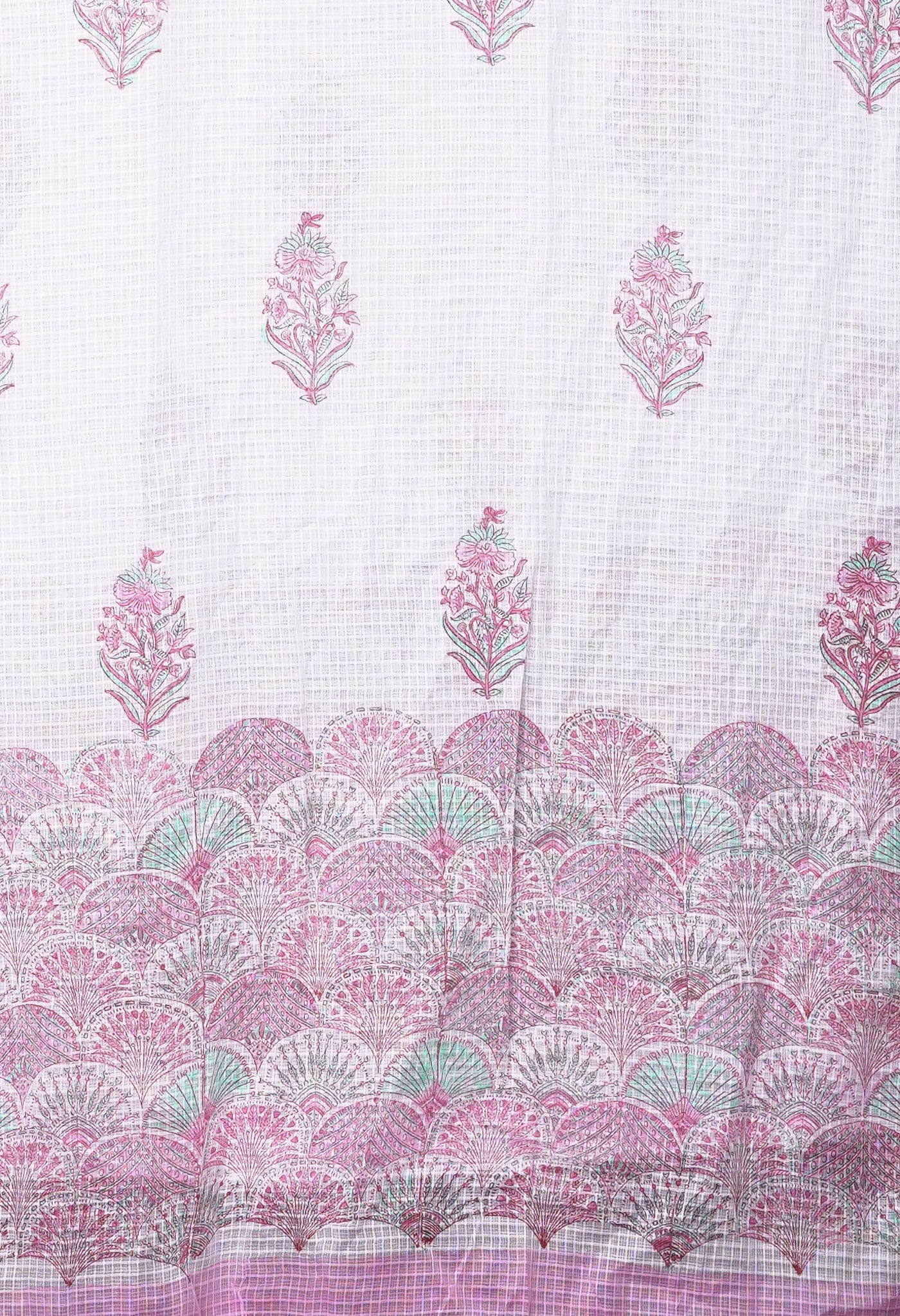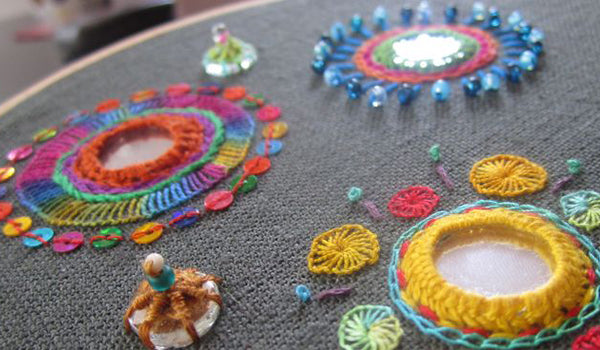
Mirror work on fabrics – 10 simple embroidery designs you could use
Who has seen mirror work on fabrics and not been enamoured by its variety? The shapes, the way they are fixed on the fabric, the manner of stitching, the color of threads used etc. are all part of a vast plan to beautify the fabrics they adorn.
Known as Shisheh (Persian) or Abhala Bharat embroidery the affixing of small mirrors or other reflecting metal in different shapes, on clothes or apparel, hangings, tapestries, and other uses on cloth involves creativity and slight effort in the execution.
How it is done
Mirrors are fixed to the fabric by placing the mirrors in the desired places and putting cross stitches over them in a pattern. The patterned stitches not only hold the mirrors in place but additionally contribute to the beauty of the saree as designs. Stitches that are made to hold the mirrors in place. This is what we shall now be exploring for now – exploring a variety of popular stitches. Some of the popular stitches known to be used on Indian fabrics are the chain stitch and herringbone stitch, though sometimes you could see the spot step stitch, satin stitch or the blanket stitch being used.

There is a special appeal to mirror work
Mirror work on sarees online lend them a sparkling appearance, enhances the look of plain sarees or those with dull appearance and if imaginatively used tend to heighten the appeal of designer fabrics. Innovative uses have been made like the subtle strategic positioning on the fabric as part of an intended design, where the mirror is used in specific shapes to lend more life-like quality to the fabric. For example, it could be Bindi on the forehead of a woman’s face, very shapely sparkling eyes of a face or the centre of a flower in a floral pattern.
It has been used effectively on a variety of fabrics like cotton, silk, chiffon, crepe, georgette and Supernet. The circular shape is most popular, though other shapes like square, triangular, or some other geometrical shape like polygon, hexagon, also figure in the designs and fixed to the fabric by placing the mirrors in the desired places and putting stitches over them in a pattern.

Check out these Mirror work embroidery designs.
1) Mirror anchoring stitch
This is essentially to attach the mirror to fabric, but by itself can also be considered a fancy embroidery design around your plain little mirror.
The method –
- 4 straight stitches are made along the four sides. 2 more stitches across the corners of the first four stitches to make the mirror more secure. One has to ensure the stitches you make do not end up along the edges since otherwise, the stitches will slip from the edges of the mirror.
- You will have to start from almost the middle of the mirror for the straight stitches to secure the mirror.
- The fear of the stitches along the face of the mirror could make it look ugly. Do Not worry! Other stitches later on will pull them away from the mirror surface.
- Inserting the needle under the stitches made start making blanket stitches. Since these stitches will be done over and around the framing stitches made in the beginning, gradually you will find that in the end the mirror would have cleared. Only the thread along the edge would remain.
- Some would like to try a store-bought mirror frame over the mirror and simply put the decorative stitches around it.

2) The mirror with Basque stitch
The method –
- Start making a frame for the mirror.
- Mark a circle around the mirror, so that uniform stitching can be done around the mirror.
- Alternatively one can use a ready-made frame for the mirror as well.
- Make the decorative basque stitch around the mirror along the mark you have made.
The Basque stitch
The Basque stitch is a hand embroidery stitch perfect for working lines, curves, flowers, and borders. You can think of the Basque stitch as a combination of twisted chain stitch and buttonhole stitch, upside down. It is also known as Twisted daisy border stitch. Traditionally, Basque stitch was done with a red thread over green fabric or white thread on a blue-green background.

A completed line of basque stitch will look like this.
3) The mirror with Fly stitch
Simple fly stitch made around your mirror is one of the simplest ways that you can embroider around a mirror.
The Fly Stitch
Fly stitch is a basic surface embroidery stitch that you can work singly, as a scattered filling, or in rows. You can also work it with some variations, making it useful for stitching different types of lines with cleaner and fewer stitches. Each fly stitch is composed of two stitches—a horizontal long stitch, which becomes a V, and a vertical tacking stitch.
Fly stitch is made by forming a horizontal loop and then pulling the loop and holding it down with the help of a small straight stitch. The stitch looks like the alphabets U or V secured with a small straight stitch. It is similar to a detached feather stitch and is very versatile. You can use it in a number of ways in your embroidery project; as grass stalks on a ground or as flying birds, as a cradle for small flowers, as border designs. This stitch does enhance your work in many ways.

4) The mirror with lazy daisy stitch
- Make a thread frame for the mirror. Mark a circle around your mirror and then do lazy daisy stitches along this circle.
- After the flower stitch is done, attach the mirror with glue and keep the frame on top and stitch in place with small stitches made with the same colored thread.
The Lazy Daisy stitch
Also known as: Detached chain stitch. This is often used to give petal designs and small floral patterns. It consists of a single loop of chain than the continuous pattern. Lazy daisy is one of the extremely easy stitches. This stitch need not be limited to just petals and leaves but can be used for more complicated designs too.
Lazy daisy stitch is a beautiful variation of the chain stitch. It is also known by the name detached chain stitch. This is single chain stitch which is secured by a straight stitch.Lazy daisy refers to the flower formed when many single chain stitches ( more than 4) are made around a point forming the petals.

5) Mirror with Threaded running stitch
To make this mirror work design, make running stitches around the mirror. Embroider thread through these circles to look like flower petals.
The Threaded Running Stitch
This stitch is made by first making a row of sunning stitch. Weave loose loops under the running stitches with same coloured thread or a contrasting colour without piercing the fabric.
Threaded stitches, also known as laced stitches, are a group of stitches characterised by a 'foundation’ stitch that is combined with a second thread.
The second thread is laced through the foundation stitch without entering the ground material and without going back on itself (contrary to the comparable interlaced stitches). The foundation stitch is normally applied first, in a long line, followed by the working of the secondary thread.

6) Mirror with Blanket Stitch
The method –
To make this mirror work embroidery design, one must anchor the mirror with straight stitches across the mirror as done earlier. Then blanket stitches are made around the mirror. This one is slightly different as one will be bringing the needle under the anchoring stitches and taking up some fabric around the mirror with the needle. The blanket stitches must be continued this way till one has a simple frame of blanket stitch around the mirror. For a bigger work design, more layers of blanket stitches are made.
The Blanket Stitch
This stitch is simple and easy. Called blanket stitch, traditionally it has been used to stitch the edges of blankets. It not only gives the blanket edges a nice look but also secures it. This stitch is now used in many other crafting projects as well. This is one of the most sought after stitches.
Blanket stitch is often confused with the buttonhole stitch. In fact it should be said that blanket stitch and buttonhole stitch are often considered to be the same though they are not.
While both stitches are used to secure edges, buttonhole stitch is a sturdier stitch to secure edges of buttonholes. So, traditionally, tailors would use the buttonhole stitch to hand sew the edges of buttonholes.

7) Mirror with Woven frame
Method –
Make straight stitches around the mirror. Weave thread through these straight stitches, with under over motion. Use the back of the needle to weave so that it is easy.
8) Mirror with Pointed petal frame
Being another branch of Chain Stitch, this stitch is named Petal Chain Stitch because the completed work looks like small petals. It can be done from any direction, right to left or left to right. It looks amazing as borders. Petal Chain stitch involves Lazy Daisy Stitch.
The method –
Bring the needle out through A. Take the needle ‘backwards’ to put it in through B and bring it out through C. The point C lies half way between A and B. Also note that C lies below the stitch A-B.
Now, take the needle in through C again to bring it out from D, but don’t pull out the needle completely. The point D lies straight below C.
Loop the thread around the needle from left to right.
Pull out the needle to tighten the loop. Finish up with the first petal chain stitch by putting in the needle just outside the loop, near the point D, as you would in a lazy daisy stitch. Bring out the needle again through E.
Now, take the needle in through the earlier stitch point C to bring it out through A. Note that this time, A lies half way through the stitch E-C.
Continue the procedure to make more petal chain stitches.
A finished pattern with petal chain stitch would look like this.
9) Mirror with Pistil stitch frame
Basically, the Pistil stitch also known as Long French knot is a French knot done with a leg. This is a decorative stitch. We can also say it is a motif stitch which can be used for the purpose of making flower pistils or similar looking patterns. There is not much hassle in doing the pistil stitch and is just a variation of the French knot.
Bring the needle out through the fabric, say, from point A. Place the needle near A to the point where you want to put in the needle. Wrap the thread around the needle twice as shown.
Keep the longer end of the thread pulled with the other hand, as you would while doing the french knot. This keeps the wrap securely held to the needle. Put the needle in through the other end, say point B. You will finish one pistil stitch.
This is how a small gathering of pistil stich will look like.

10) Beading stitches
Some simple tips for successful bead work on fabric
- It is better to use nylon or silk beading thread for bead embroidery. Cotton thread is prone to breakage especially when in contact with sharp edges of some beads
- Double the thread on the needle when doing beads work for strength and durability.
- Apply beeswax on thread to make it stronger and less breakage prone and prevent knots
- Use fine needles for bead embroidery. The needle should easily slip in and out of beads. Use very fine size 28 tapestry needle or ask for beading needles
- Choosing the colour of thread – If you cannot get the exact coloured thread as that of the beads, do not settle for too light or too dark; get thread in the colour of the fabric on which you are embroidering. You can experiment with colours if you are using transparent beads
- Do not forget to interface the fabric back if you are doing a big design to prevent sagging
- Maintain even tension always without pulling too tight or leave thread too loose.
- Beads spaced too far apart, Beads bulging up because of less space, fabric puckering under the bead embroidery are some common problems which can mar beads embroidery.
Simply attach the mirror with a ready-made frame and stitch beads around. It is an easy mirror work embroidery design
There are various stitches that could be employed for affixing the beads on the fabric – beaded back stitch, beaded couching stitch, beaded chain stitch, beaded tent stitch, beaded cross stitch, beaded open cretan stitch, beaded Fly Stitch, beaded extended Fly stitch, beaded Feather Stitch and many others.

The most basic way of stitching beads on to fabric and the most commonly used. You can do this stitch with beads of any number, but the commonly used numbers are 3 and 6.
Interesting facts regarding mirror work
- Shisha embroidery can be traced back to Iran in the 17th It was brought to India during the Mughal Rule. One of the Mughal queens is said to have encouraged the art.
- It originally started with the decorating of fabrics through reflective metal pieces such as Mica, Tin or Silver. Over a period of time, the use of glass pieces came into use. Thin bubbles of glass were blown for this purpose and then broken into small pieces. Current times have machine made glass with silver coating on the back, cut into desired shapes and sizes, and readily available at shops for fabric ornamentation. Sometimes Mica or hand-blown glass, are used as substitutes.
- Mirror embroidery is popular in South Asian countries particularly India, Pakistan, Aghanistan and China. Initially practised only in Gujarat and Rajasthan, it is today an art seen in most parts of the country.
- Traditional belief of the evil eye being warded off, through the deflection of the evil gaze from the wearer’s body, was also partly responsible for the popularity of mirror work fabrics in certain regions.
Let us then explore simple embroidery designs as a do-it-yourself exercise that would not only decorate our fabrics but could also be stretching the imagination to include bags, purses, skirts, cushion covers, curtains, even shoes for that matter.
 [/vc_column_text][vc_btn title="Shop Online Beautiful Embroidery Sarees" color="warning" align="center" link="url:https%3A%2F%2Fwww.unnatisilks.com%2Fsarees-online%2Fby-work-sarees%2Fembroidery-work-design-sarees.html||target:%20_blank"][/vc_column][/vc_row]
[/vc_column_text][vc_btn title="Shop Online Beautiful Embroidery Sarees" color="warning" align="center" link="url:https%3A%2F%2Fwww.unnatisilks.com%2Fsarees-online%2Fby-work-sarees%2Fembroidery-work-design-sarees.html||target:%20_blank"][/vc_column][/vc_row]
